Living with a rabbit means falling in love with their twitchy noses, quiet curiosity, and even their zoomies across the living room floor. But it also means facing the not-so-cute side of pet ownership: the accidents. Rabbit urine, in particular, can leave behind stains and smells that feel like they're impossible to get rid of.
Click Here For a Guide to Creating the Ideal Litter Box.

No one wants their house to smell like a pet store, and when a friend wrinkles their nose walking through your door, it's easy to feel self-conscious. The good news? Rabbit urine cleanup doesn't have to be complicated, expensive, or frustrating. In fact, with a few basic tools and a clear plan, you can clean it up quickly and keep your home smelling fresh.

Let's walk through how to handle the mess, save your carpet, protect your floors, and keep your bunny's space clean and healthy.
Understanding the Nature of Rabbit Urine
Unlike dog or cat urine, rabbit urine contains a higher amount of calcium, which sometimes causes a white or chalky residue. It also has a strong ammonia scent. That smell gets more intense the longer the urine sits, which is why cleaning it up promptly is essential—not just for your nose, but for your bunny's comfort too.
Also, while rabbit poop is usually dry and easy to sweep up, urine soaks in fast. It can linger in carpets, seep through fabrics, or get into the cracks of wood floors if you're not careful. That's why successful rabbit urine cleanup takes a different approach depending on the type of surface.
Rabbit Urine Clean-Up Supply List
Before anything else, gather your supplies. Having everything in one place will save you time and make the process go smoothly when your bunny has an accident.
Warm water
Full-strength white vinegar
A clean, empty spray bottle (keep one filled with vinegar)
Paper towels or clean cloths
5 to 10 minutes
All of these items are inexpensive and safe for your rabbit. The vinegar might smell strong at first, but it fades quickly and is excellent at neutralizing odor without leaving behind dangerous residues.
Rabbit Urine Cleanup Process for Carpet or Fabric
Start by identifying the area. If it's a fresh accident, blot up as much urine as you can using paper towels or a clean cloth. Don't scrub or add water at this point. Scrubbing can drive the urine deeper into the carpet fibers or padding, spreading the problem instead of solving it.
Once you've blotted up the surface moisture, spray the area with vinegar. Saturate the spot and a little beyond it. Let the vinegar soak in—about five to ten minutes for fabrics or carpet, and just one to two minutes for non-porous surfaces, such as tile or linoleum.
Next, blot up the vinegar with a dry towel. After that, use a damp cloth or sponge to apply a small amount of clean water. This helps dilute any remaining urine and vinegar. Finish by blotting the area again with a clean, dry towel to remove excess moisture.
Rabbit Urine Cleanup for Wood Floors
Wood flooring can be tricky. It absorbs liquid fast and can warp or stain if left wet for too long. The key here is speed and minimal moisture.
Blot the urine as soon as possible.
Spray vinegar directly on the spot and let it sit for 5 to 10 seconds only.
Wipe it away immediately with a paper towel or soft cloth.
Wipe again with warm water using a sponge or rag.
Dry the area thoroughly with a clean towel. You can even place a fan nearby to help speed up the drying process.
If you're worried about damage to your wood, do a small test patch in an inconspicuous area before using vinegar on large sections.
How to Prevent Repeat Accidents
If your rabbit keeps peeing in the same area, it might be time to reassess their litter box setup. A rabbit that repeatedly misses the box could be signaling that something's wrong—either with its space or its health. Start by checking the size and location of their litter box. It should be large enough for them to turn around in and be placed in a quiet corner.
This guide to creating the ideal litter box offers practical layout ideas and tips that can help reduce accidents and improve your rabbit's bathroom habits.
Another smart strategy is to clean up thoroughly—rabbits often return to places where they can still smell their urine. Even if the stain looks gone, your rabbit's nose may tell them otherwise. That's why deep cleaning is so essential.
When Vinegar Isn't Enough for Rabbit Urine Cleanup
Vinegar is great for most small messes. But if you're dealing with set-in stains, multiple accidents, or very sensitive noses, you may want to try one of these enzyme-based cleaners:
Stink Free – designed for pet messes, it breaks down odor at the molecular level.
Nature's Miracle – a popular choice for pet owners, safe for most surfaces.
S.U.N Odor Remover – available through Rabbit Hole Hay’s shop.
These products are often more expensive than vinegar, but many come with satisfaction guarantees. Some brands even offer support if a smell doesn't come out right away.
What to Do With Your Cleaning Tools After
The job isn't done once the floor is clean. If you've used a sponge or cloth, those tools may still harbor bacteria and urine residue.
Paper Towels: Toss them out and wash your hands.
Cloth Towels: Wash them in hot water or boil them before reuse.
Sponges: Put them in the dishwasher or boil them on the stove for 5–10 minutes.
Keeping your cleaning tools fresh prevents that unmistakable urine smell from creeping back later. You don't want to spend time cleaning only to have the scent return a day later from your sponge drawer.
Why the Smell Still Lingers (and What to Do About It)
Even after you've cleaned the spot, you may still catch a faint whiff of rabbit pee now and then. If that sounds familiar, it usually means one of two things: either the urine soaked deep into the padding or fibers, or the enzymes that cause the smell are still active. Vinegar can neutralize some odors, but it doesn't always break down those proteins completely.
This is where enzyme-based cleaners like Nature’s Miracle really shine. They're designed to digest the organic materials that cause urine smells to linger. If you're still noticing odor a day or two after cleaning with vinegar, a follow-up with one of these specialty cleaners might be your best next step.
You can also use a UV blacklight to locate hidden urine spots—rabbits are quiet and sneaky, and sometimes accidents happen without us noticing. Shining a black light across carpeted areas can help pinpoint any old stains that might be causing a mysterious odor.

Is Peeing Outside the Litter Box a Health Problem?
If rabbit urine cleanup is becoming a regular part of your week, it might be time to take a closer look at your bunny's health. Peeing outside the box can be a behavioral issue, but it can also point to urinary tract infections, bladder sludge (caused by high calcium intake), or mobility issues in older rabbits.
Look for other signs: is your rabbit straining to pee? Is the urine thick, sludgy, or reddish? Have they stopped using the litter box altogether? These could all indicate a vet visit is needed. Keeping your rabbit on a diet primarily of hay, with limited pellets and calcium-rich veggies like kale, can also help prevent bladder problems from developing.
When in doubt, a checkup with a rabbit-savvy veterinarian is worth the peace of mind. The sooner you catch a problem, the easier it is to treat.
Environmental Stress and Marking Behavior
Sometimes peeing outside the box isn't about health or training—it's about territory. Rabbits are naturally territorial animals. They might mark their space with urine if they're feeling insecure, overwhelmed, or even too excited. New smells, rearranged furniture, or a recent vet visit can trigger marking behavior.
Spaying or neutering your rabbit can reduce this tendency significantly. Hormonal rabbits are far more likely to spray or mark areas, especially if they share the house with another pet. If your rabbit hasn't been spayed or neutered yet, discuss with your veterinarian when it's safe to do so. It's one of the most effective ways to prevent recurring accidents.
Providing a stable, quiet environment helps too. Try to keep their litter box in the same spot, limit major changes to their environment, and provide them with regular time to roam and exercise. A relaxed rabbit is a clean rabbit.
Rabbit-Proofing for Easier Clean-Up
One smart way to make rabbit urine cleanup easier is to minimize the risk from the start. That means making sure their favorite nap spots aren't at risk for accidents. Covering carpeted areas with washable mats, fleece blankets, or waterproof liners can give you peace of mind—especially if your rabbit free roams.
If you're training a younger bunny or dealing with recurring accidents, puppy pee pads (unscented, please!) can be a great temporary fix. Place them in corners or along favorite routes and change them out regularly. They won't solve the problem long-term, but they can buy you some time while you work on retraining.
Some rabbit owners also install plastic flooring under large rugs or use rubber-backed bath mats that can go straight into the washing machine. It's a layer of protection that goes a long way in keeping your house urine-free.
Small Habits That Make a Big Difference
Rabbit owners who rarely deal with odor usually share a few common habits:
They clean litter boxes daily (yes, even if it doesn't look full).
They use hay as part of the litter, which encourages proper use and absorbs better.
They rotate between two or more litter boxes if their rabbit has a large roaming area.
They keep white vinegar in a spray bottle—always ready to go.
If this sounds like a lot, remember you don't need to change everything overnight. Start by adding one or two of these habits and build from there. You'll notice a difference not only in how your house smells, but also in how your rabbit behaves.
Key Takeaways for Rabbit Urine Cleanup
Act quickly. Blot, don't scrub, and use vinegar or an enzyme cleaner before the smell sets in.
Know your surfaces. Wood floors and carpets need different care strategies.
Keep supplies ready. A spray bottle of vinegar can save your rug and your sanity.
Prevent repeat accidents. Deep cleaning, better litter setups, and consistent routines all help reduce marking and misses.
Watch for health clues. Frequent accidents or thick urine might mean your bunny needs to see the vet.
Want More Rabbit Tips?
If you're trying to create a cleaner, easier space for your rabbit, there are more ways to build a rabbit-friendly home that smells as fresh as it looks. Check out our guide on 8 best tips for when your room smells from living with rabbits for extra help with odor control, litter setups, and home care that works with your lifestyle.
Accidents happen. With the right tools and some consistent effort, they don't have to take over your home—or your nose. And your bunny will thank you for giving them a cleaner, more comfortable space to live in.

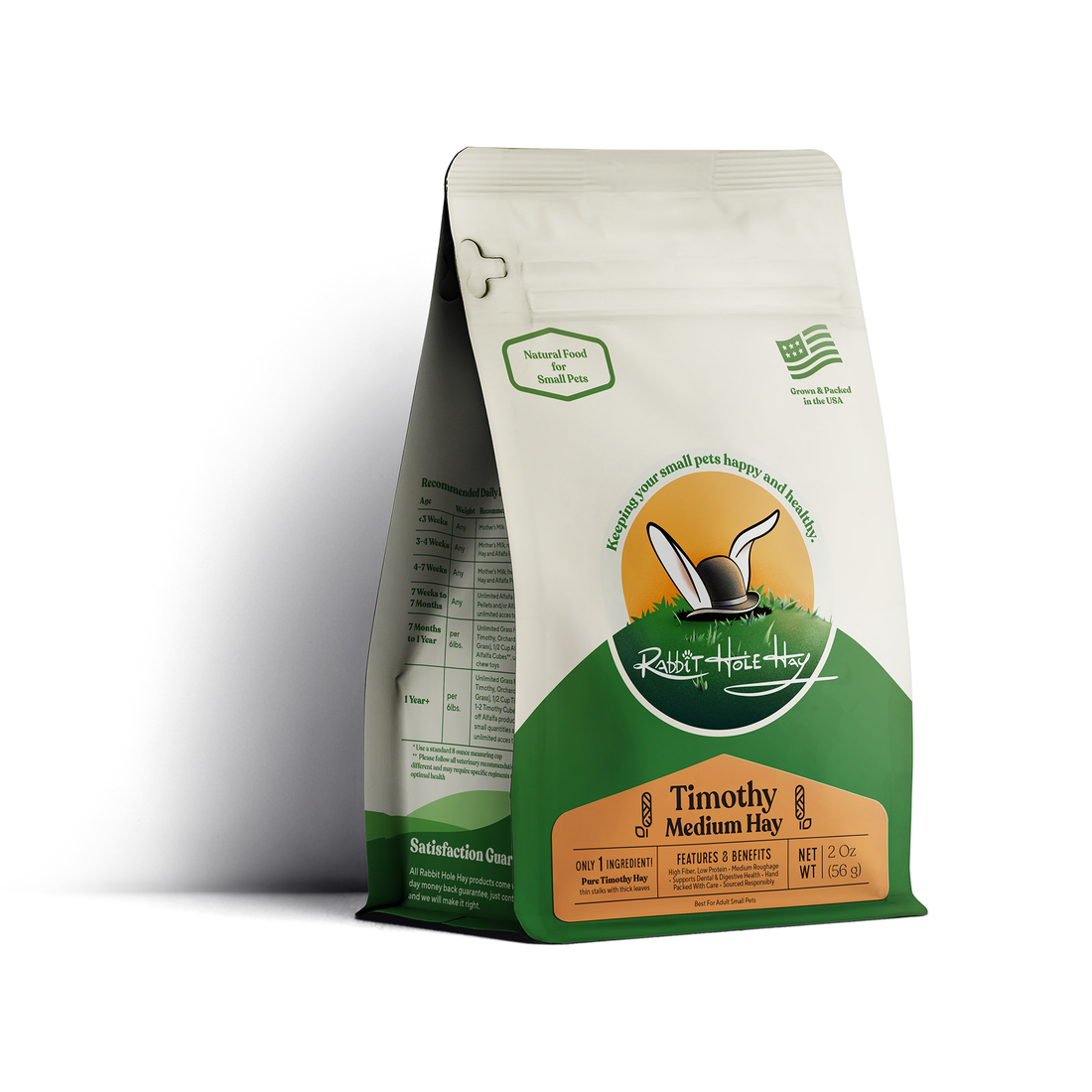

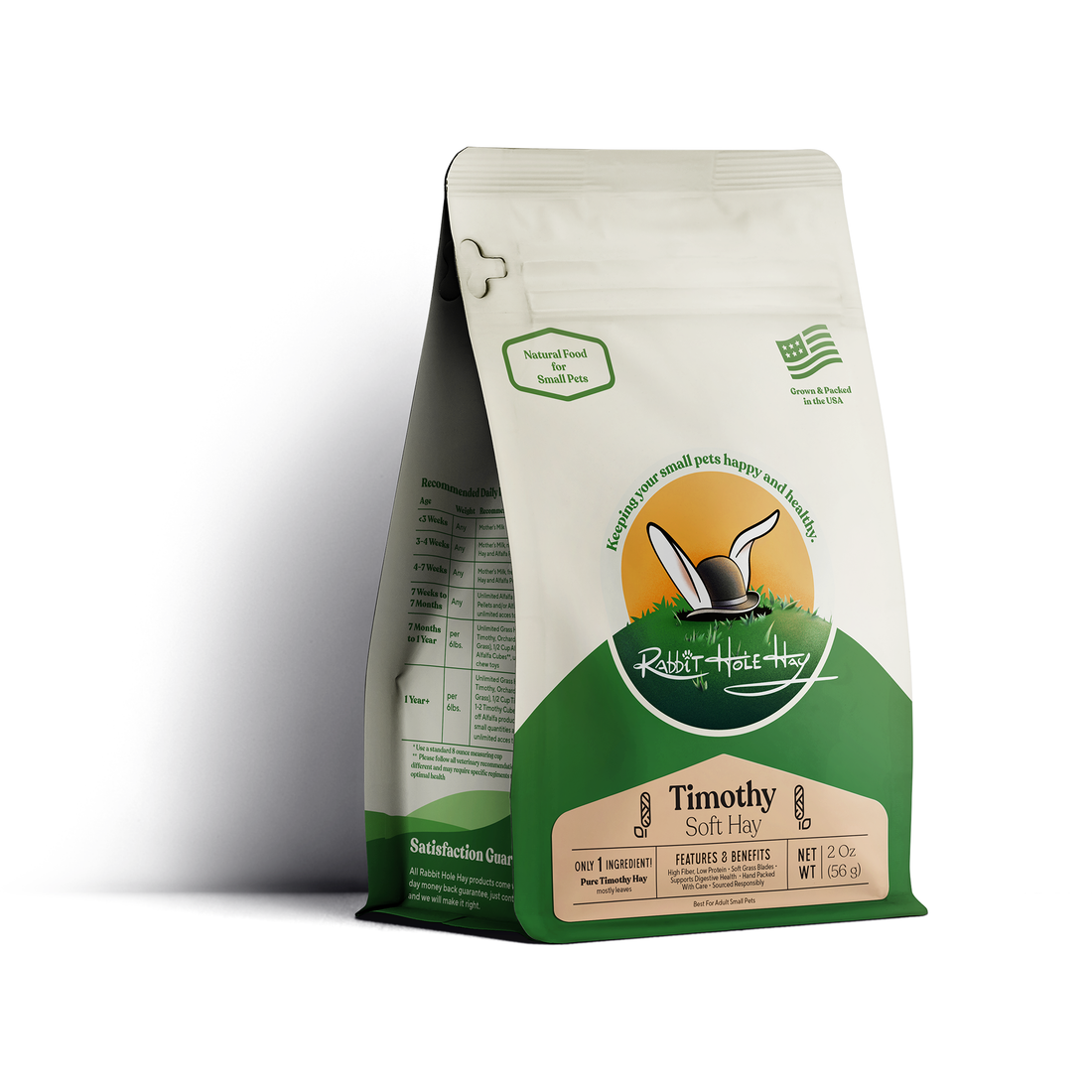

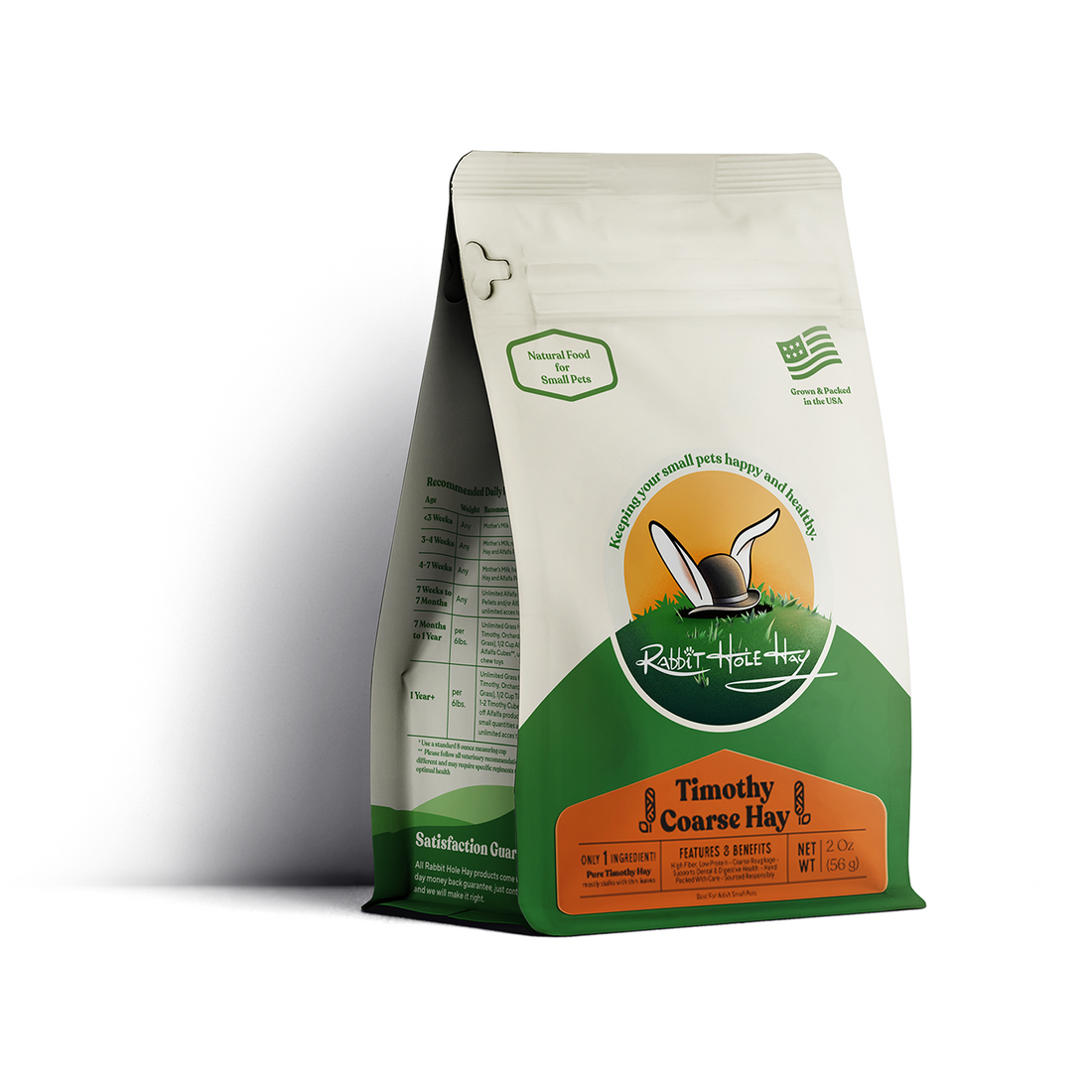

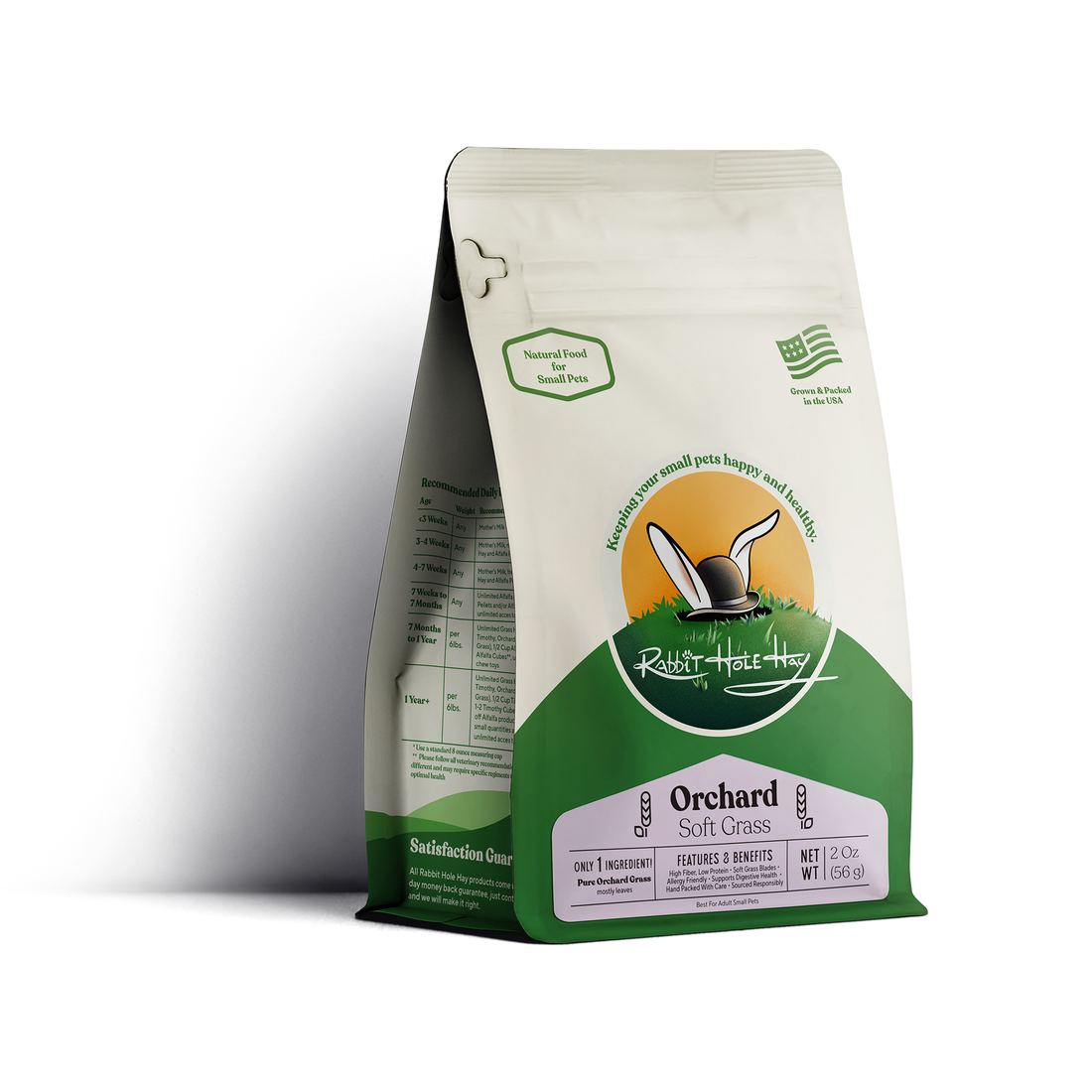
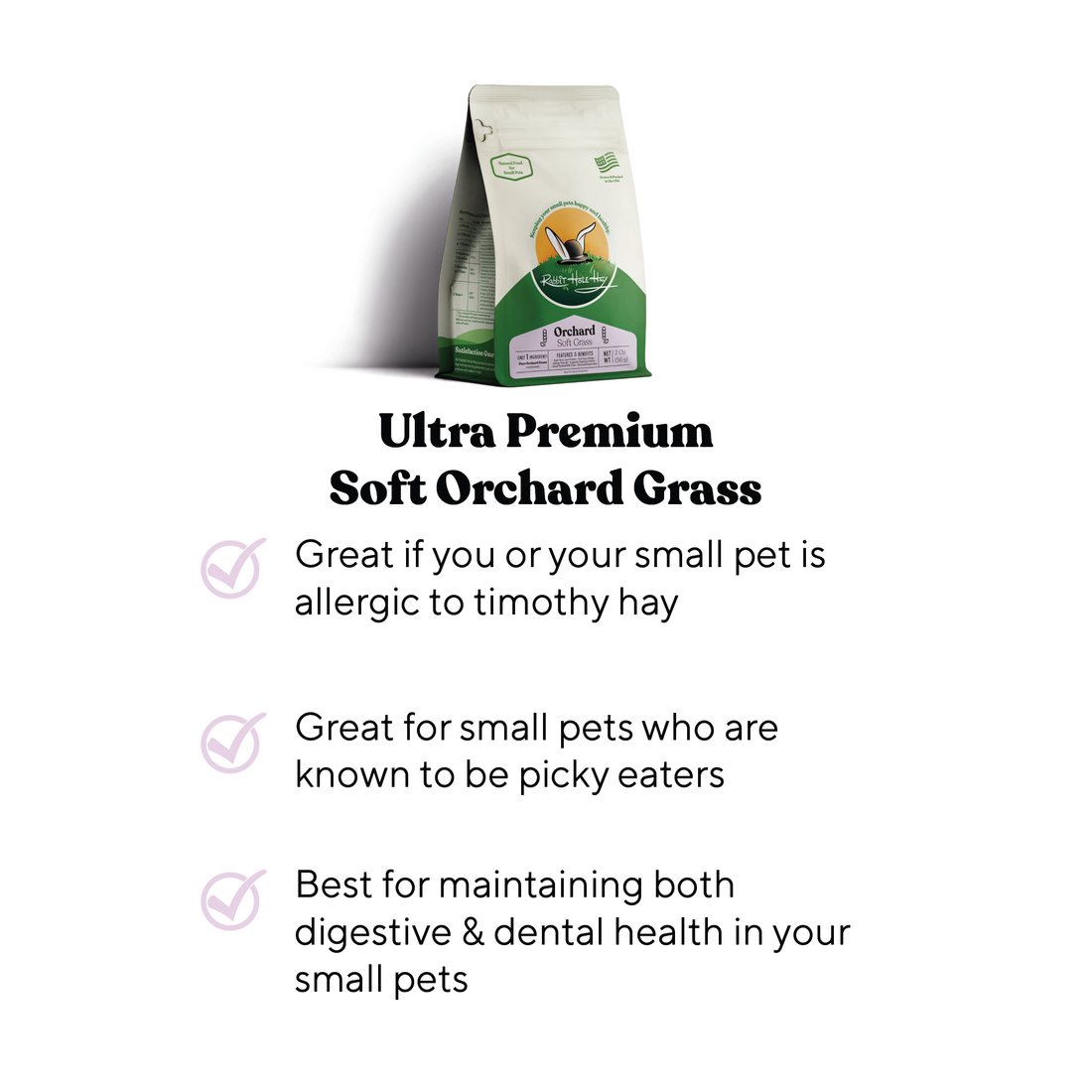
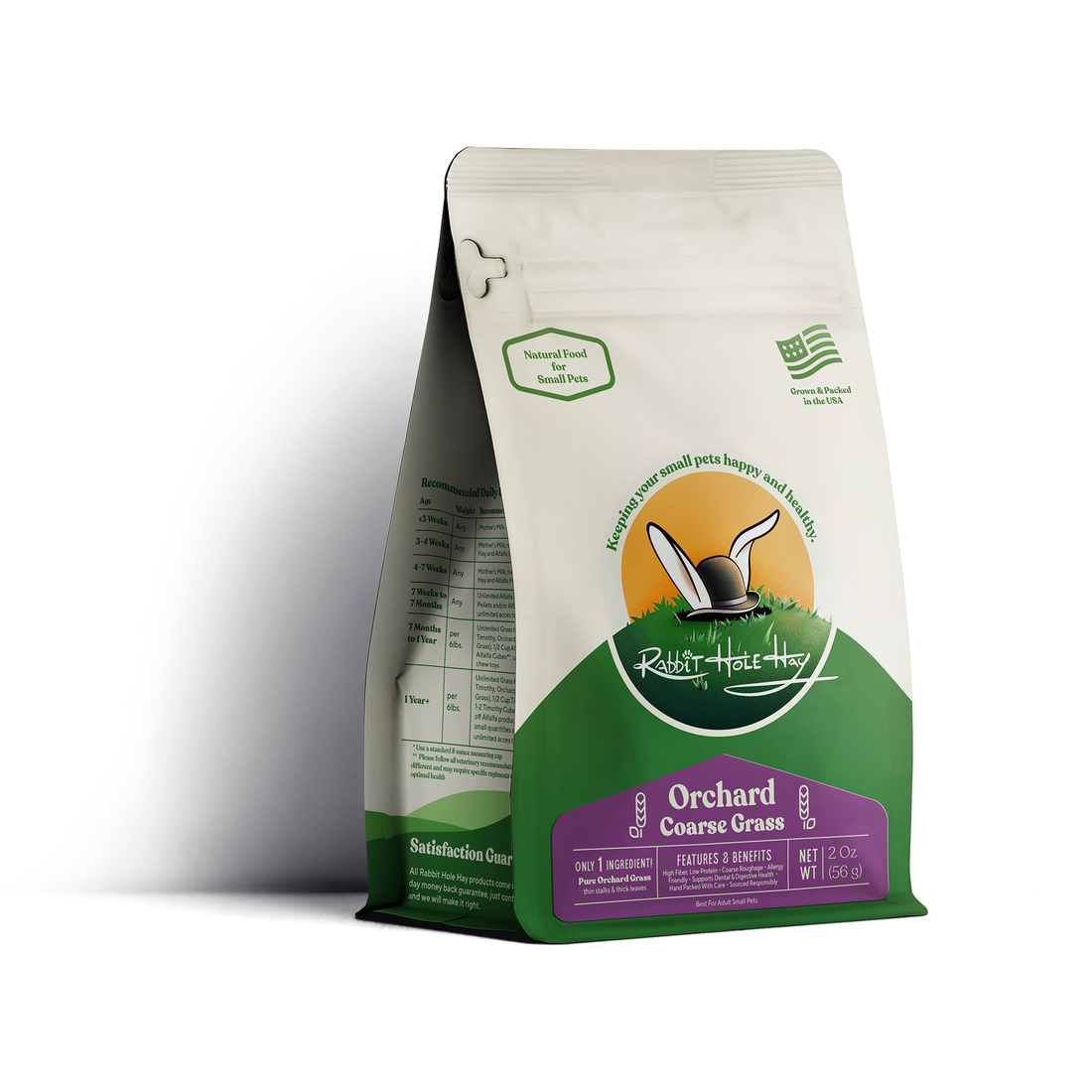
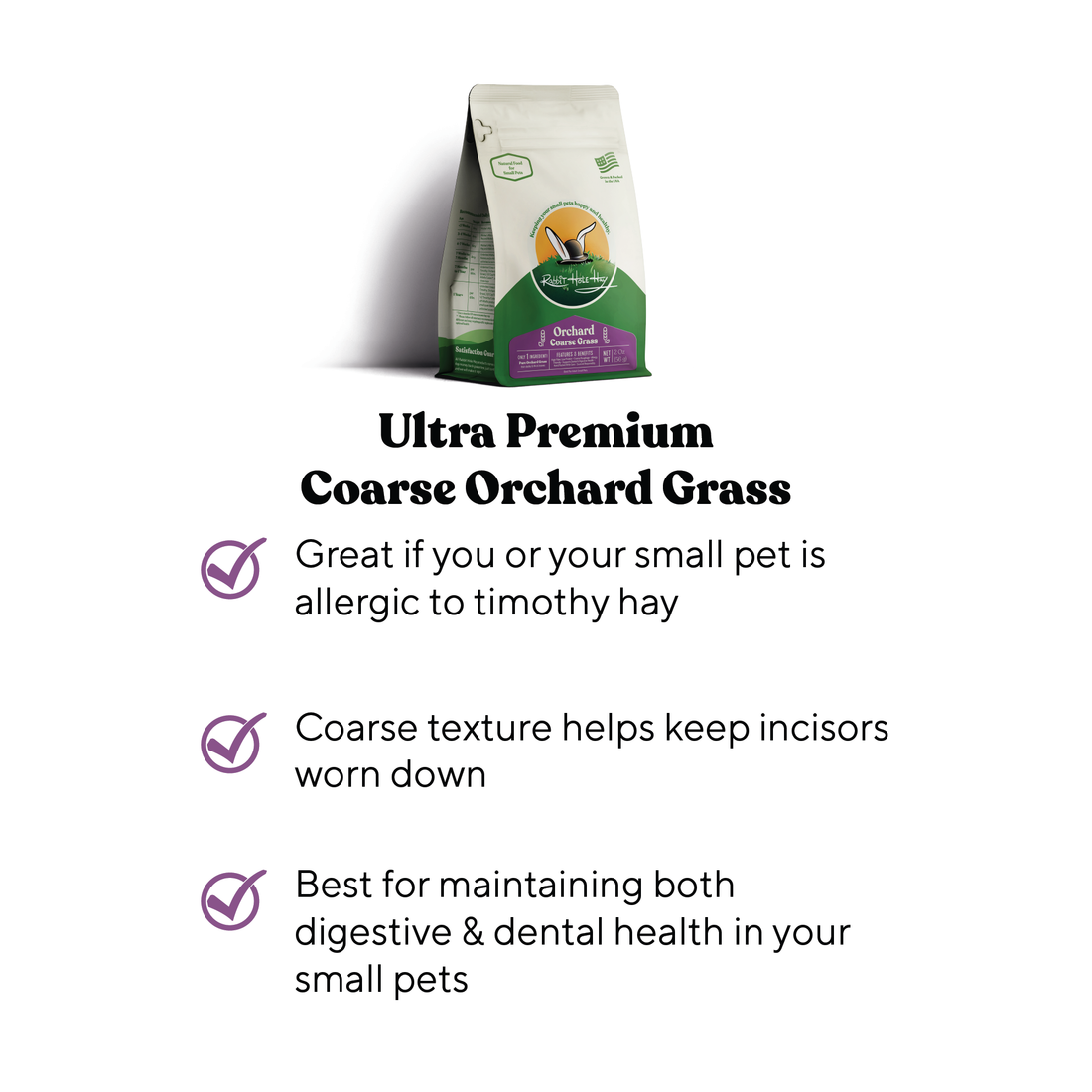
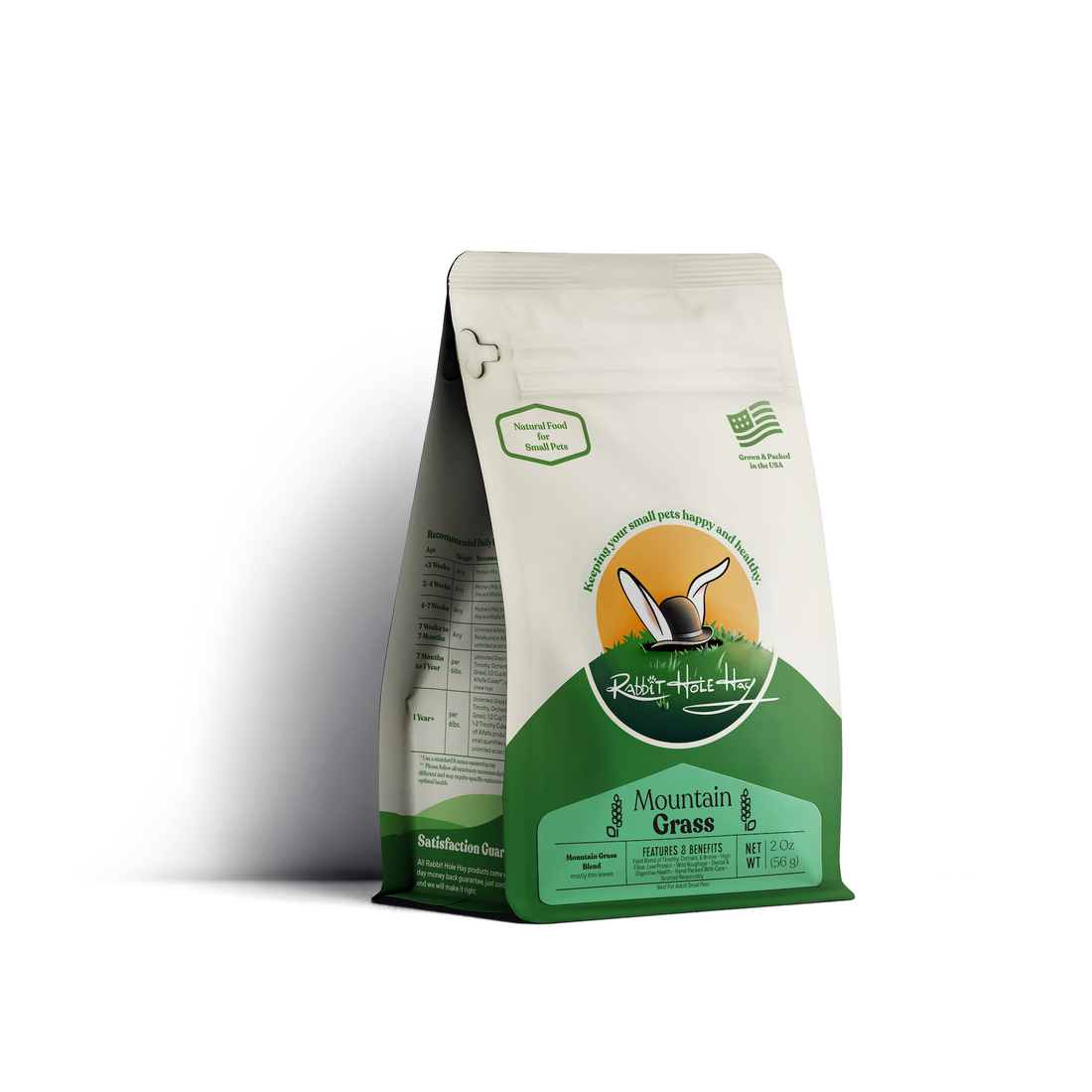

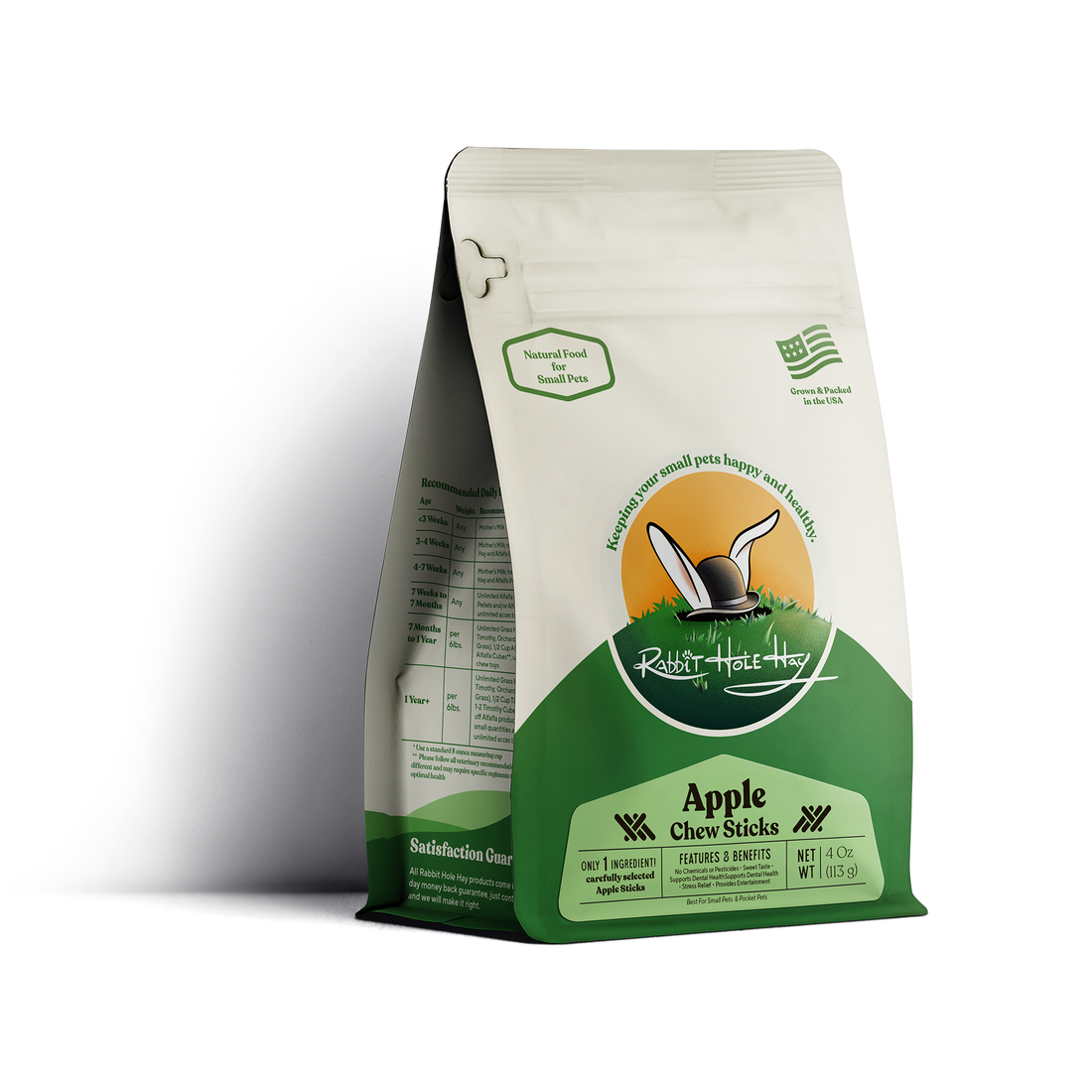
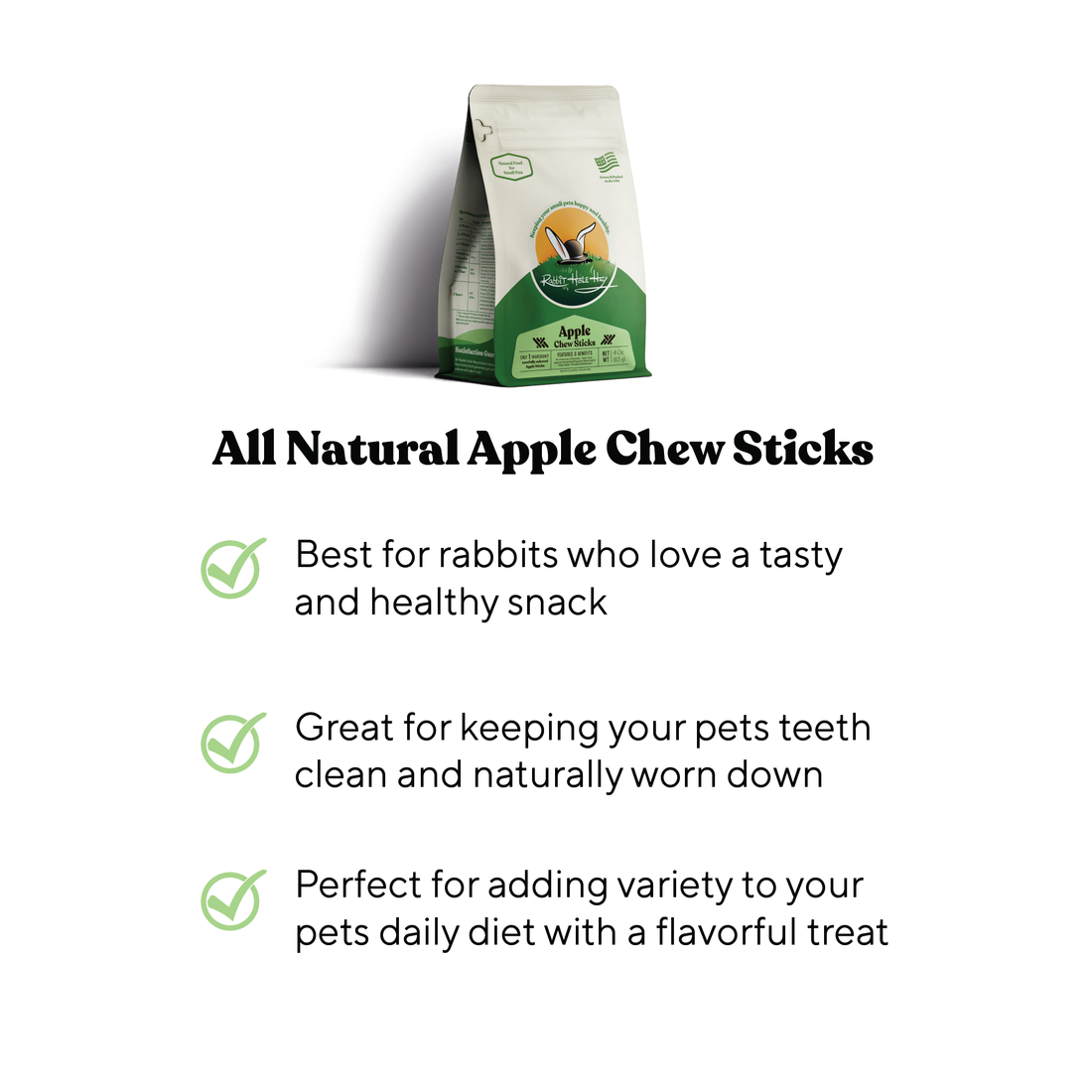
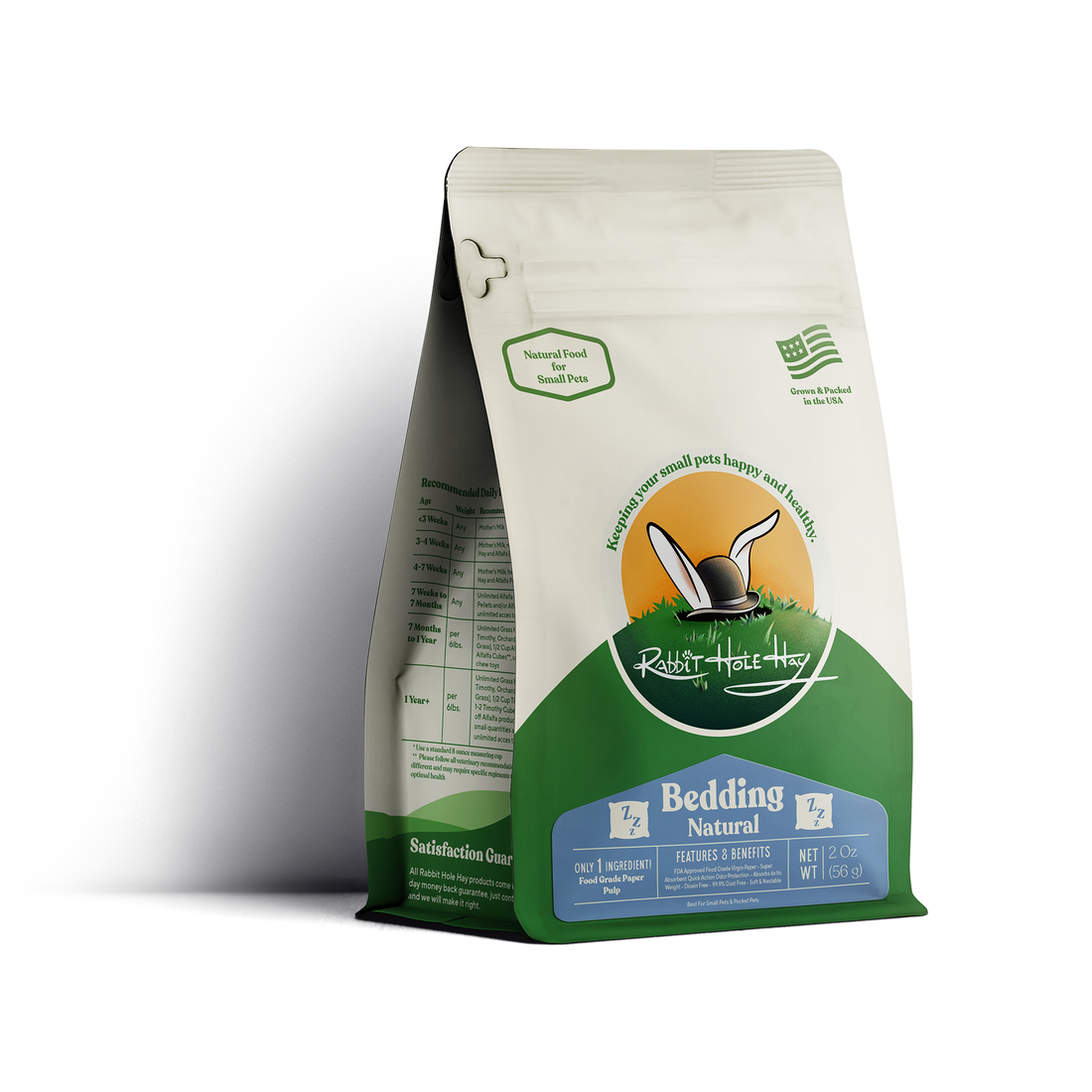
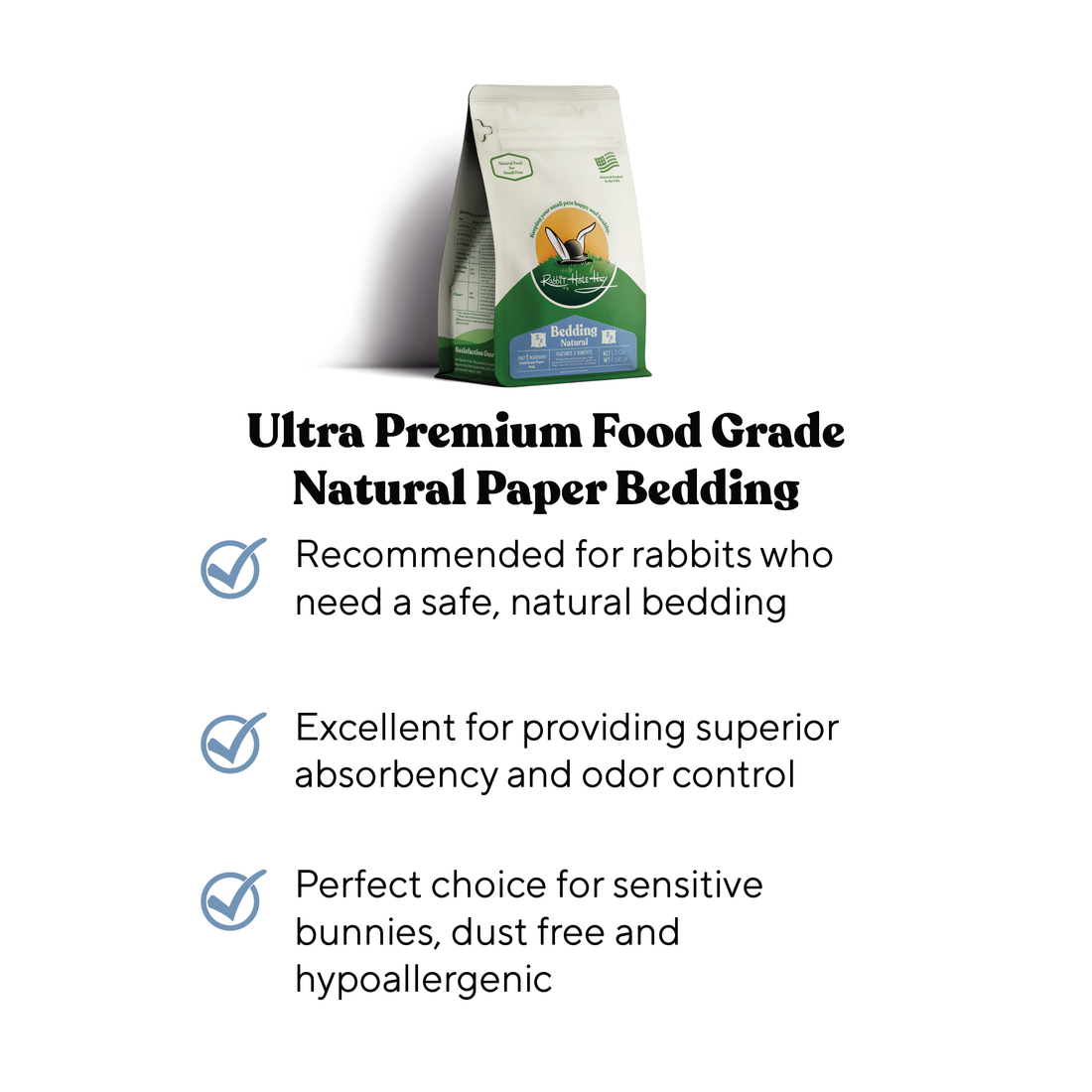
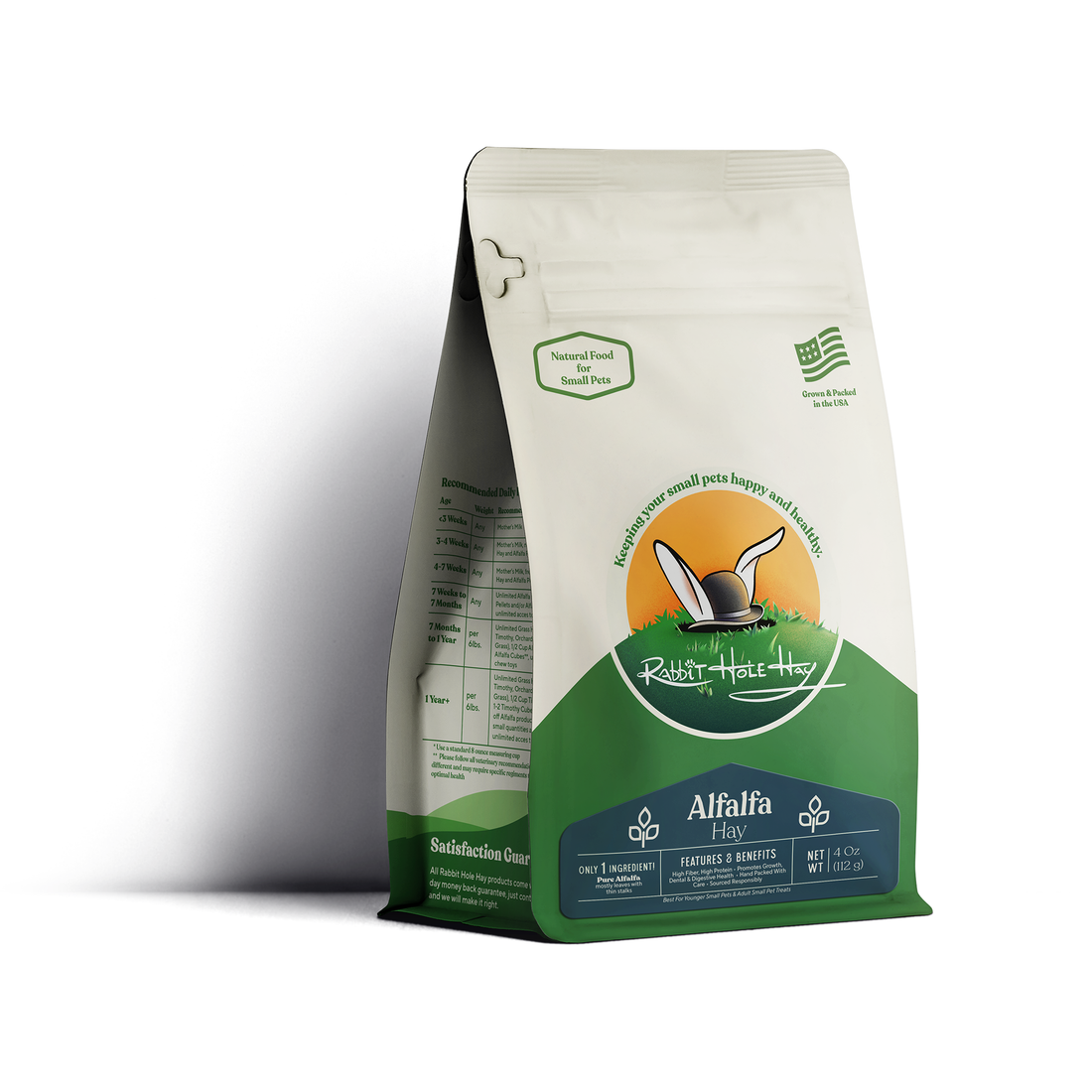
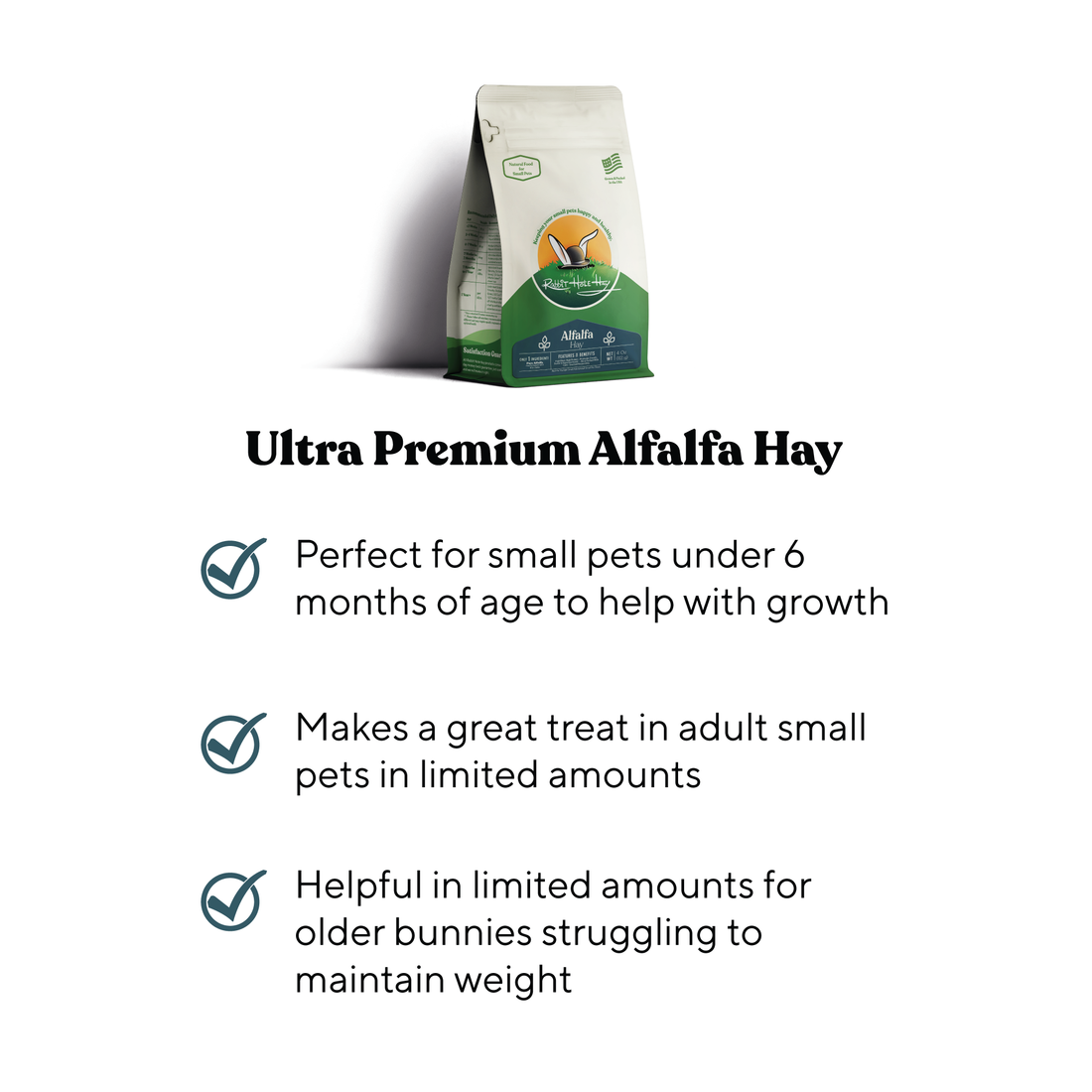
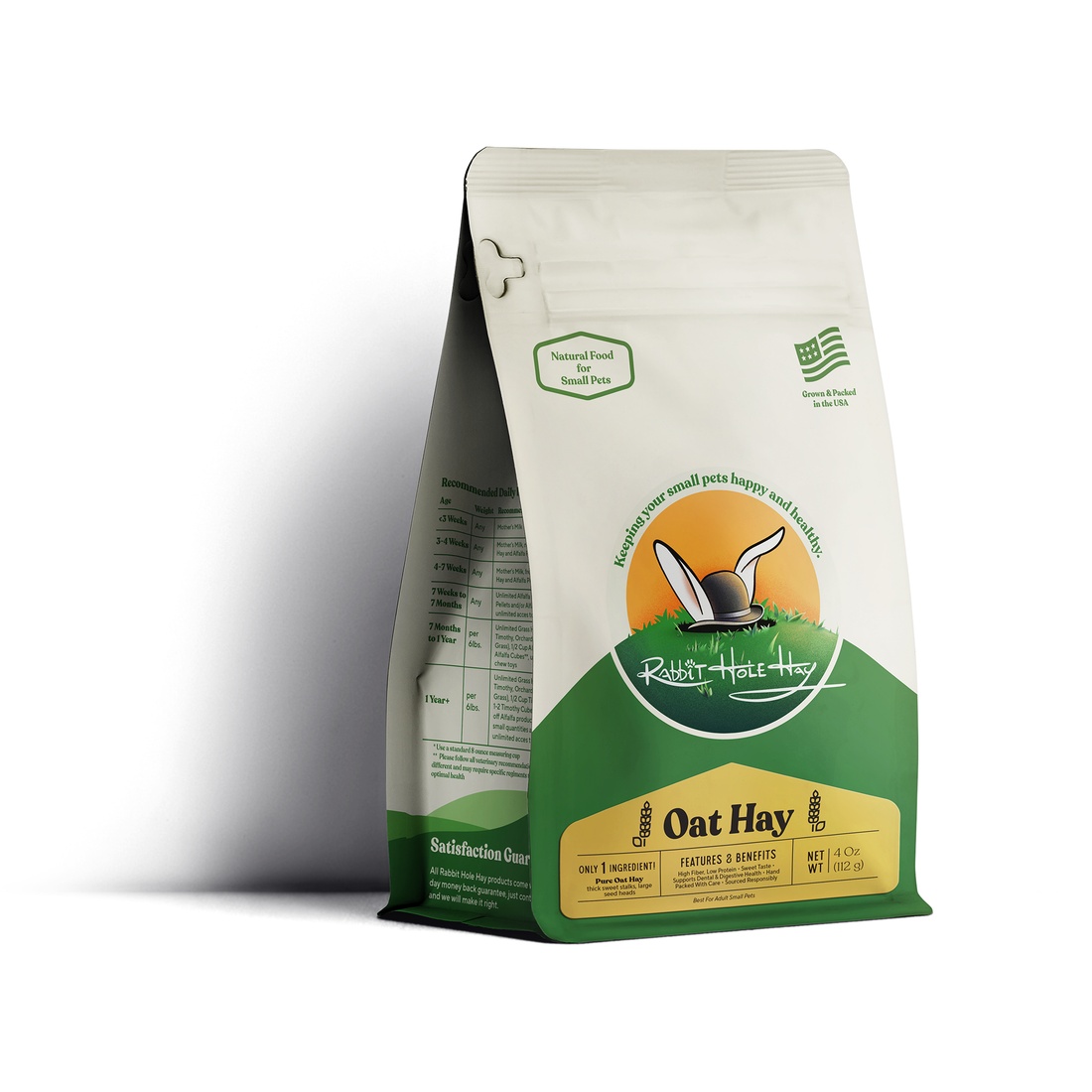
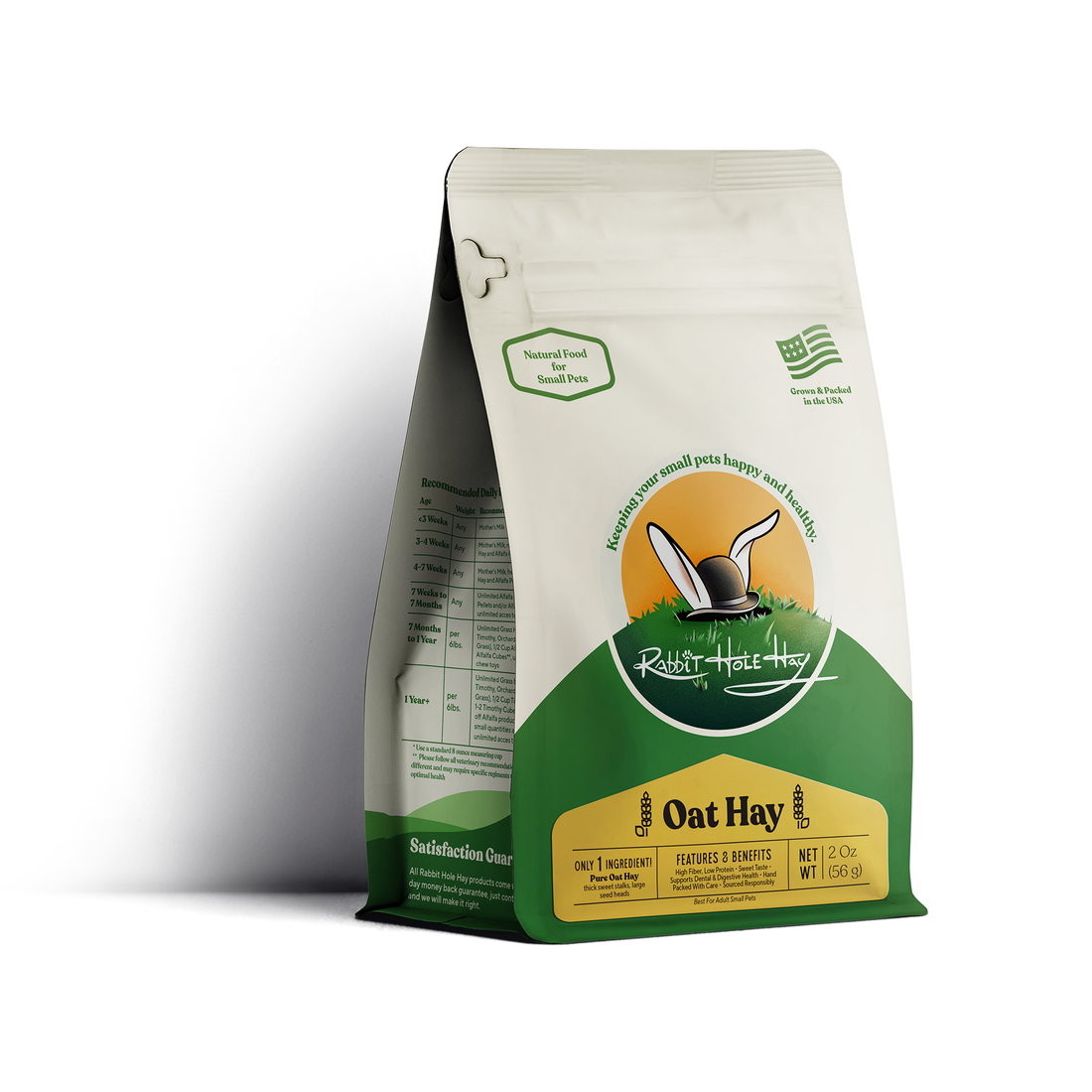
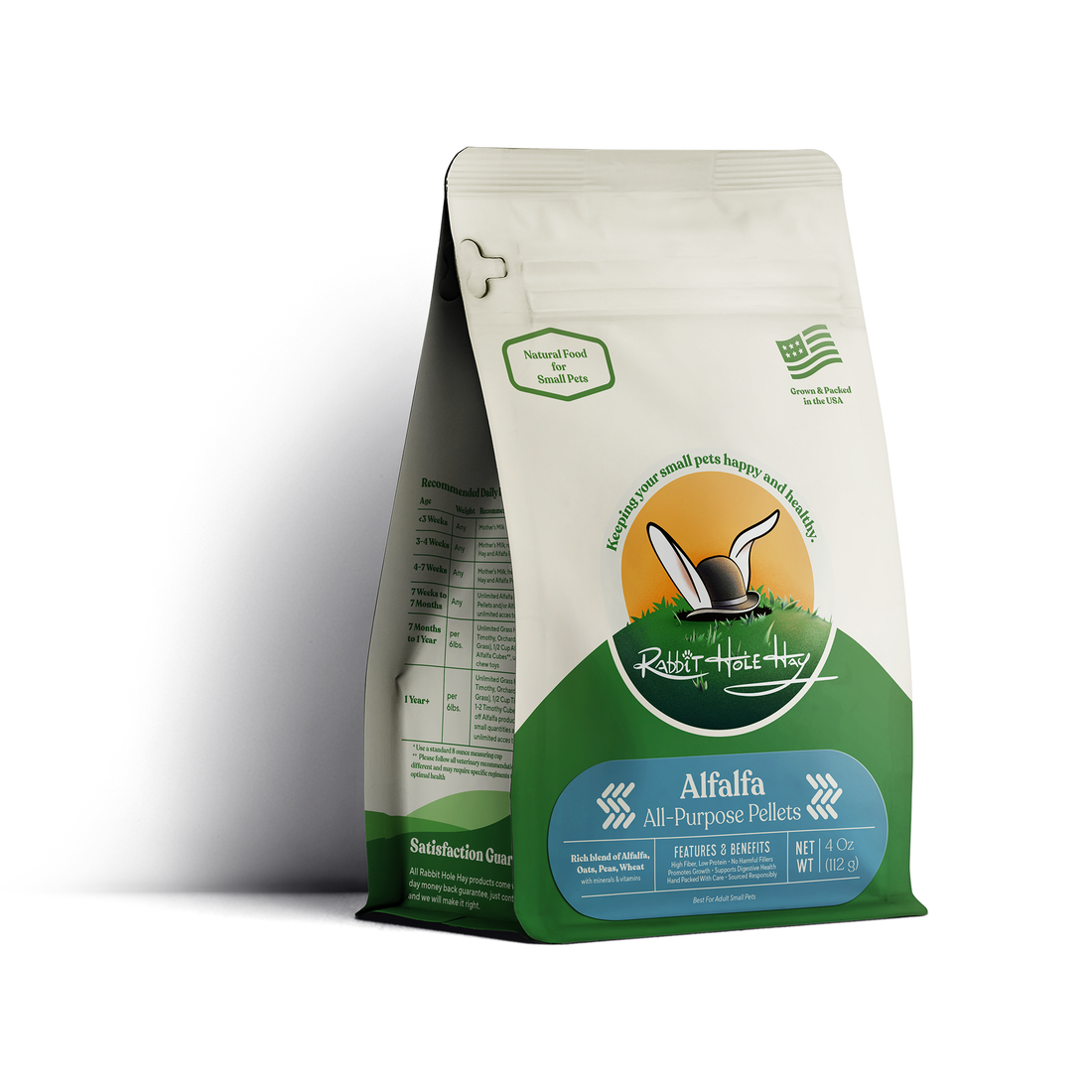
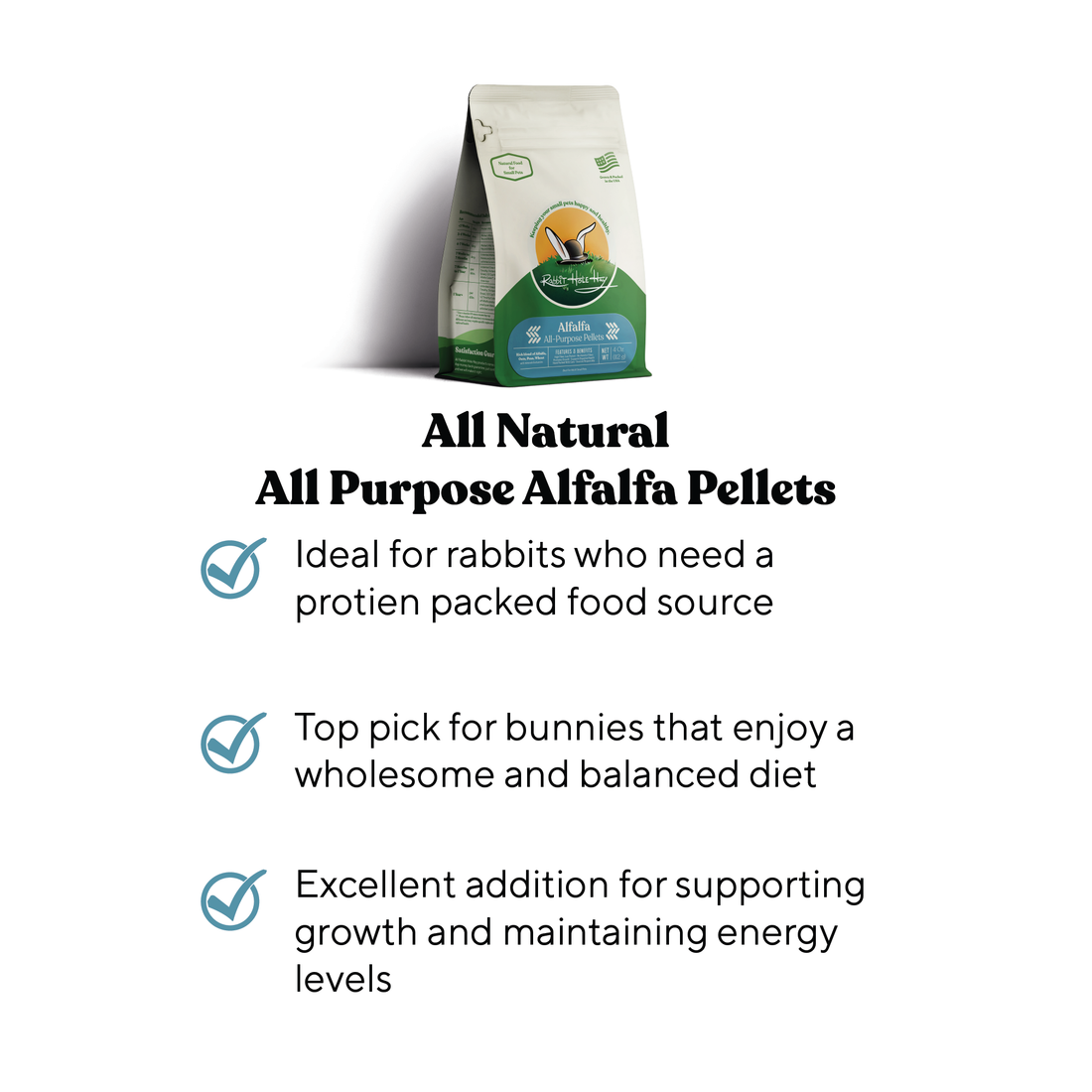
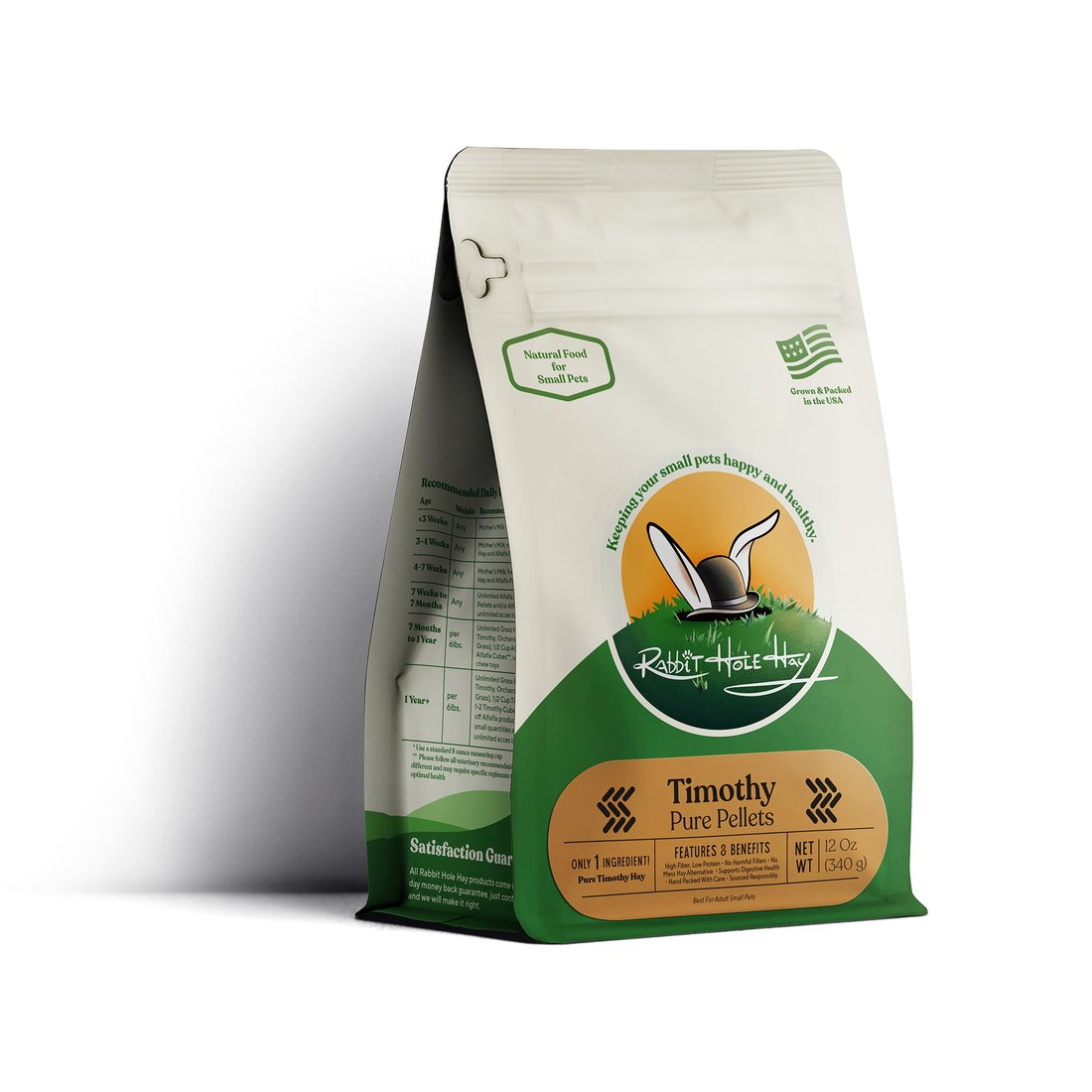

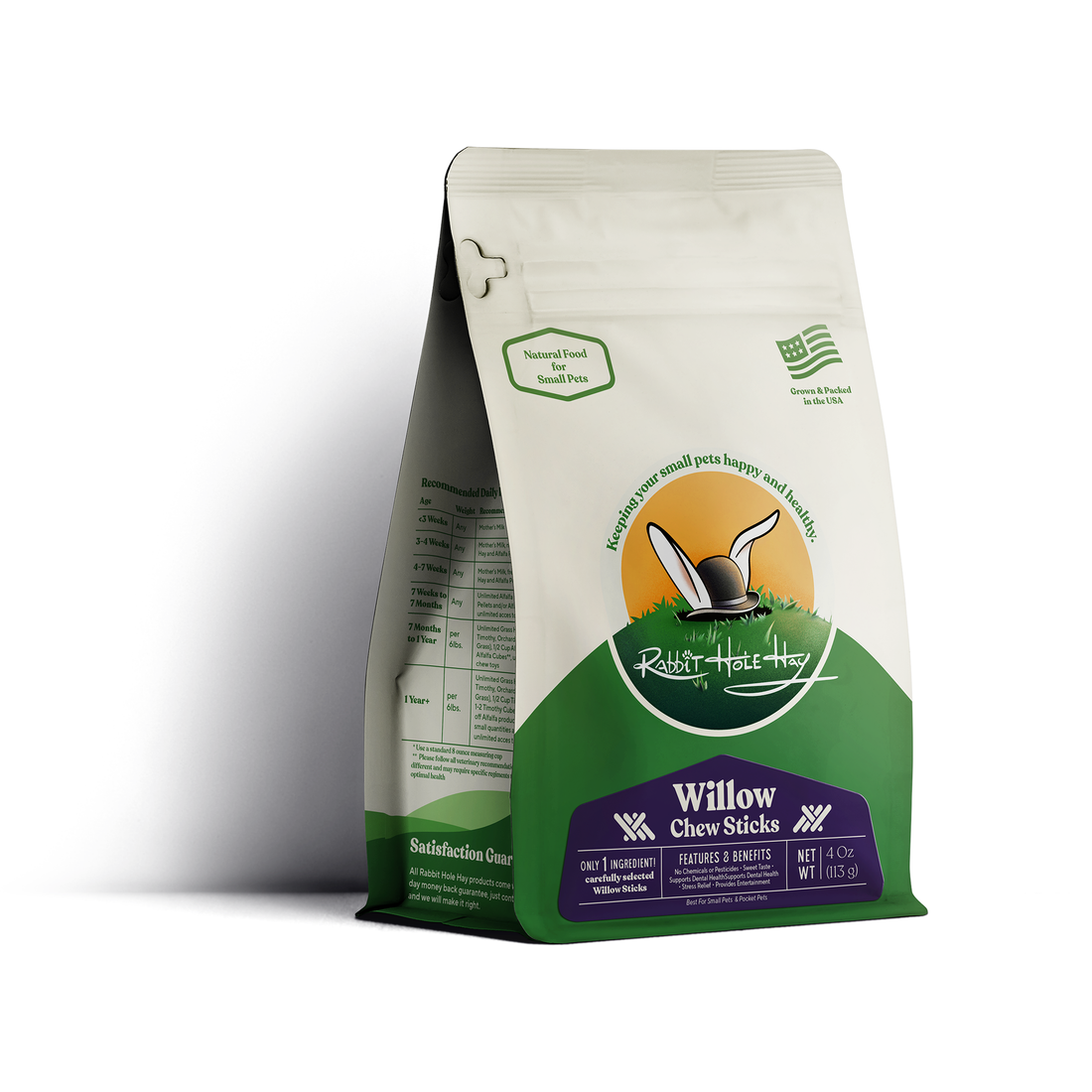

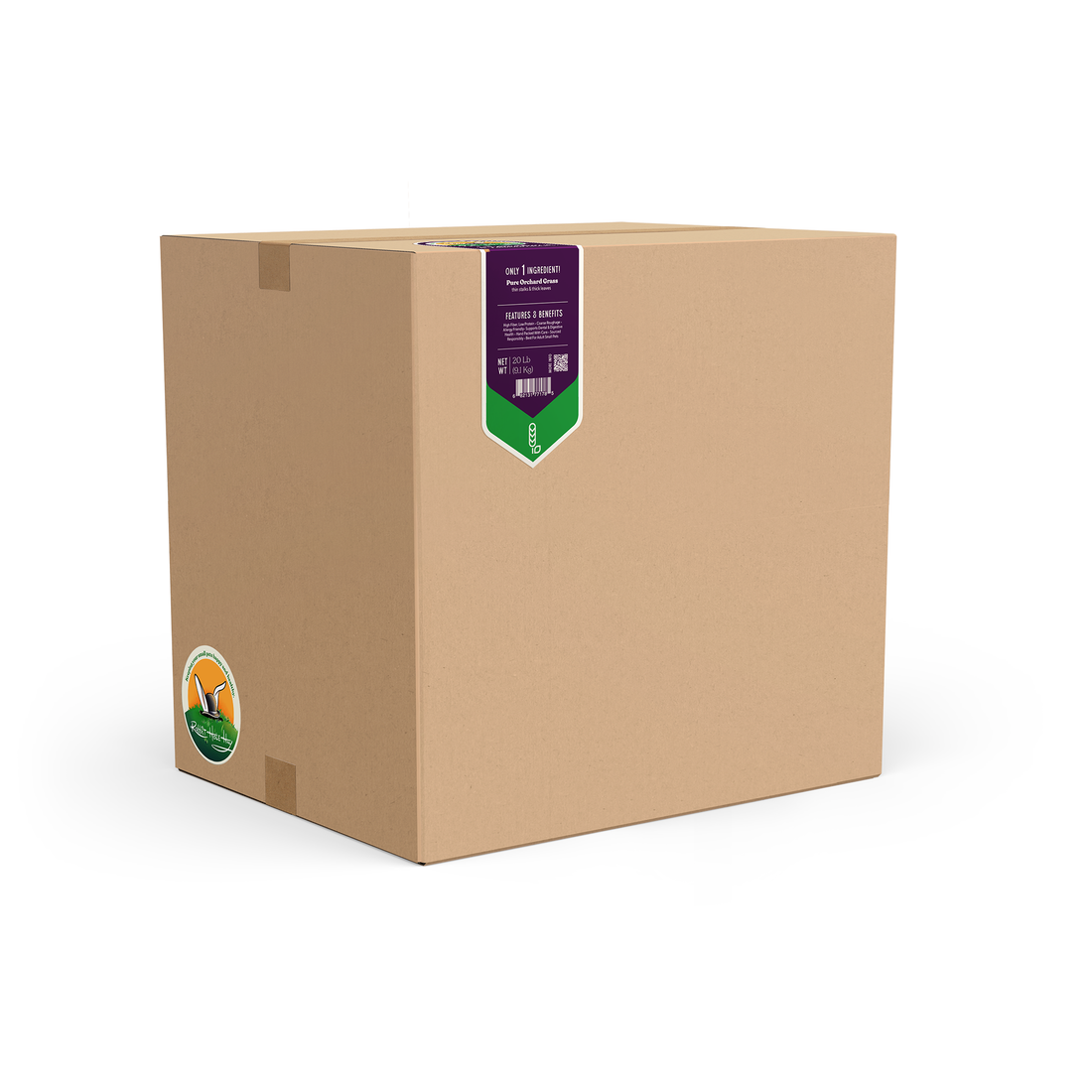
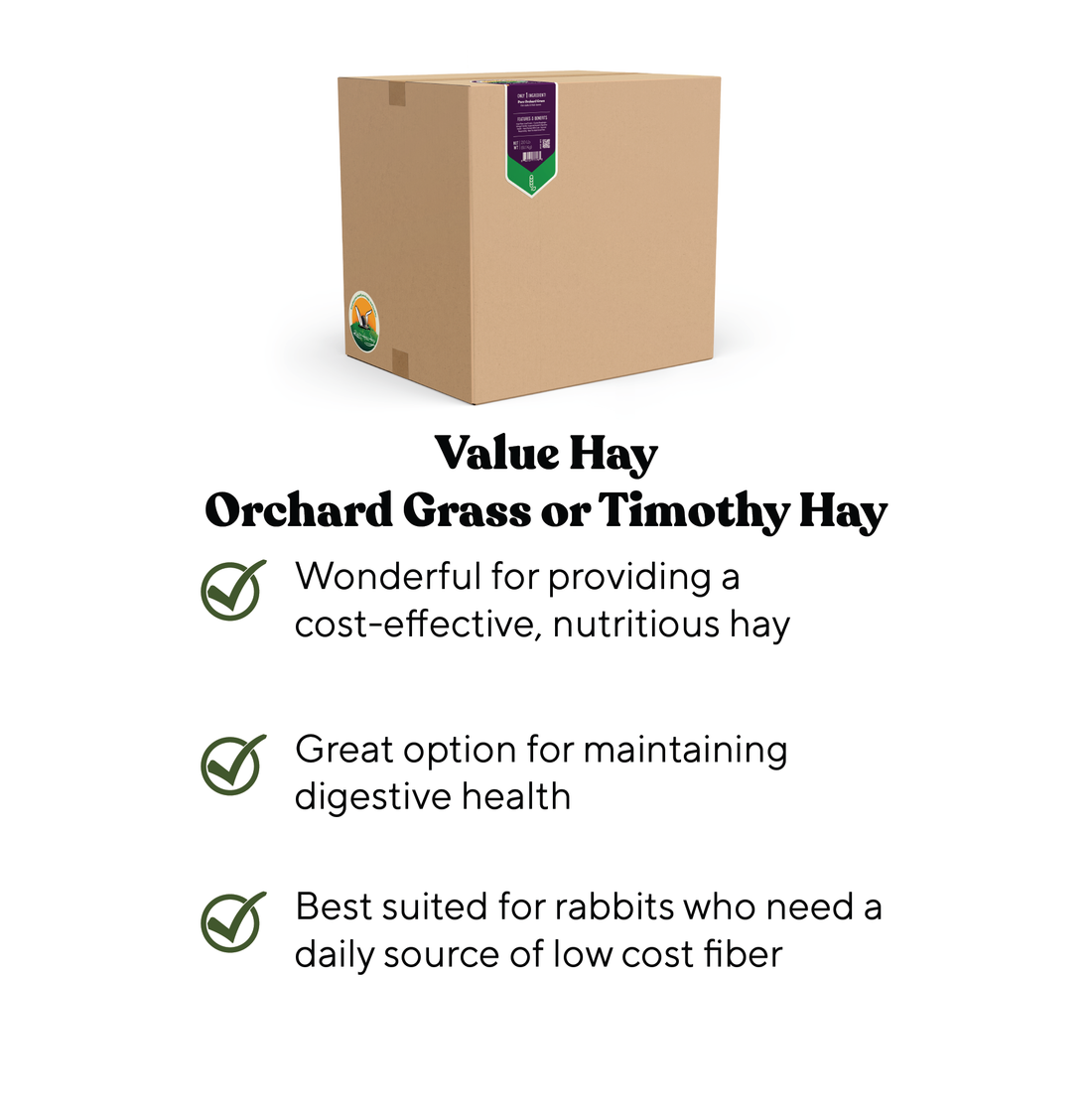
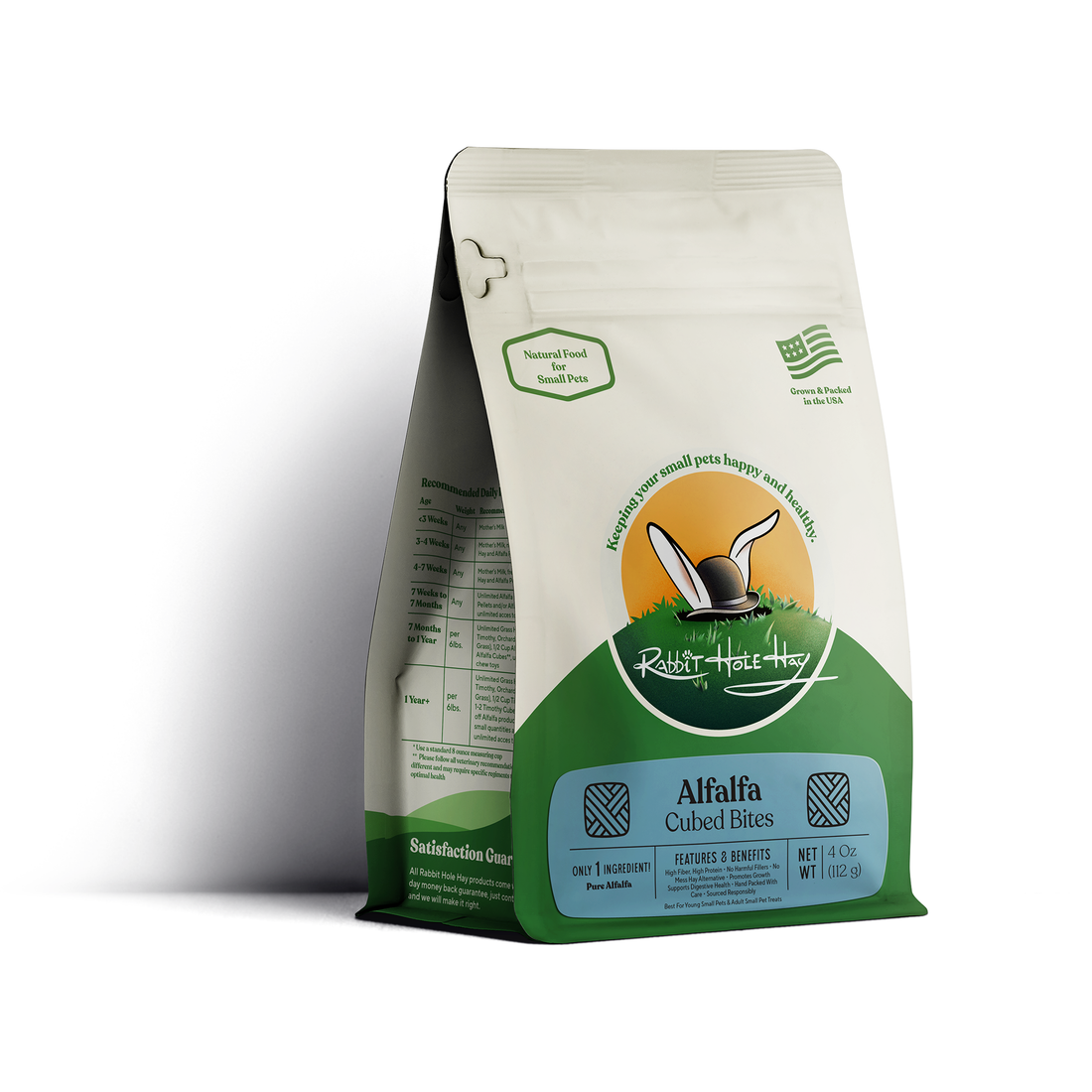
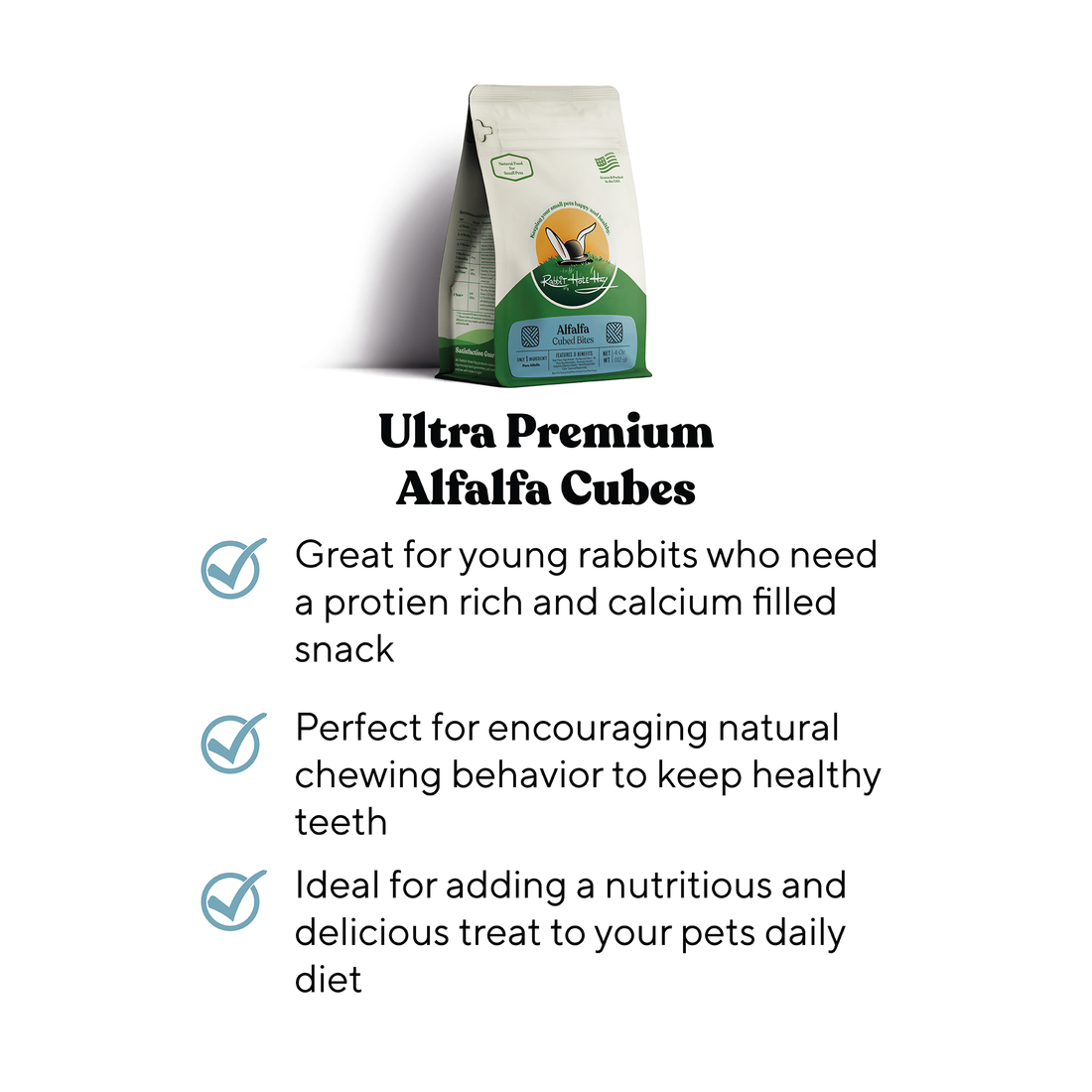
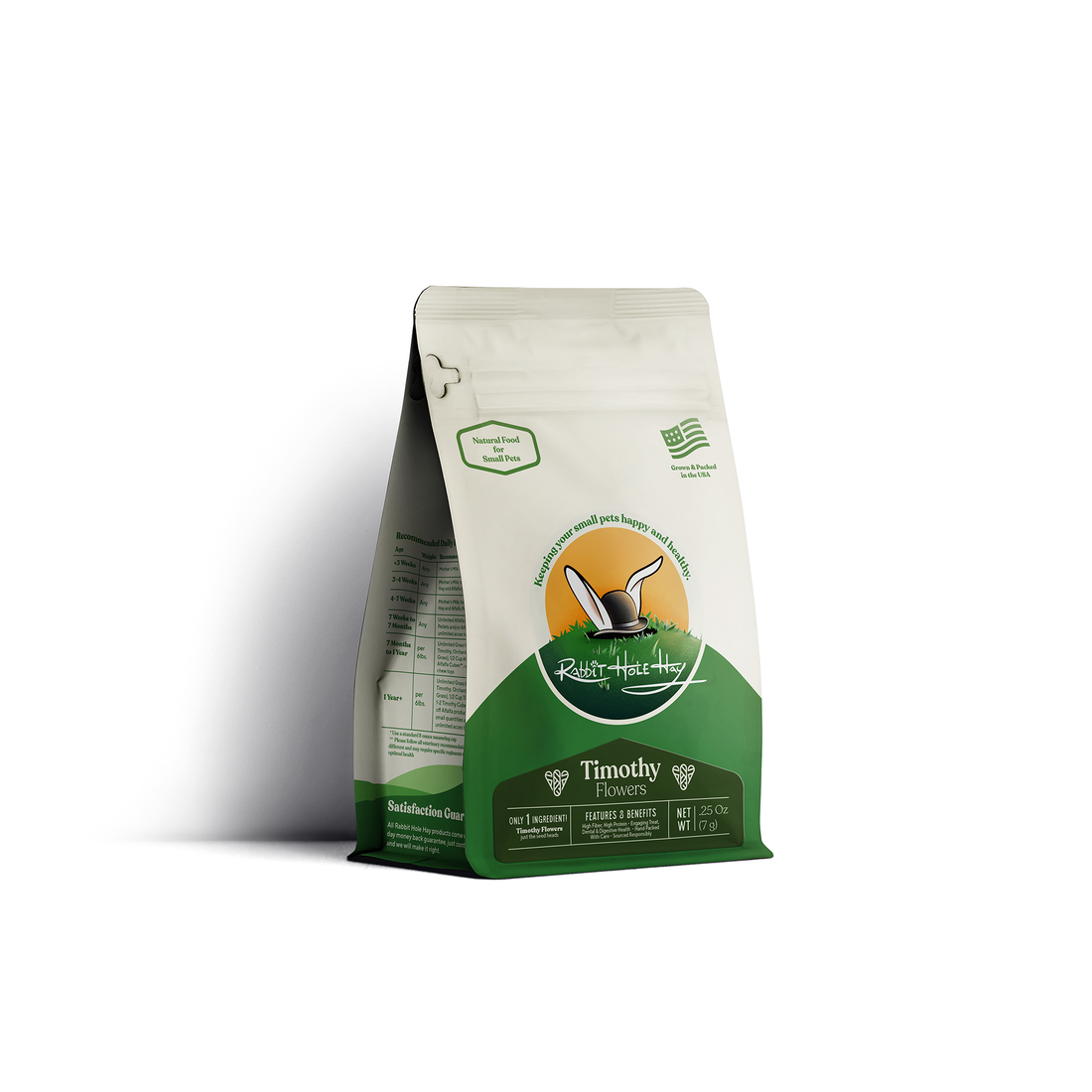

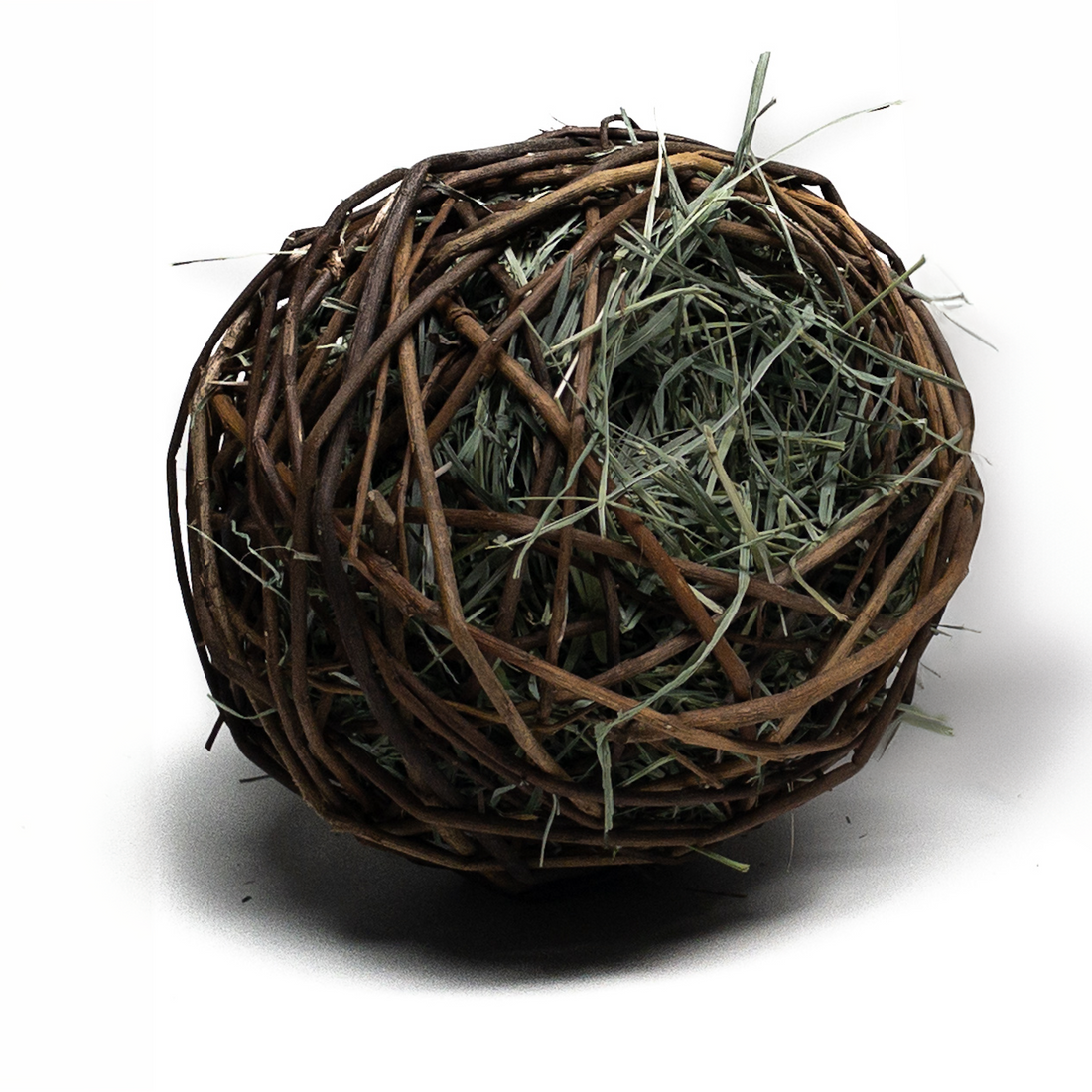
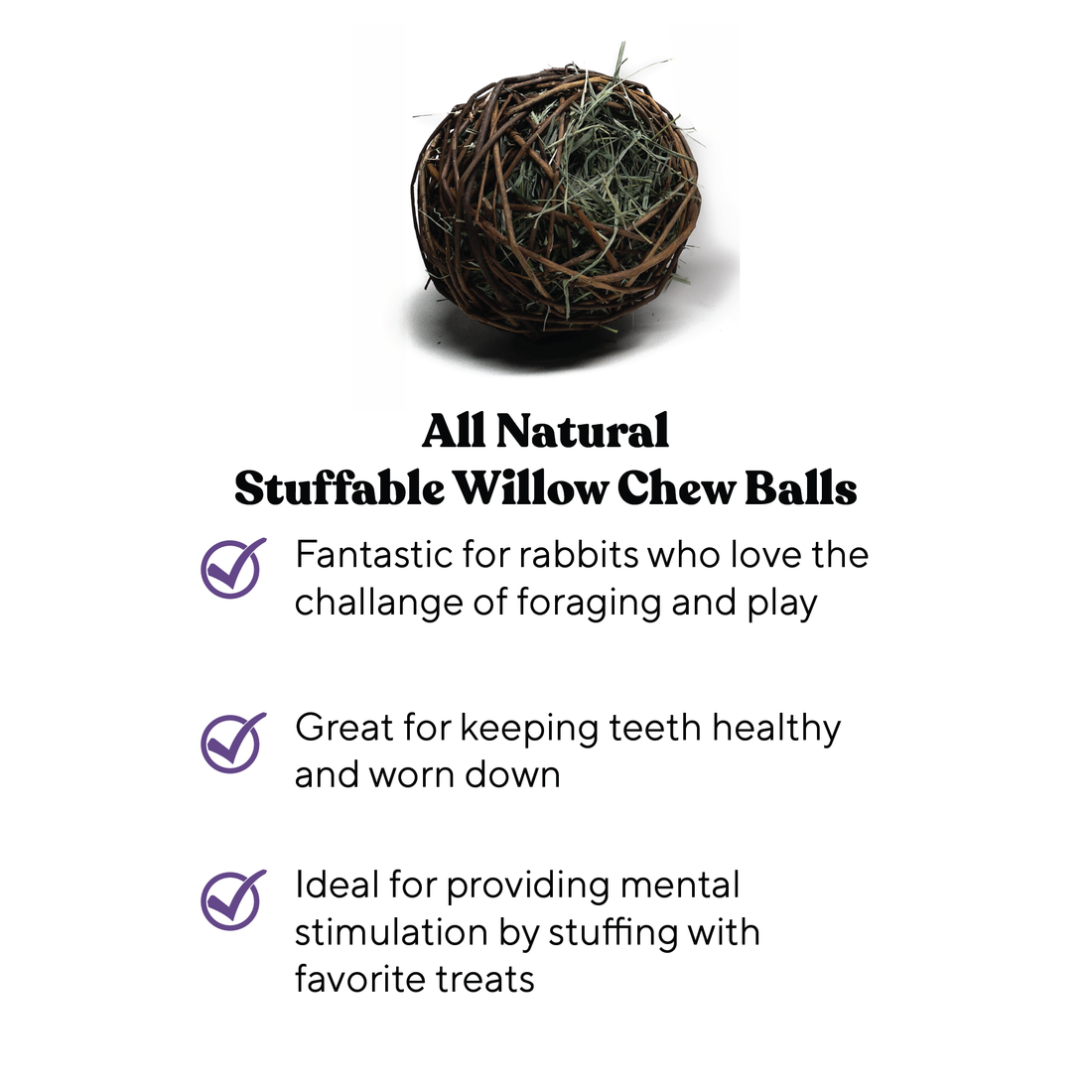
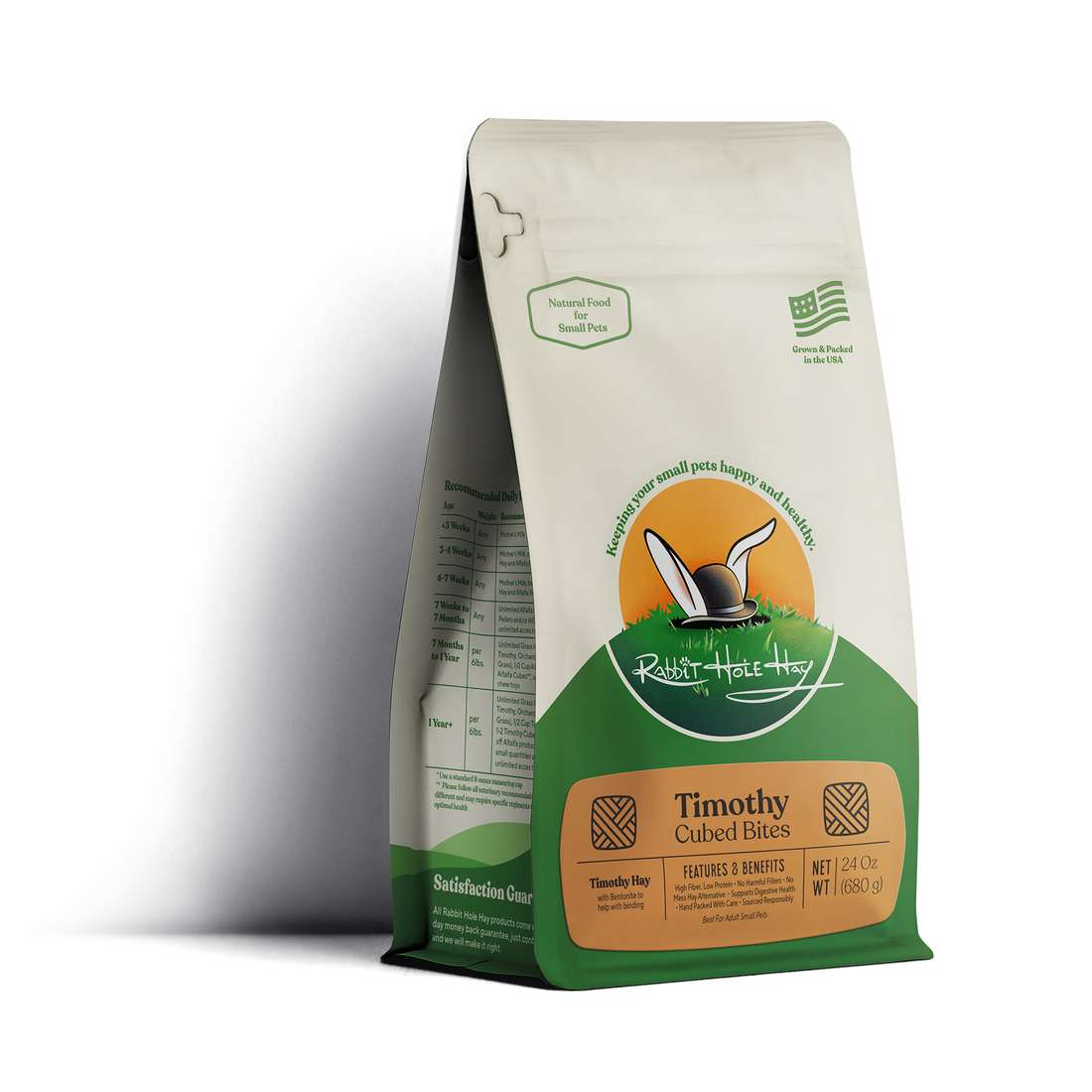

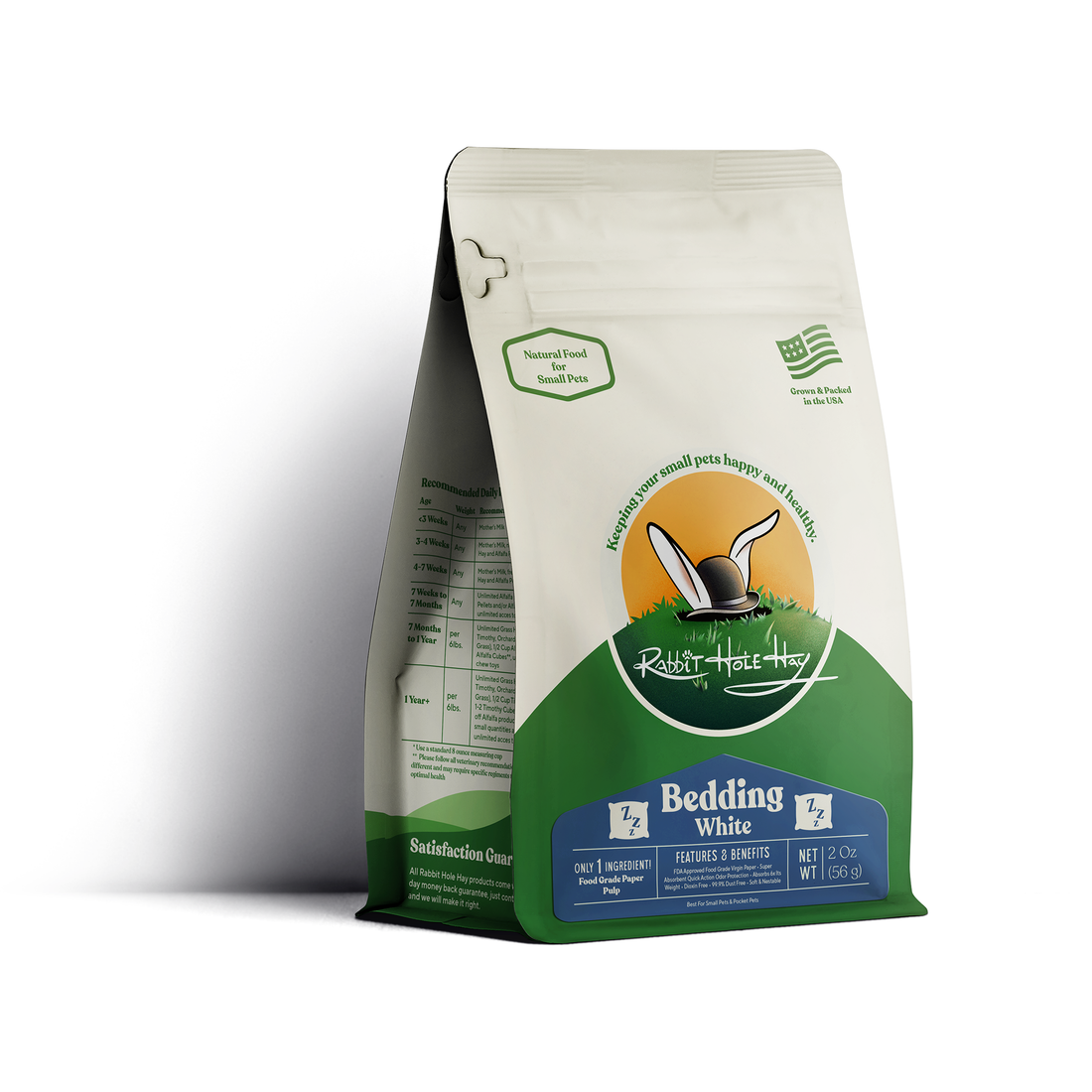
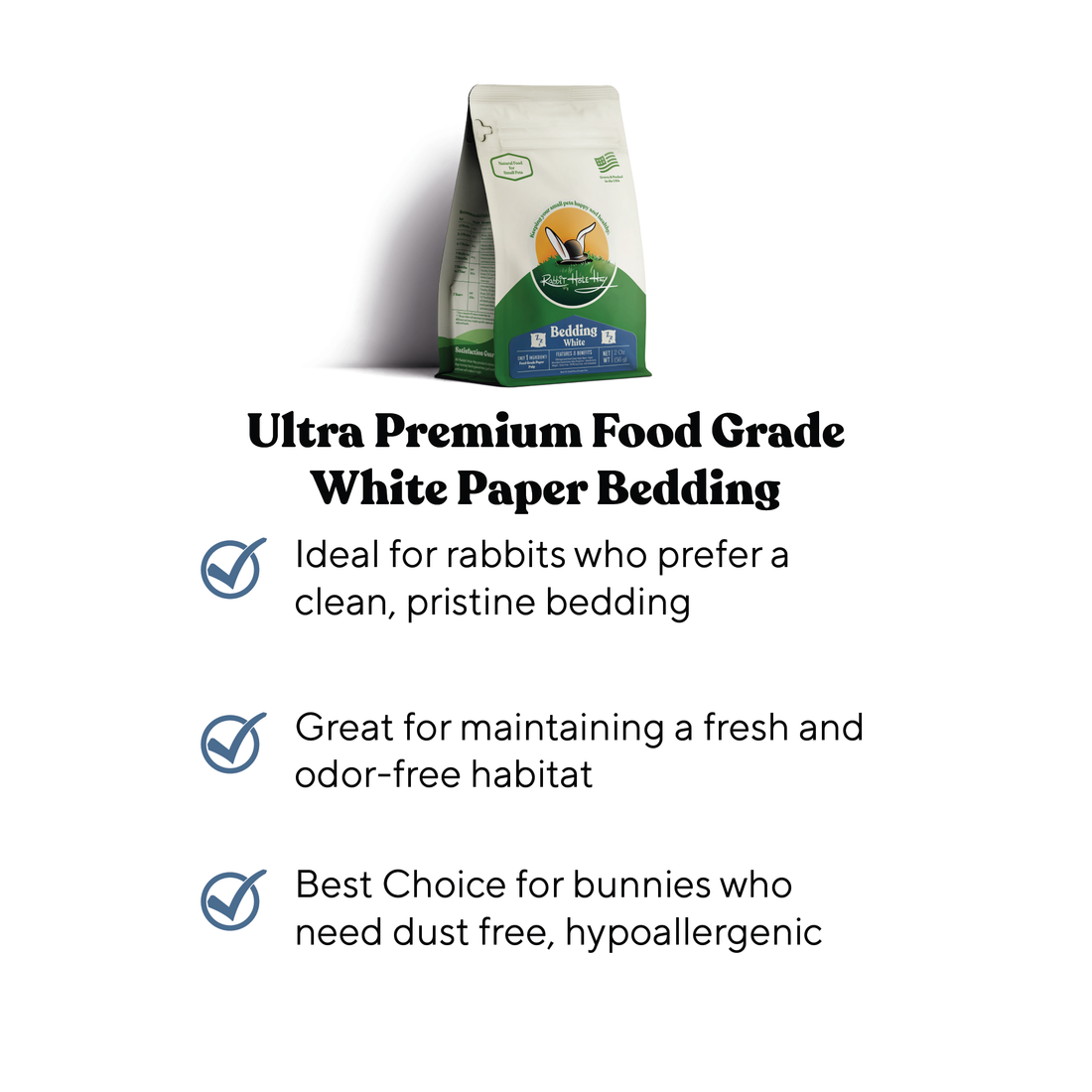
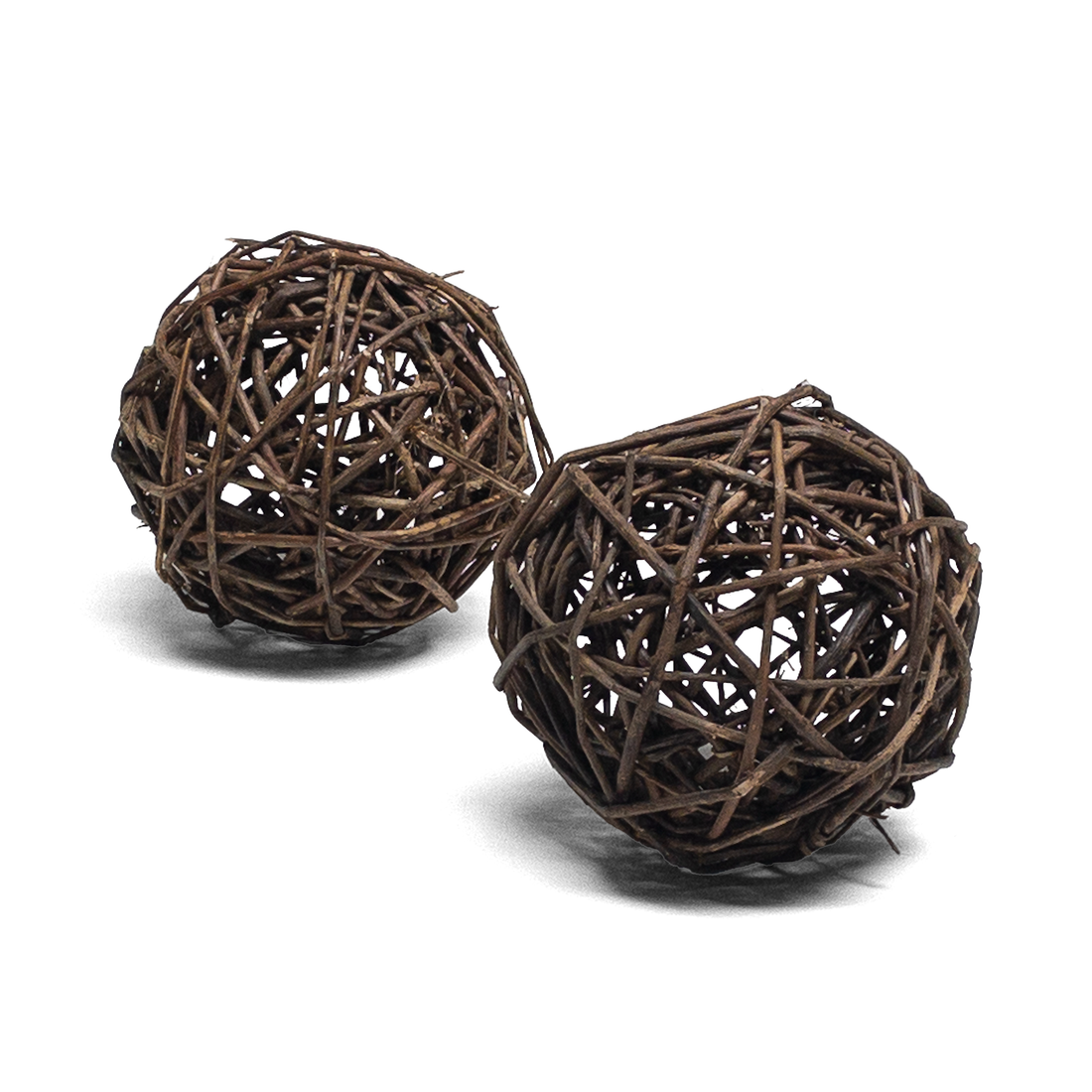
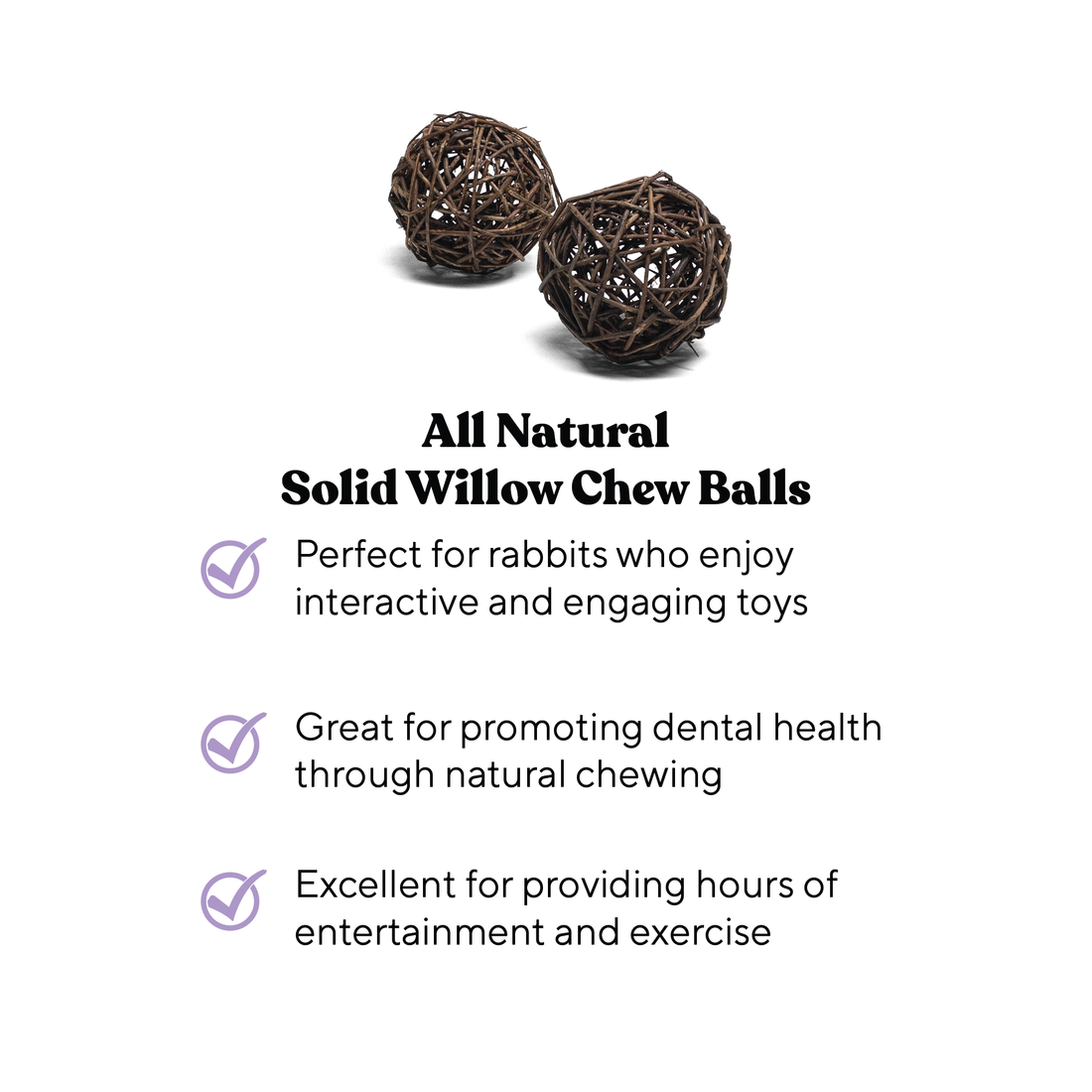
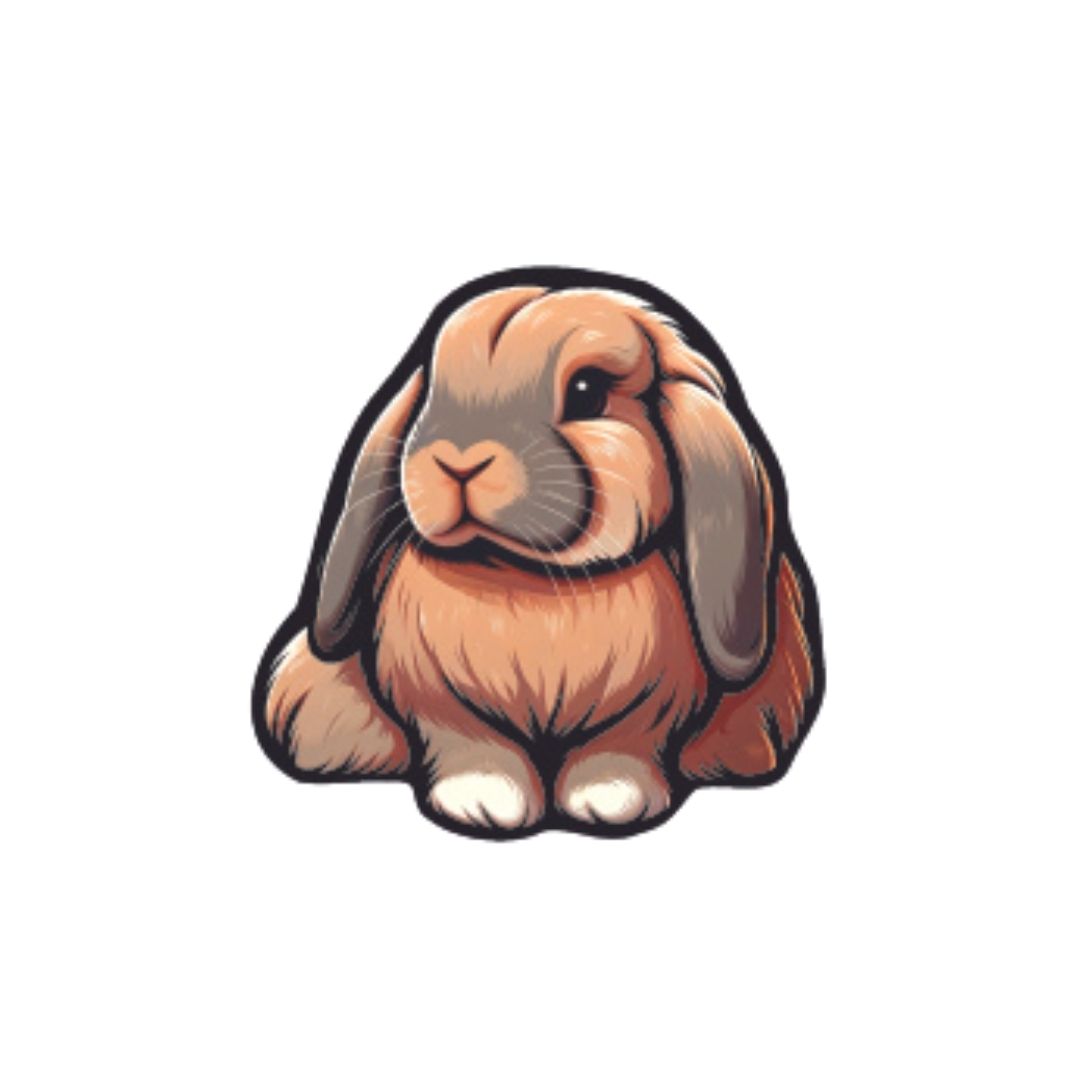
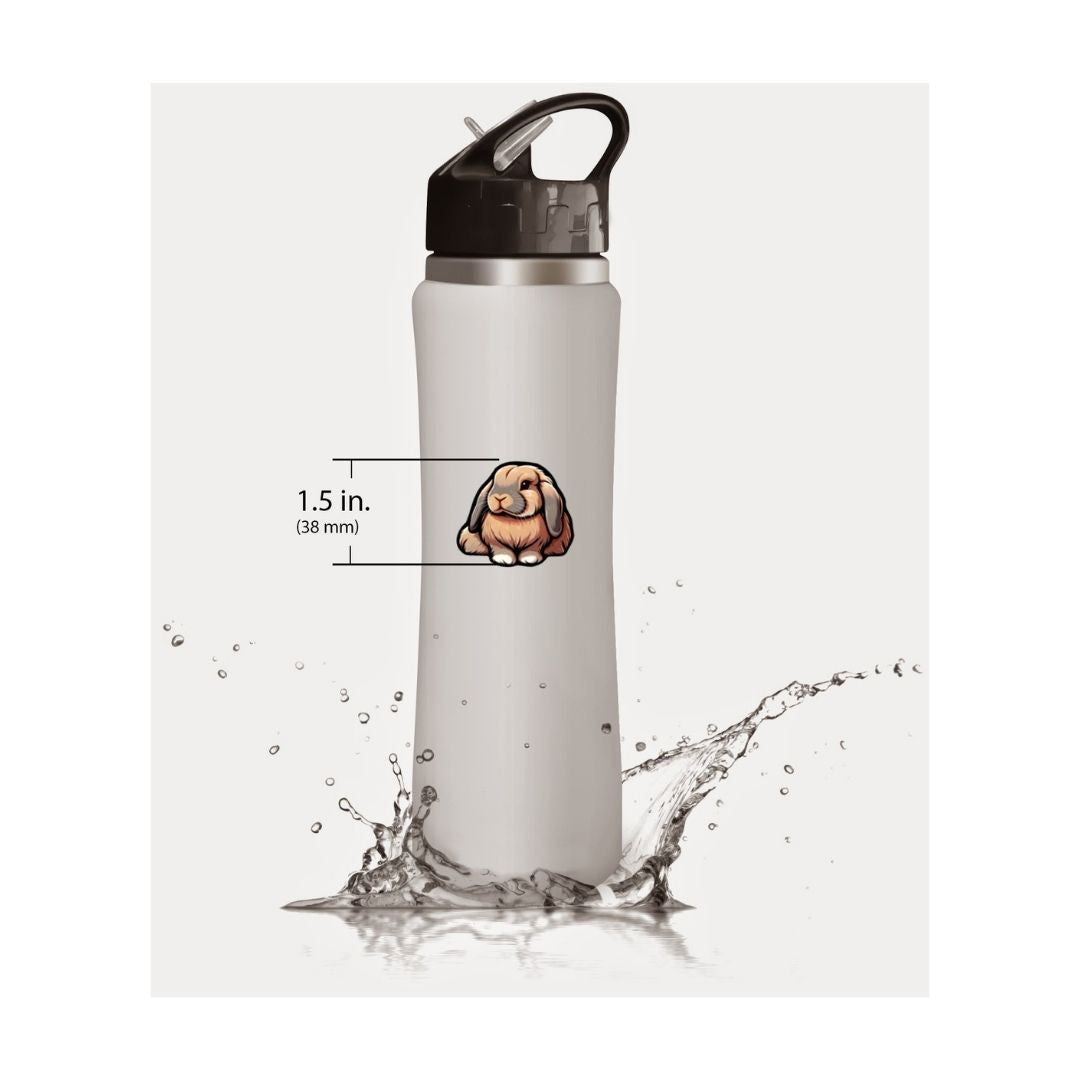

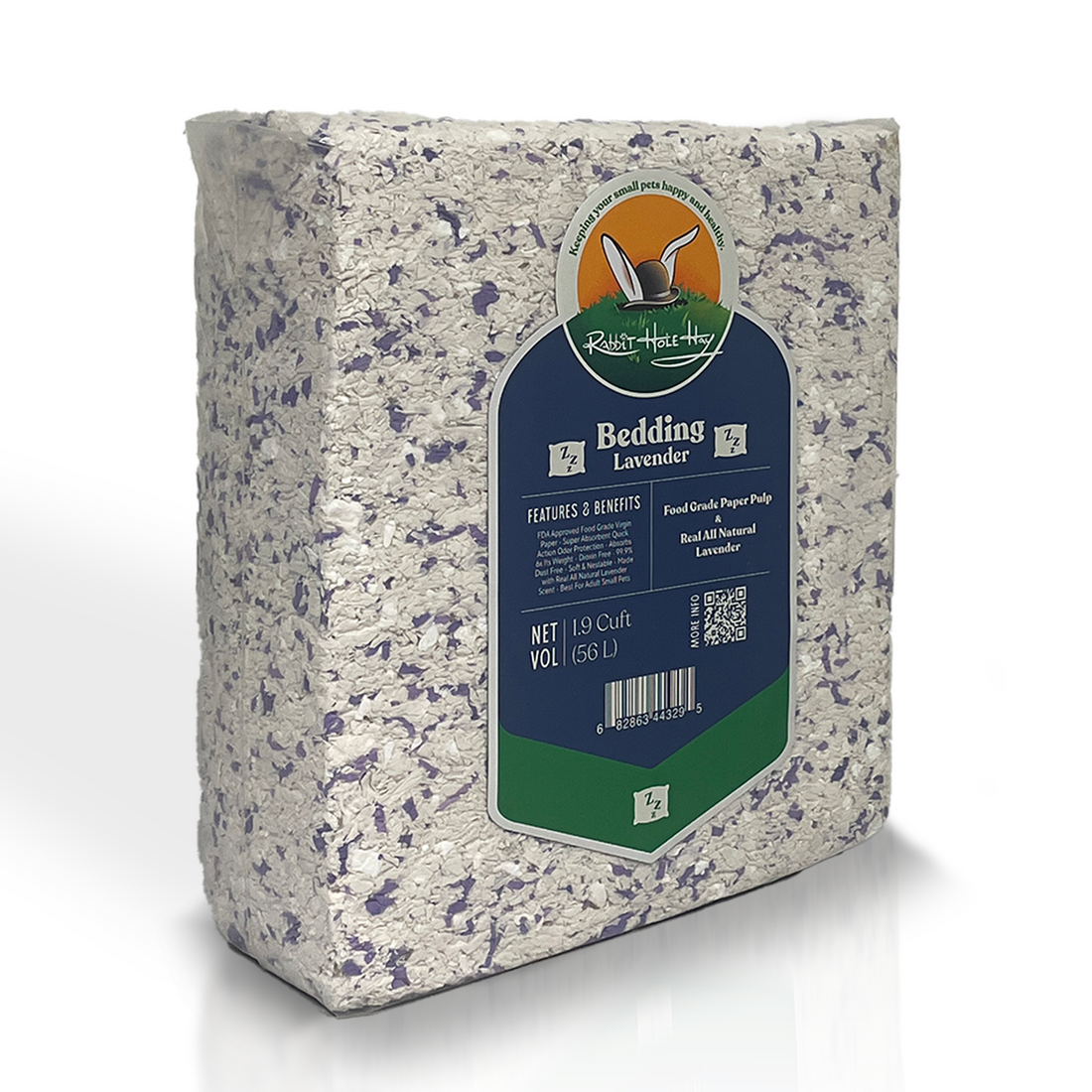
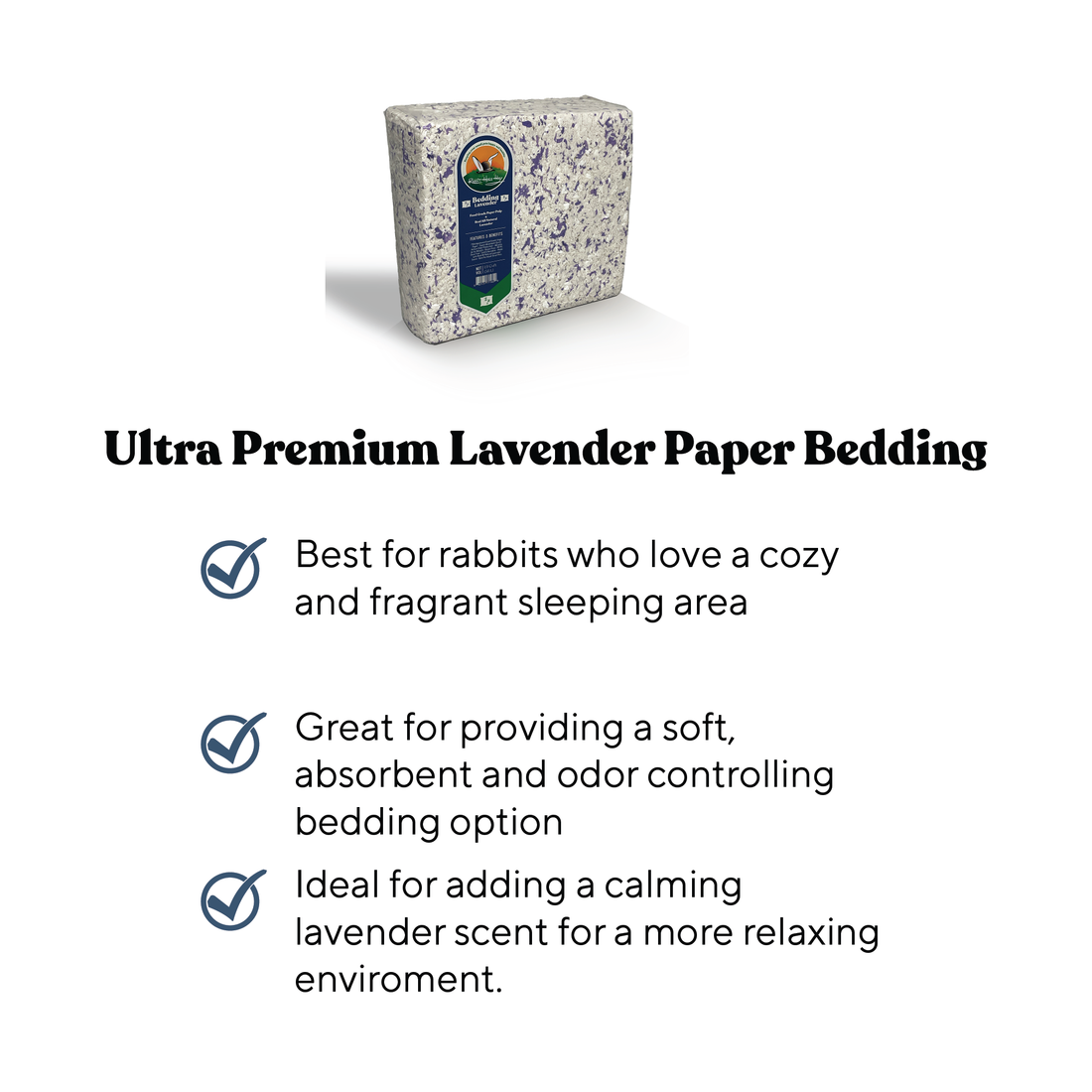
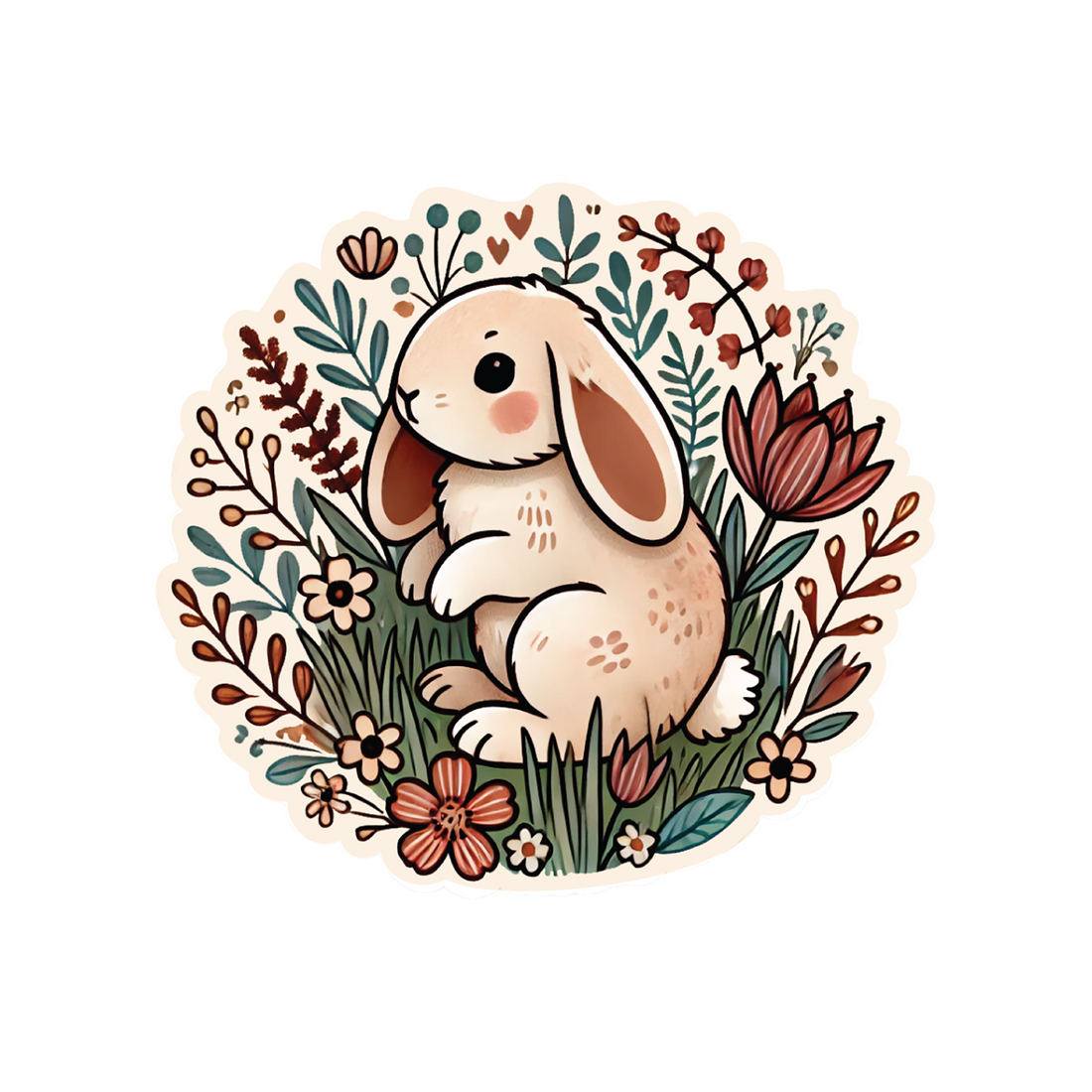
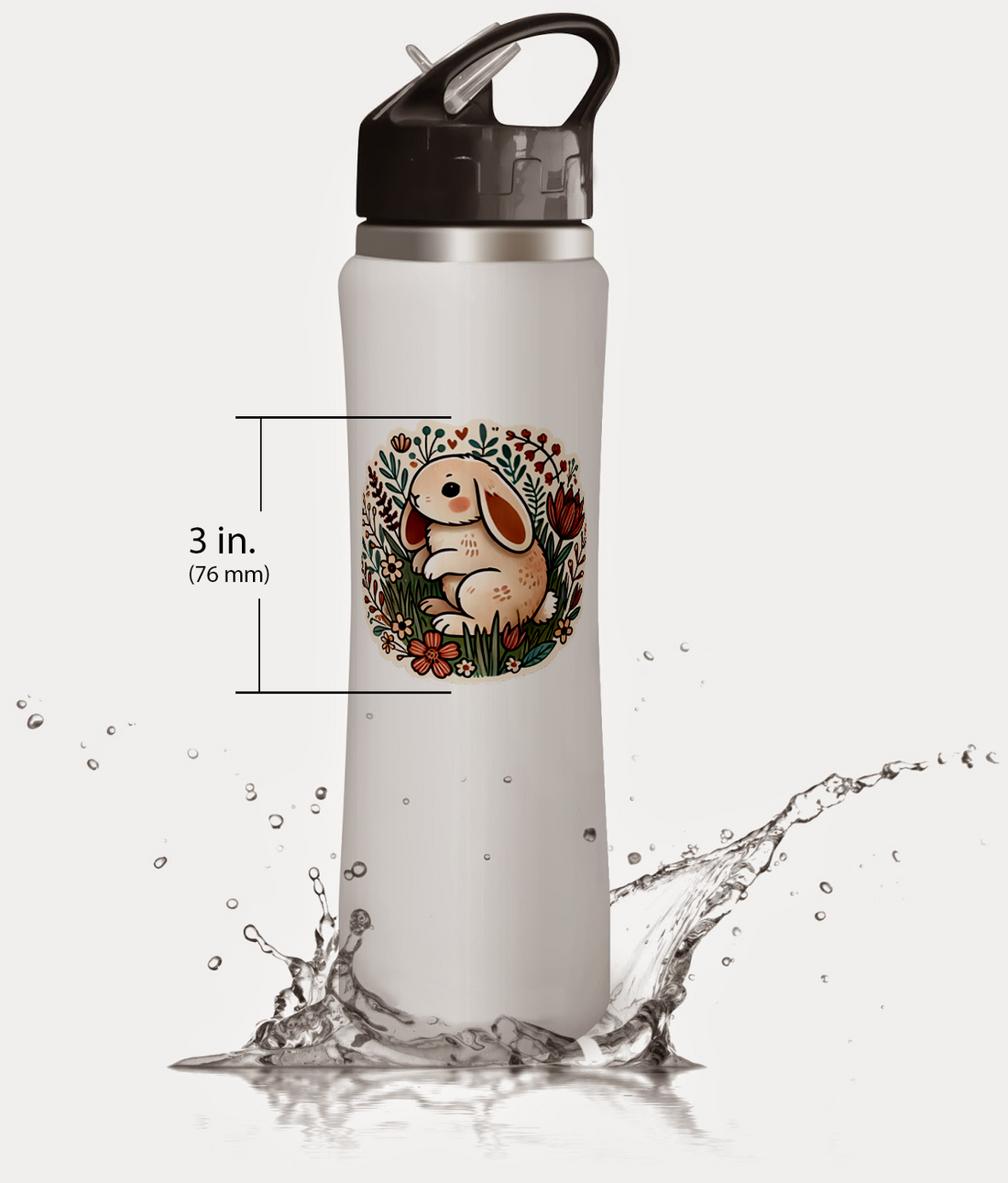
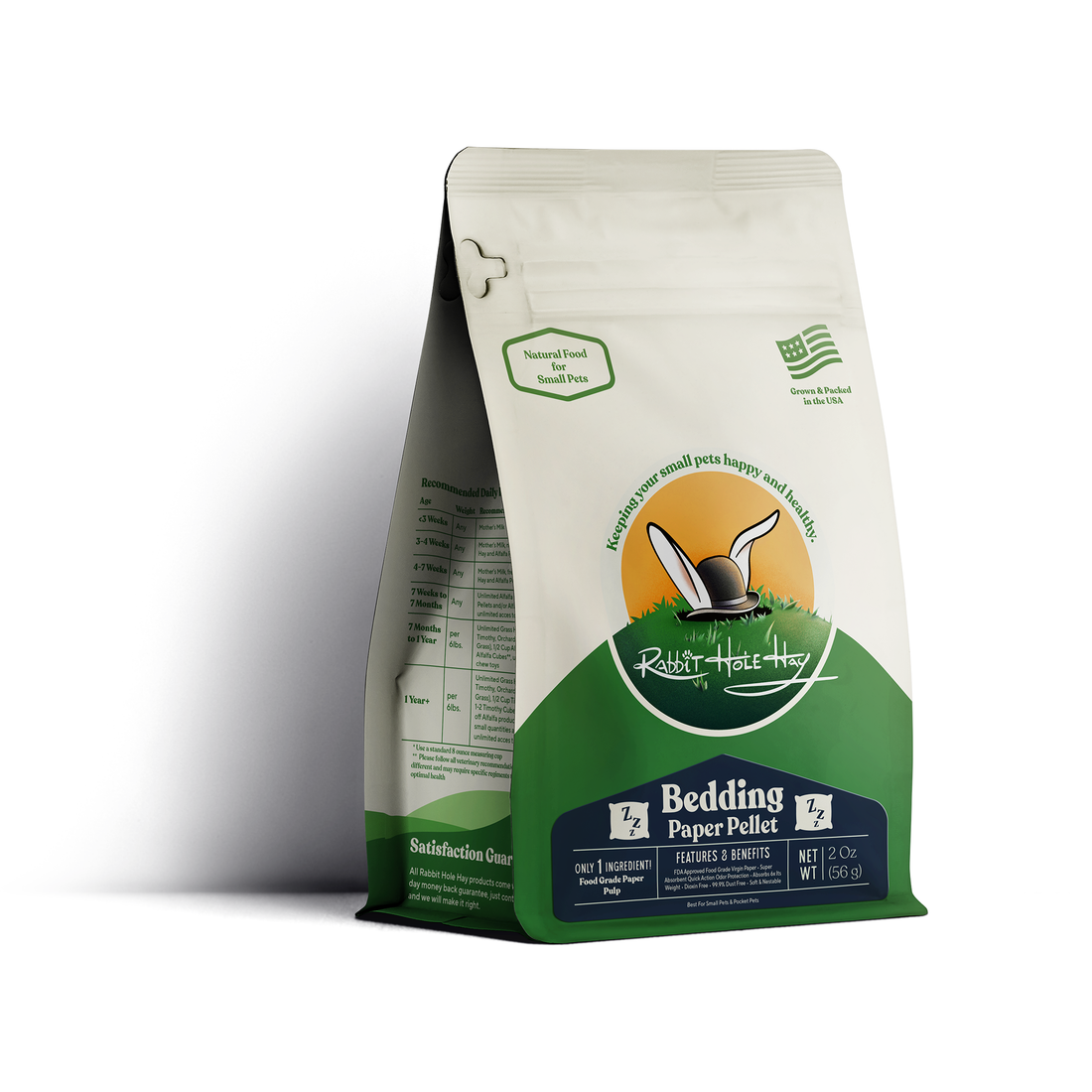
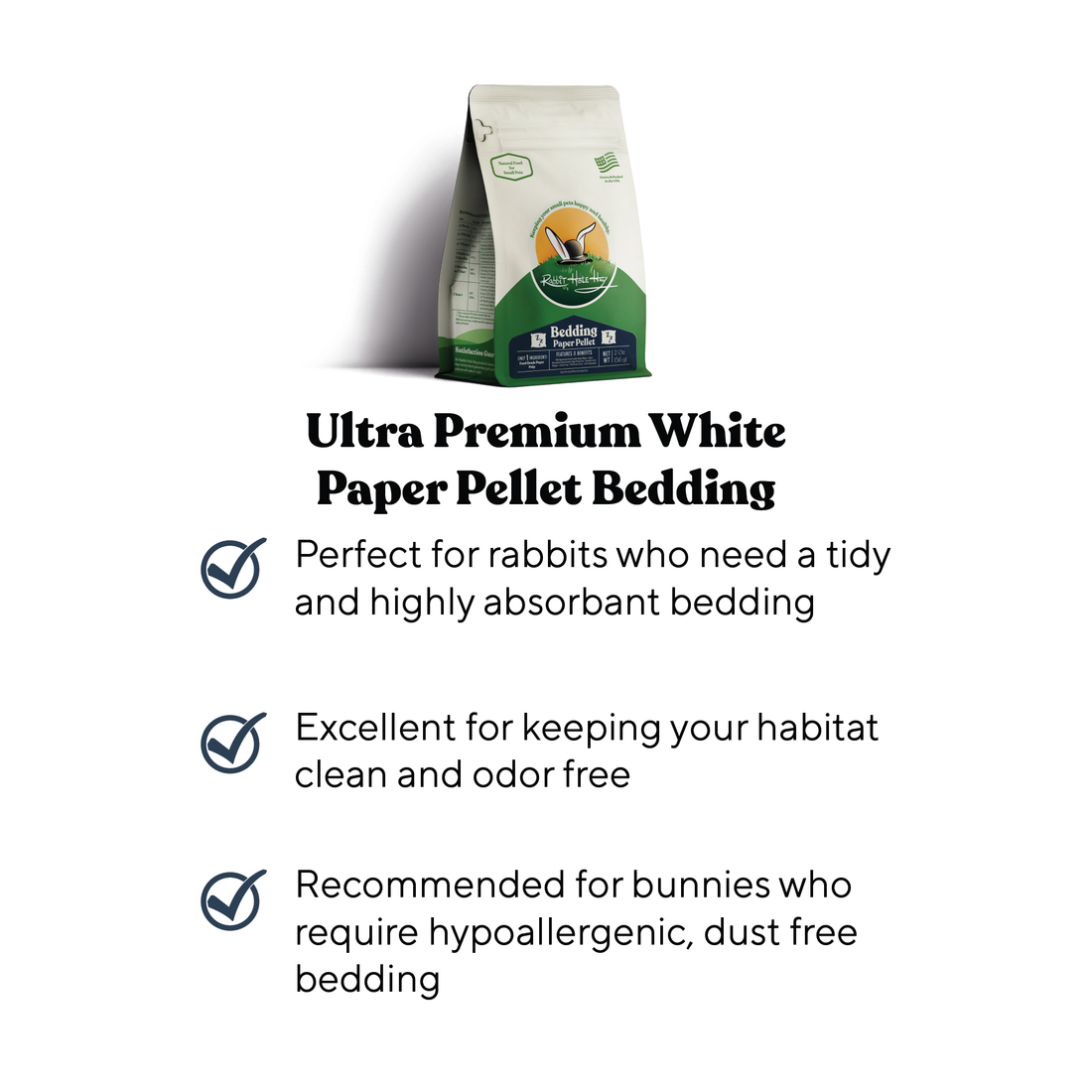
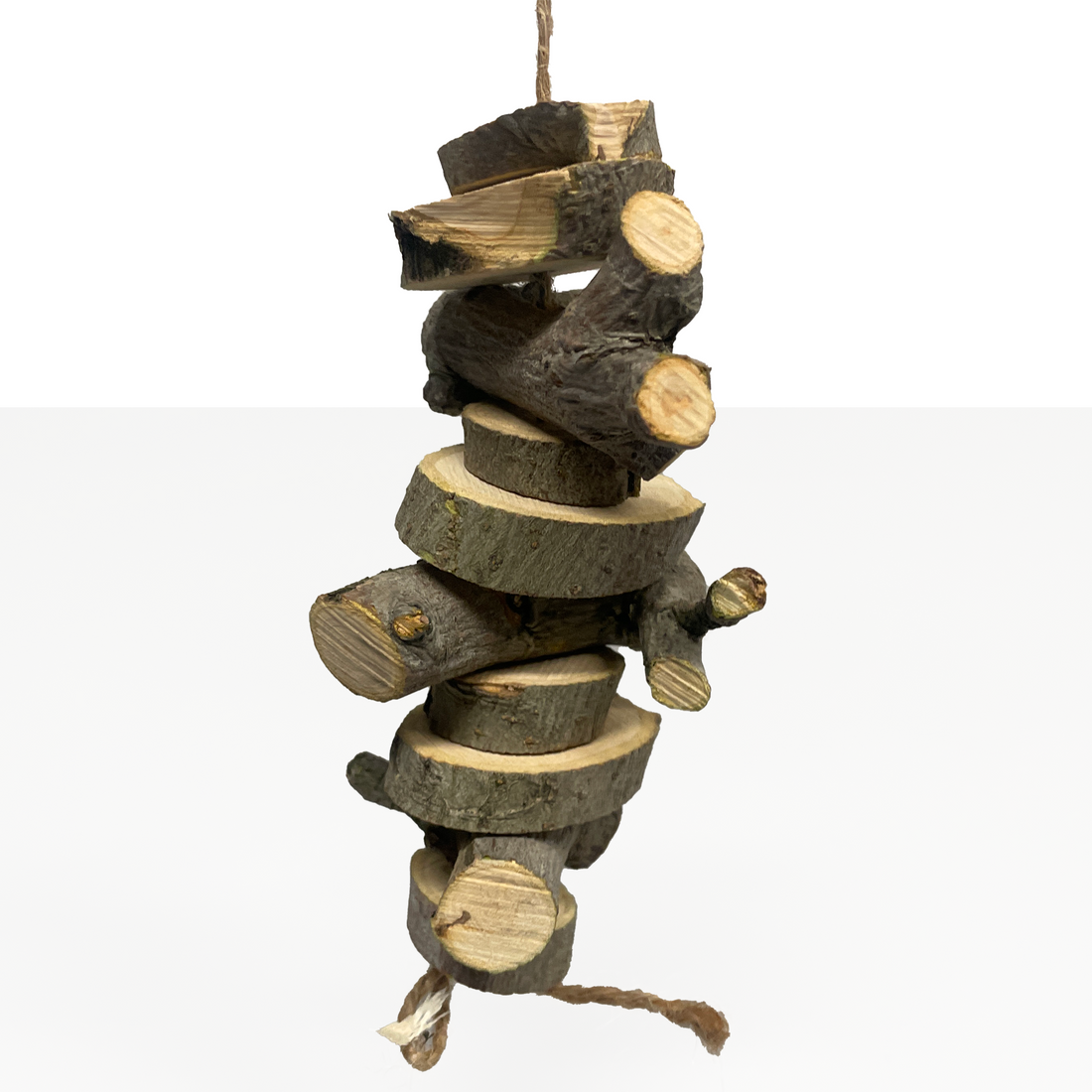
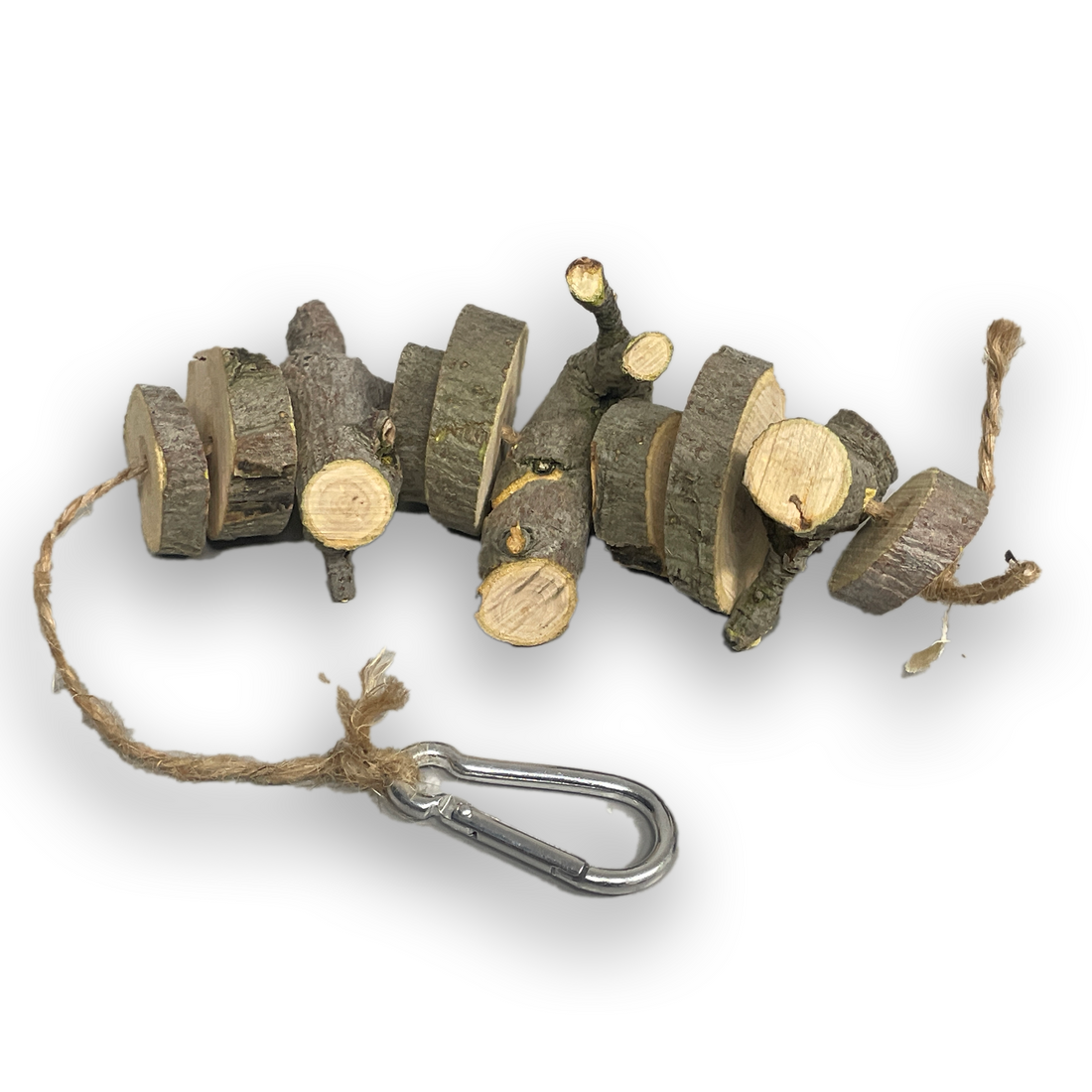
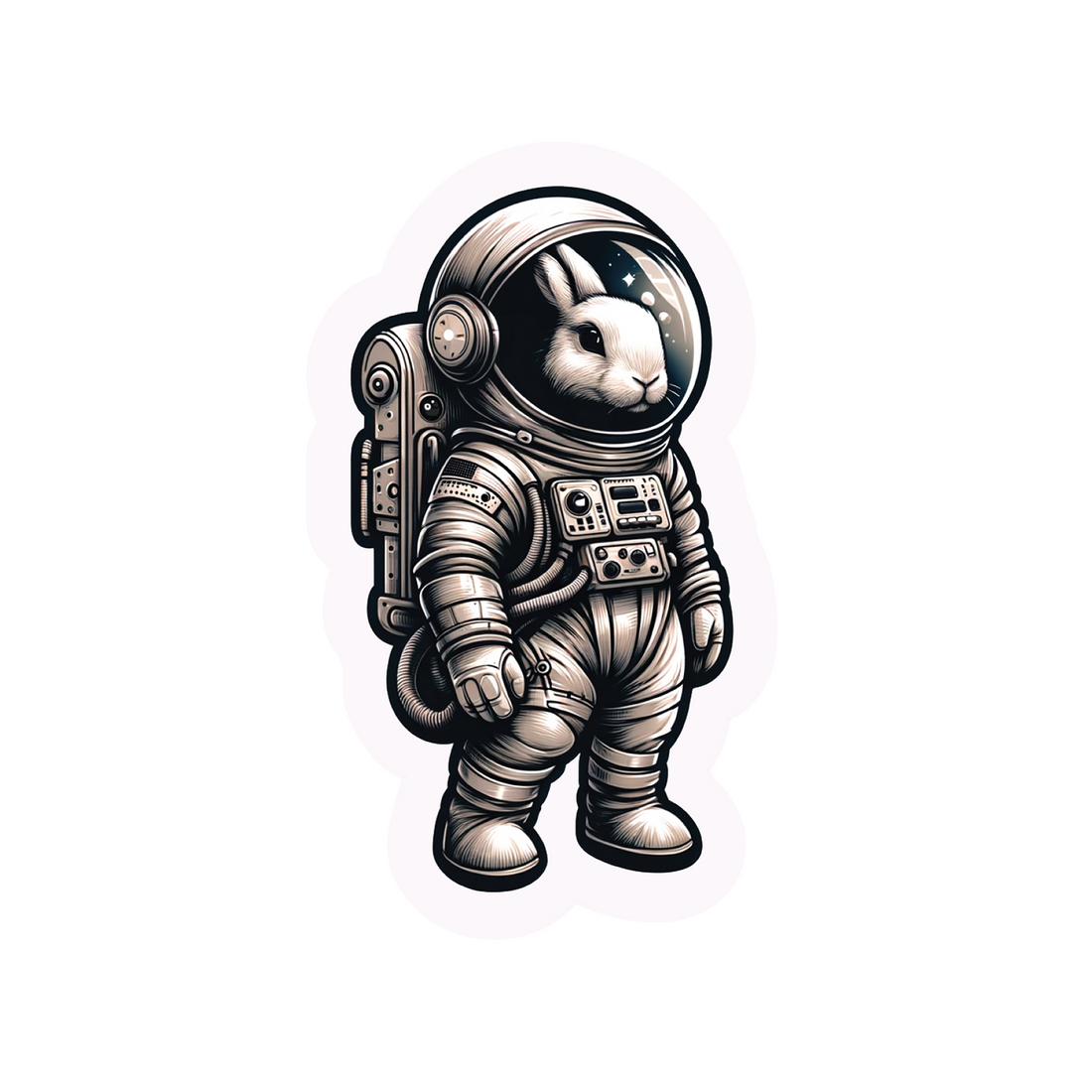
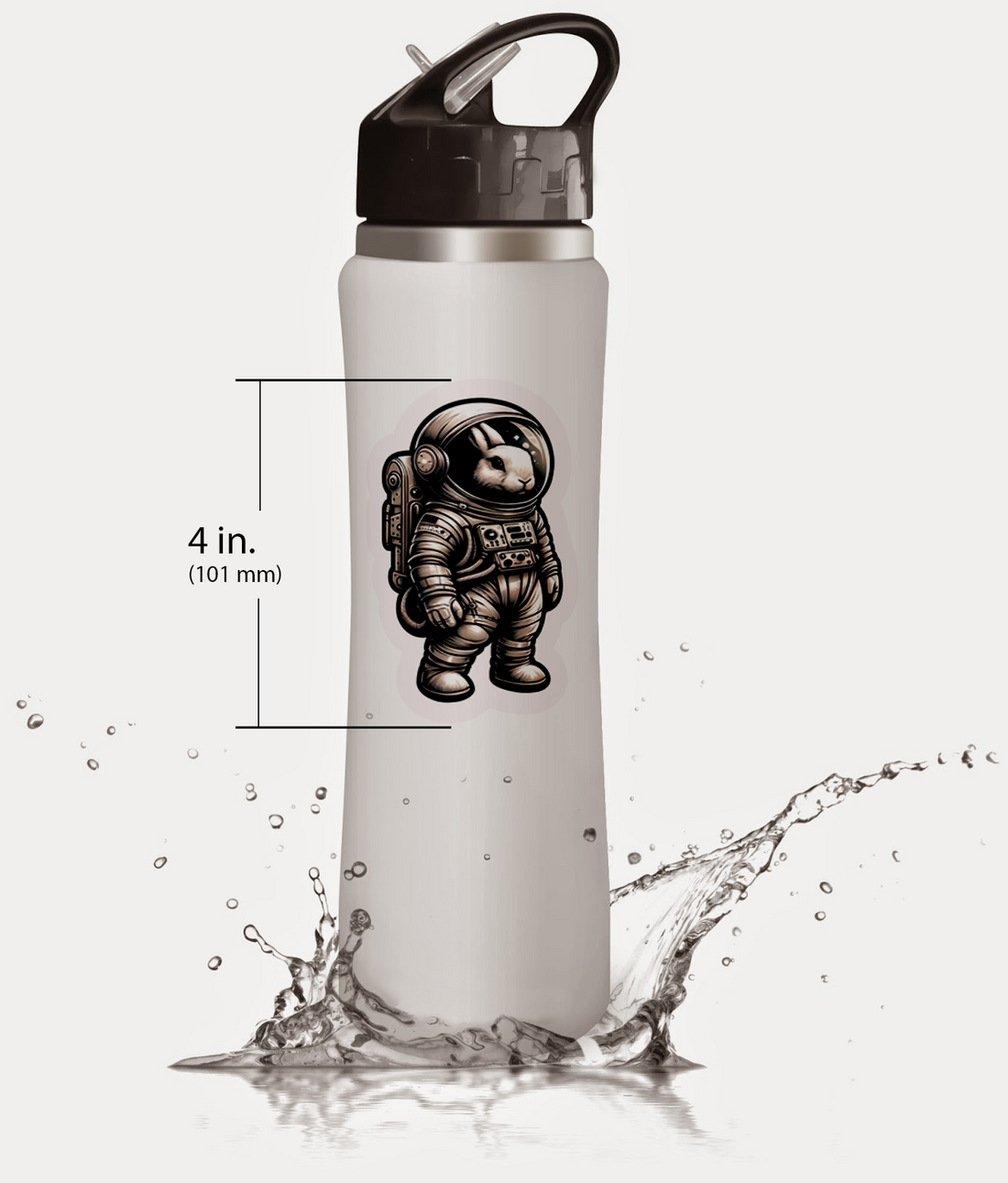
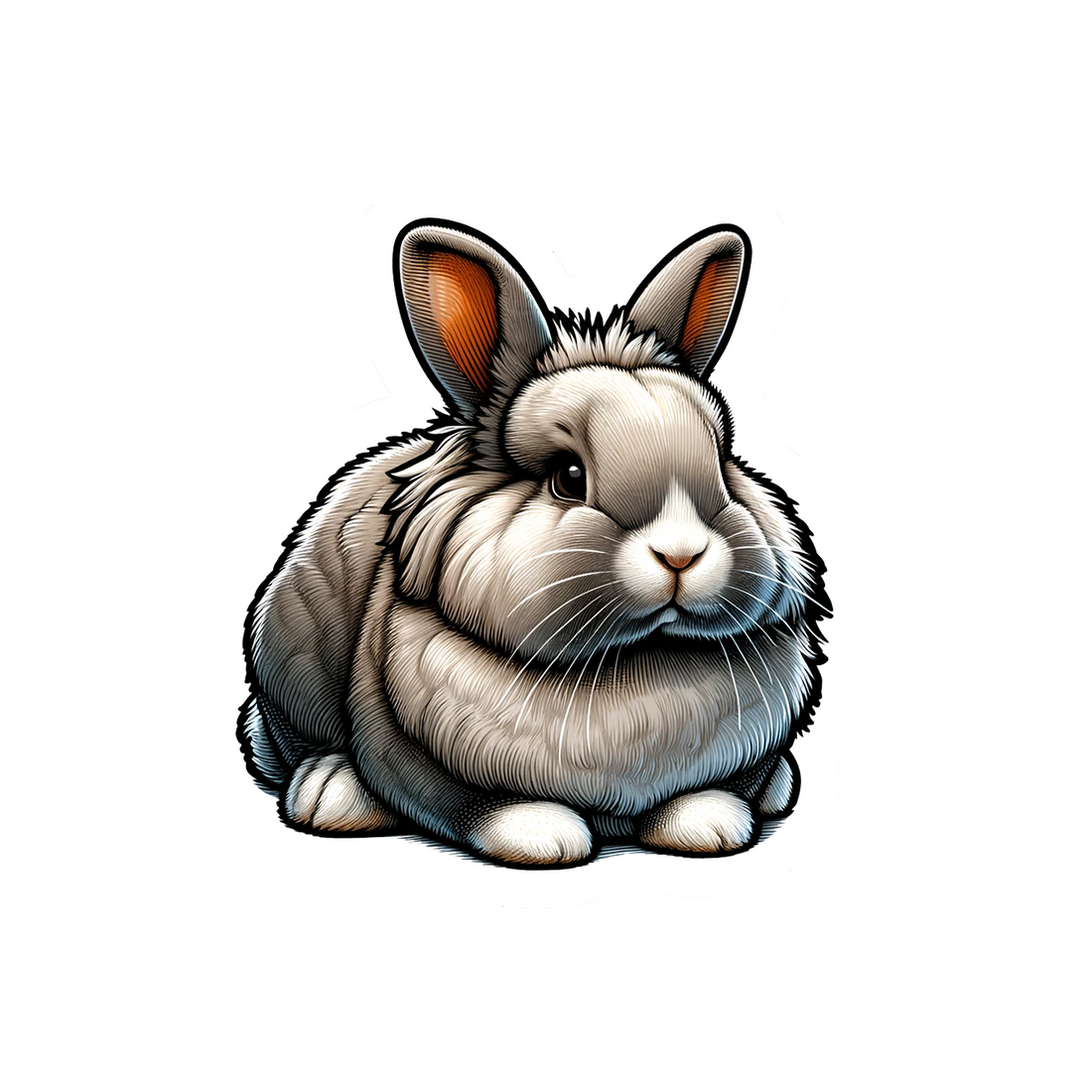
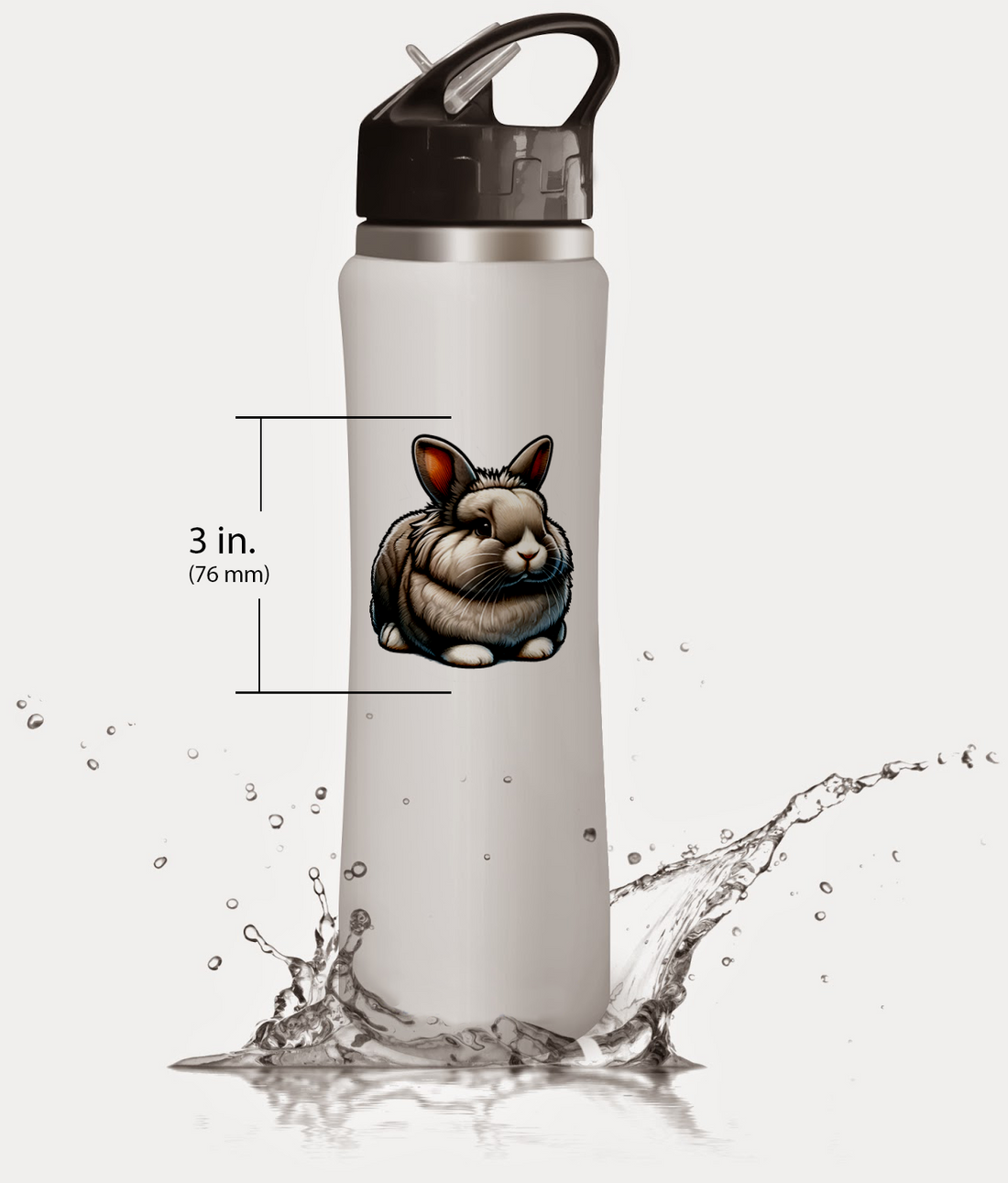

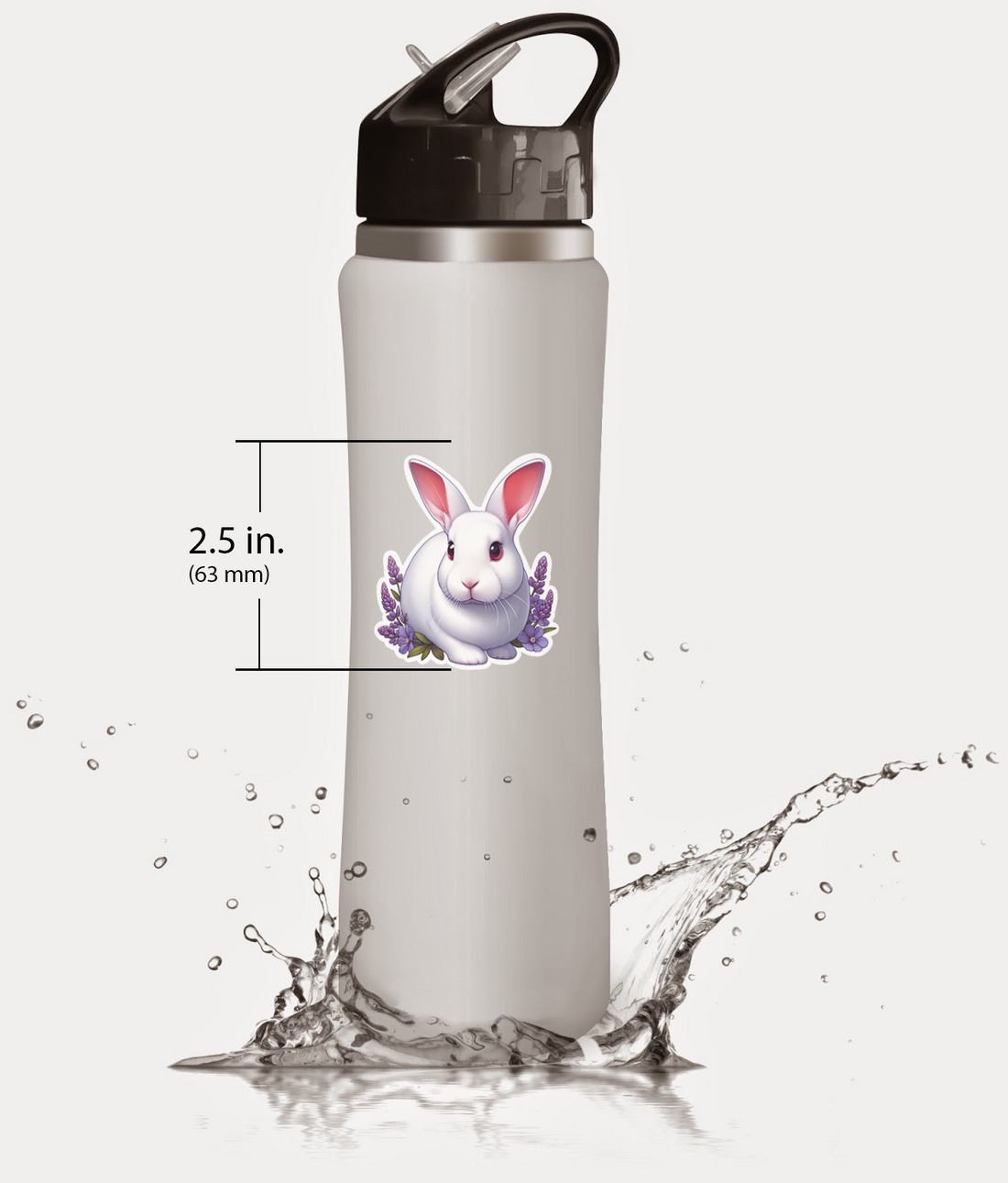
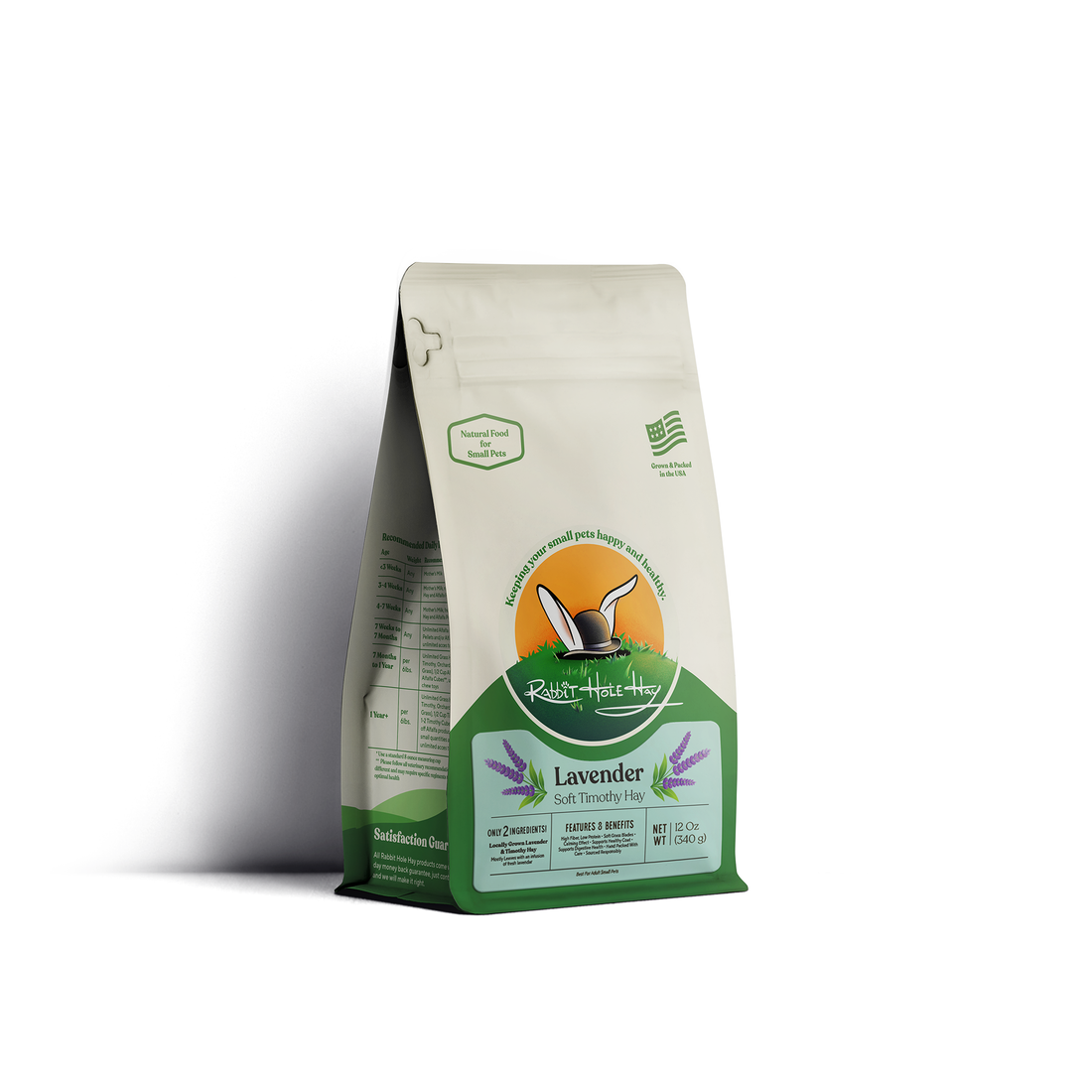
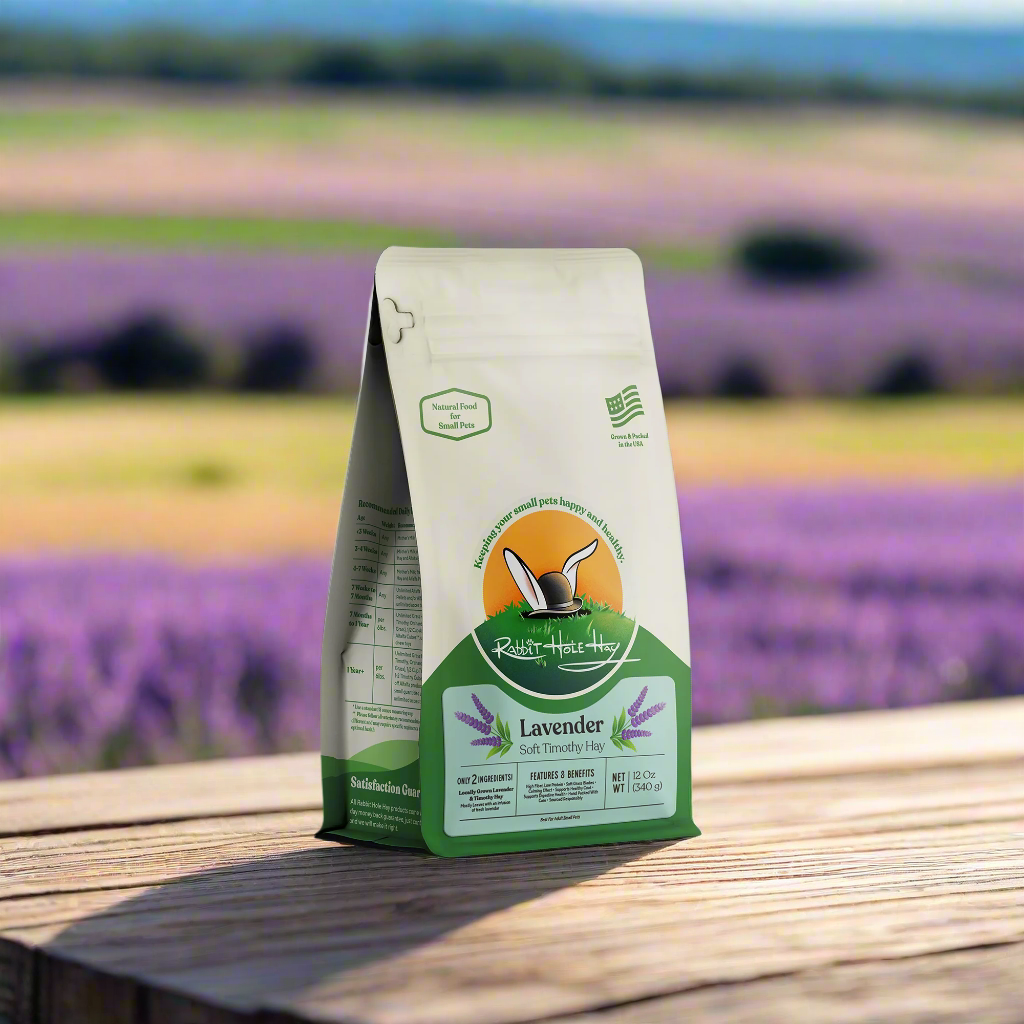
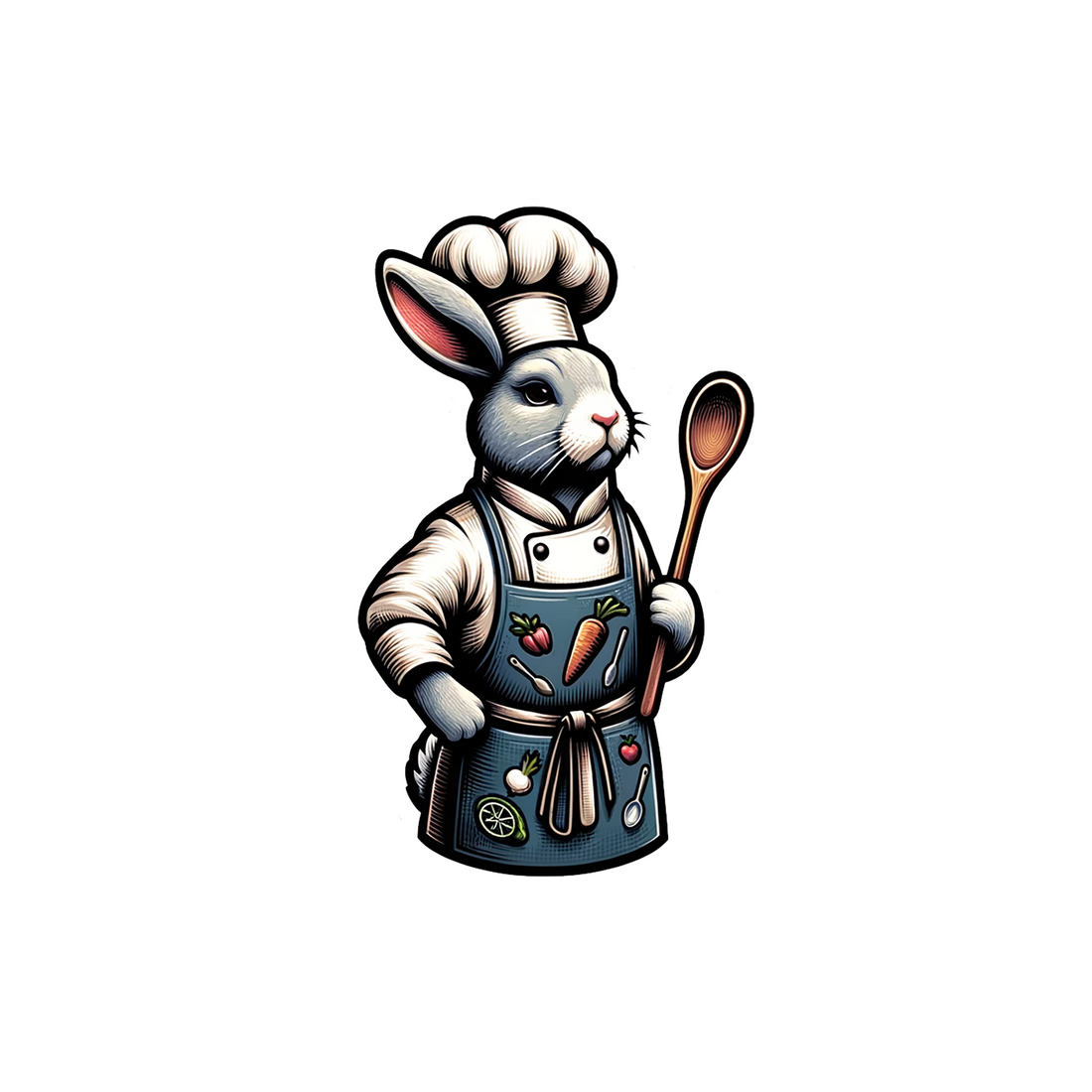
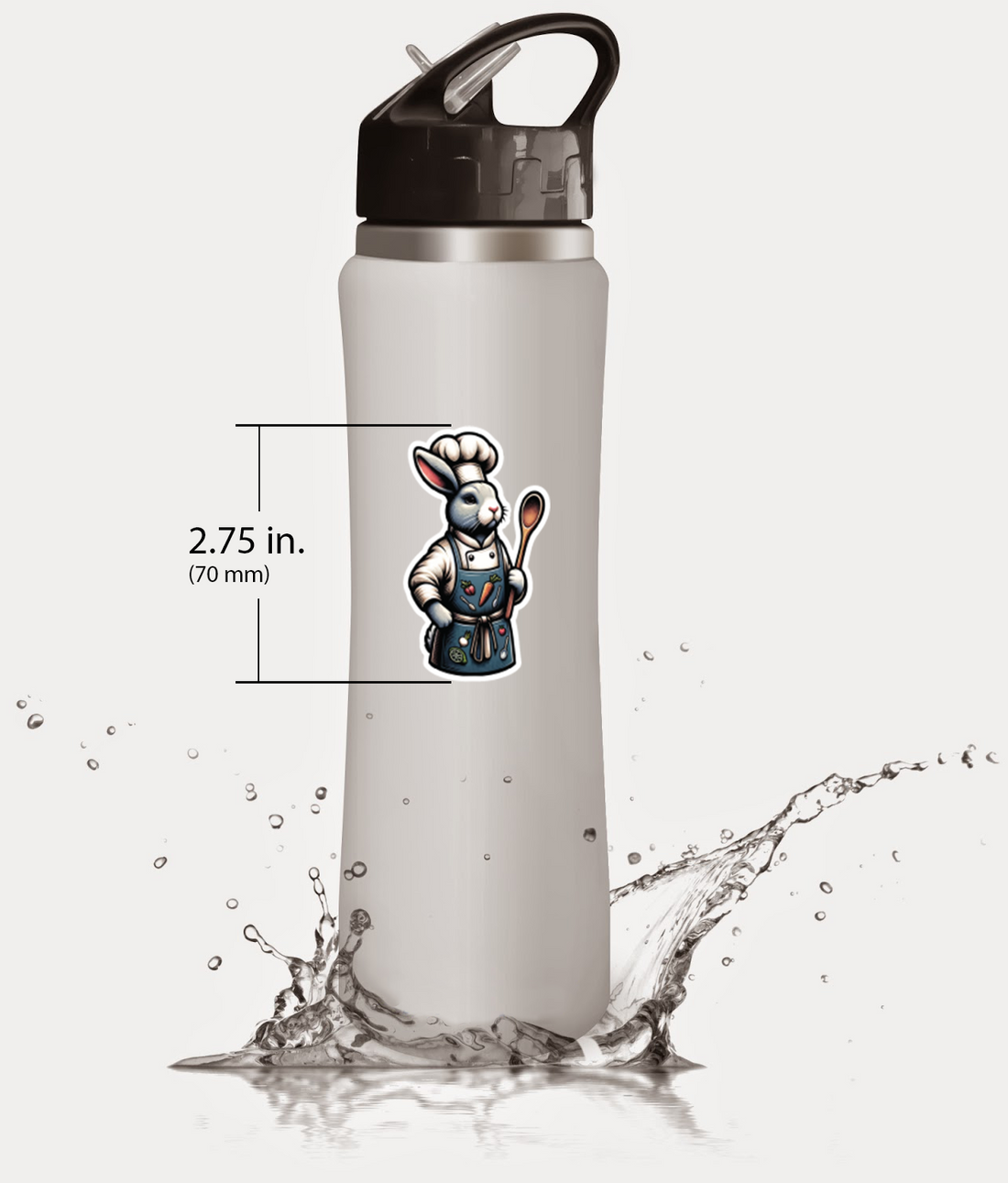


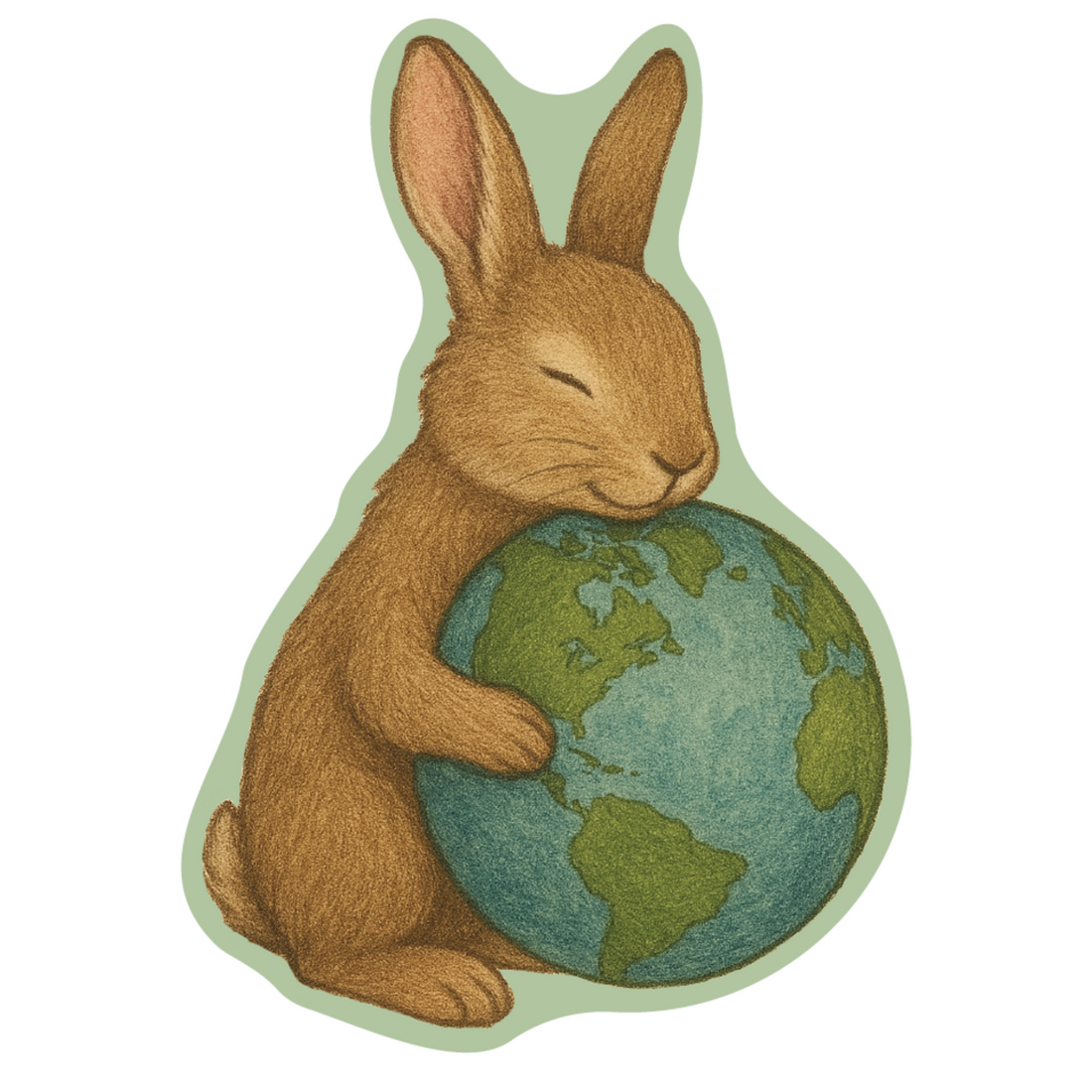
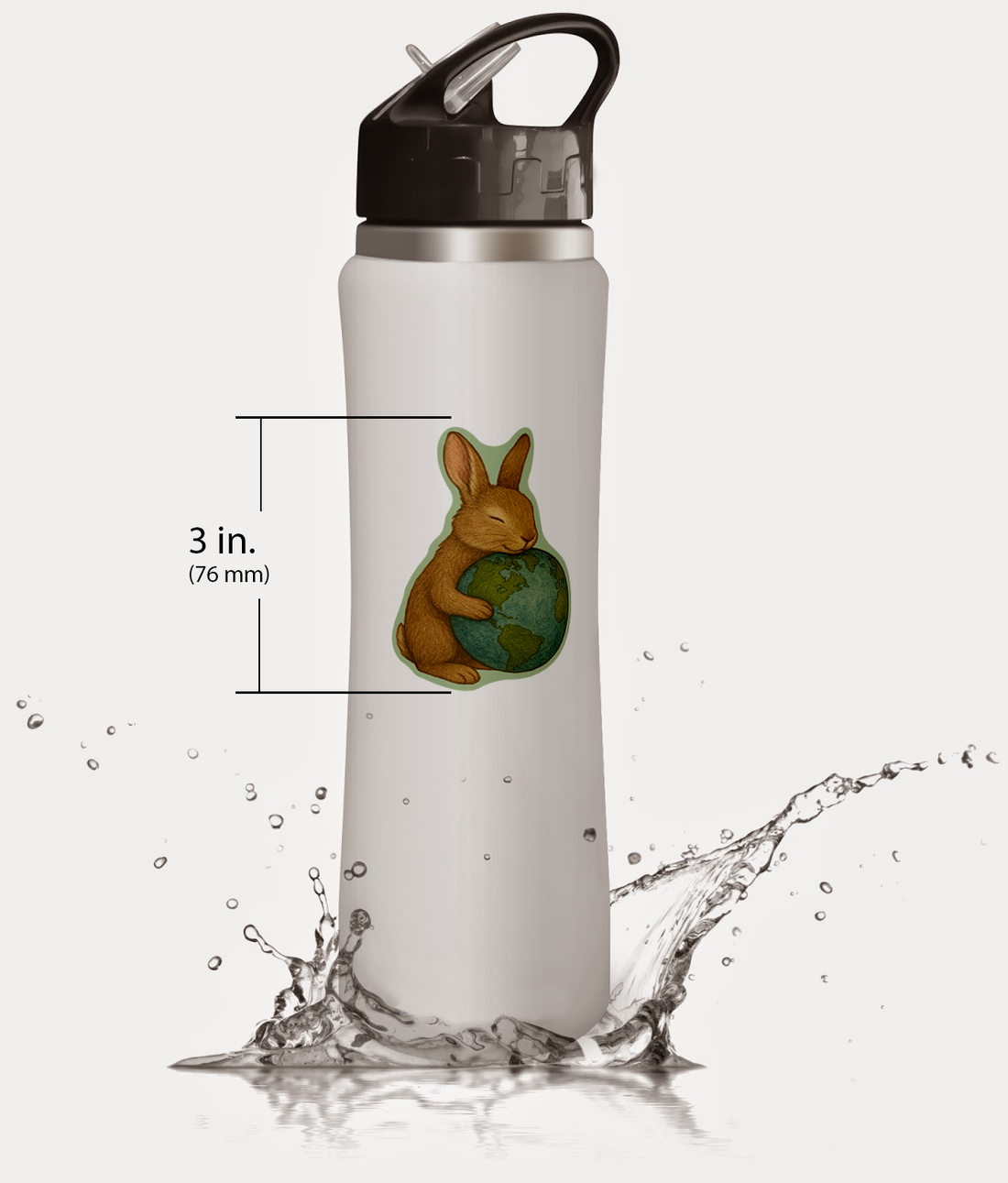

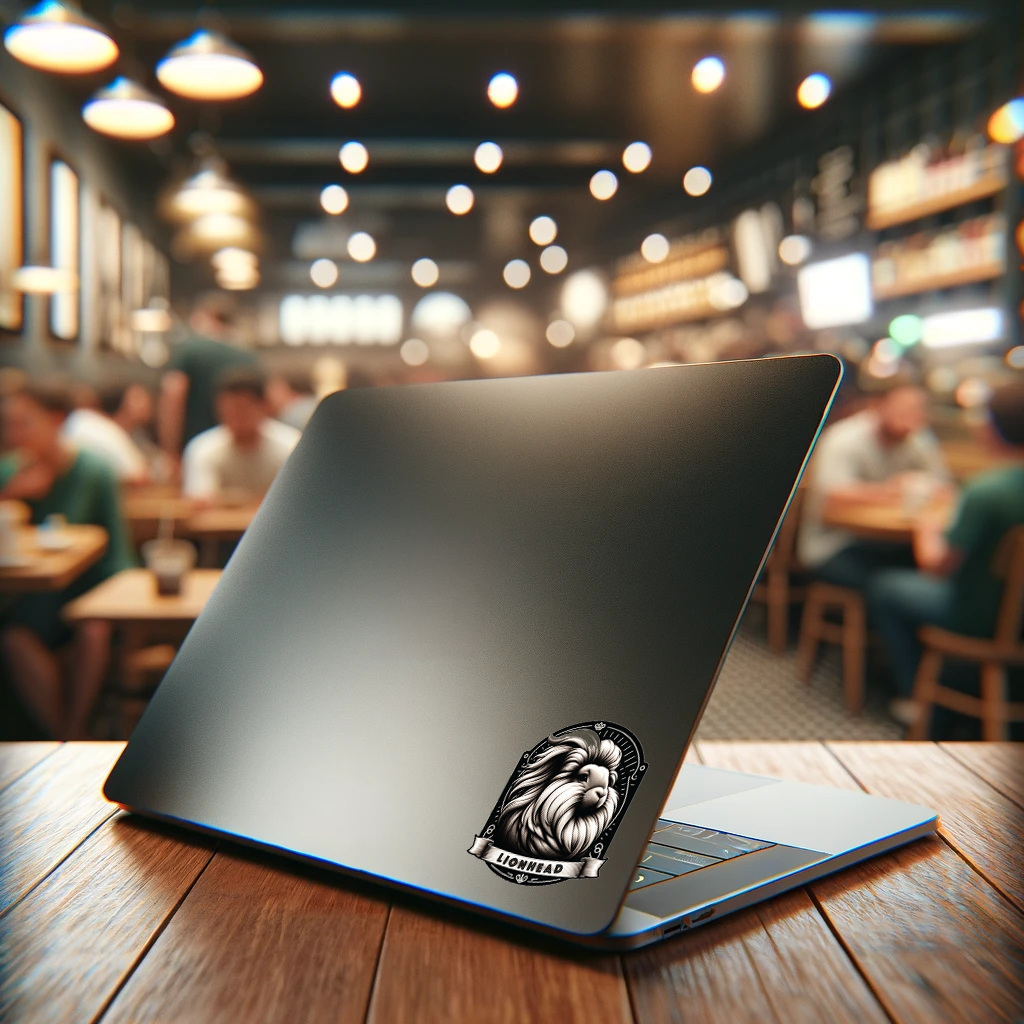

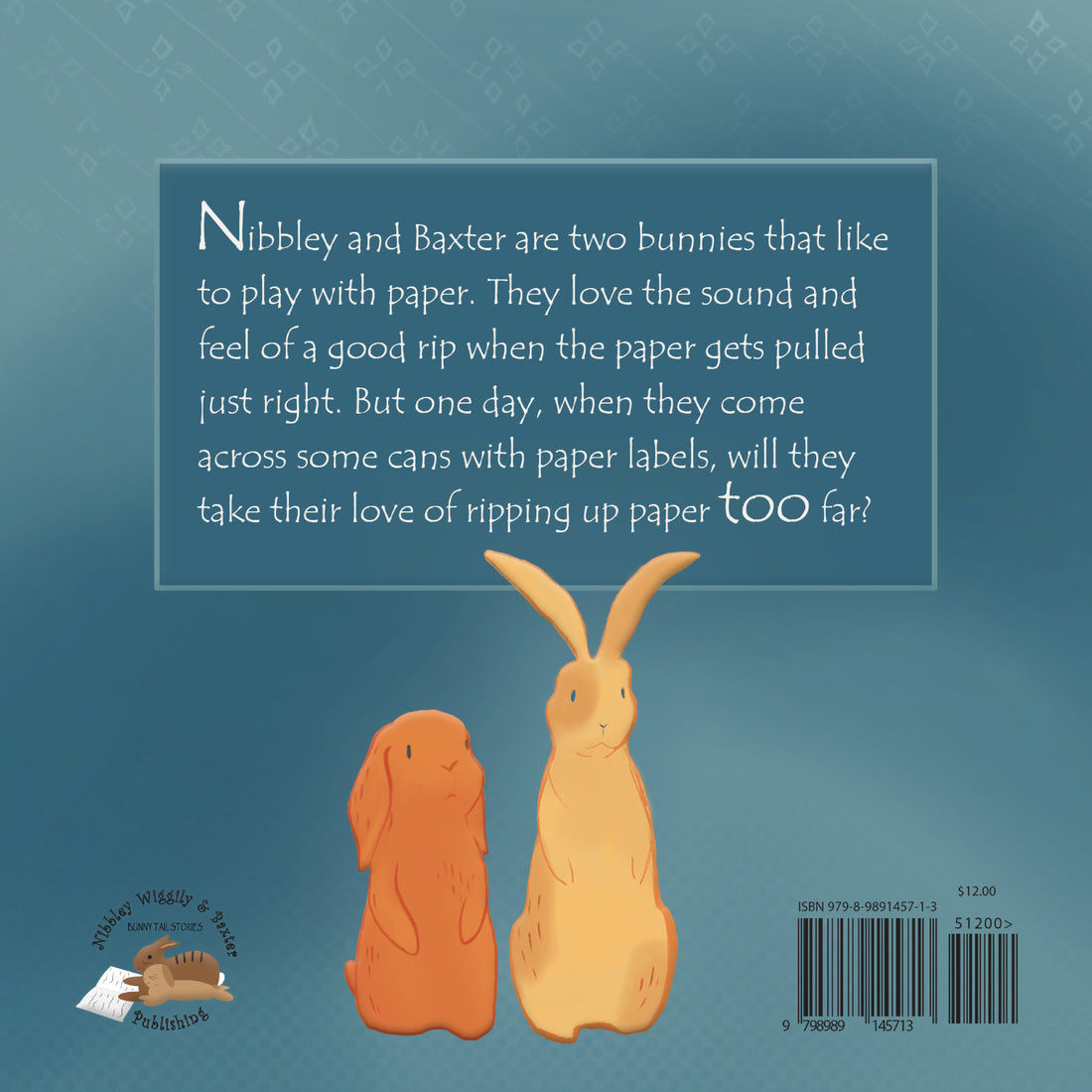
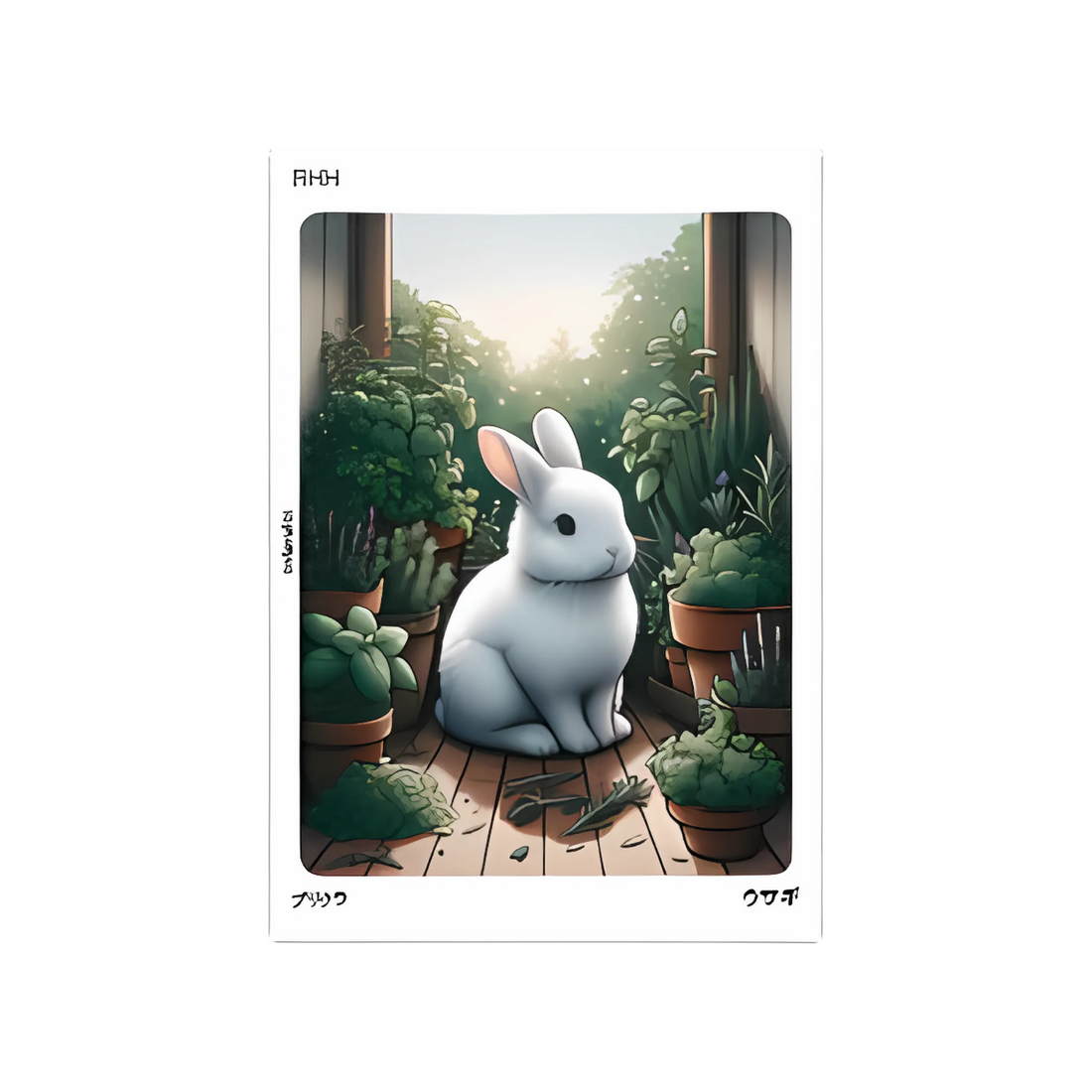

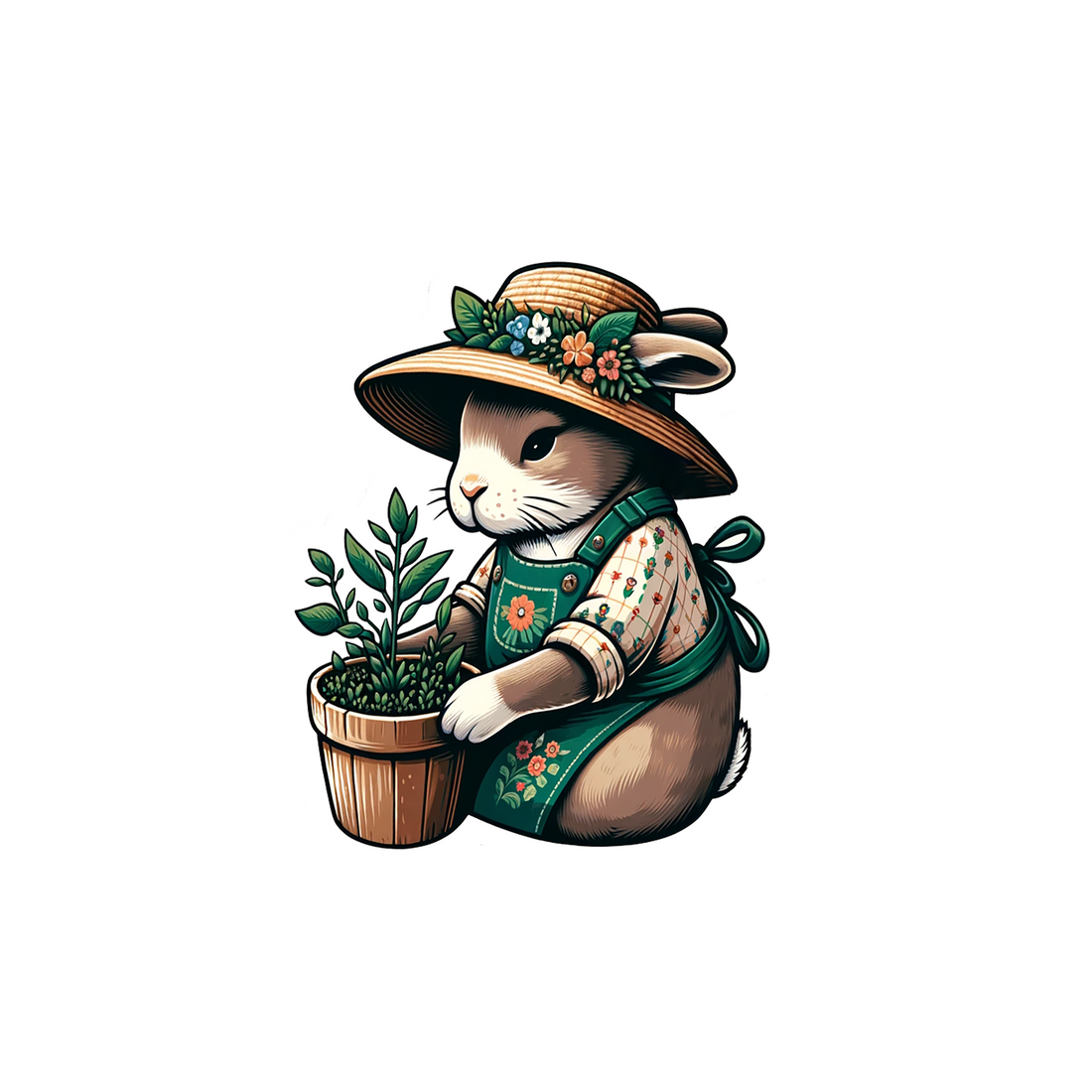
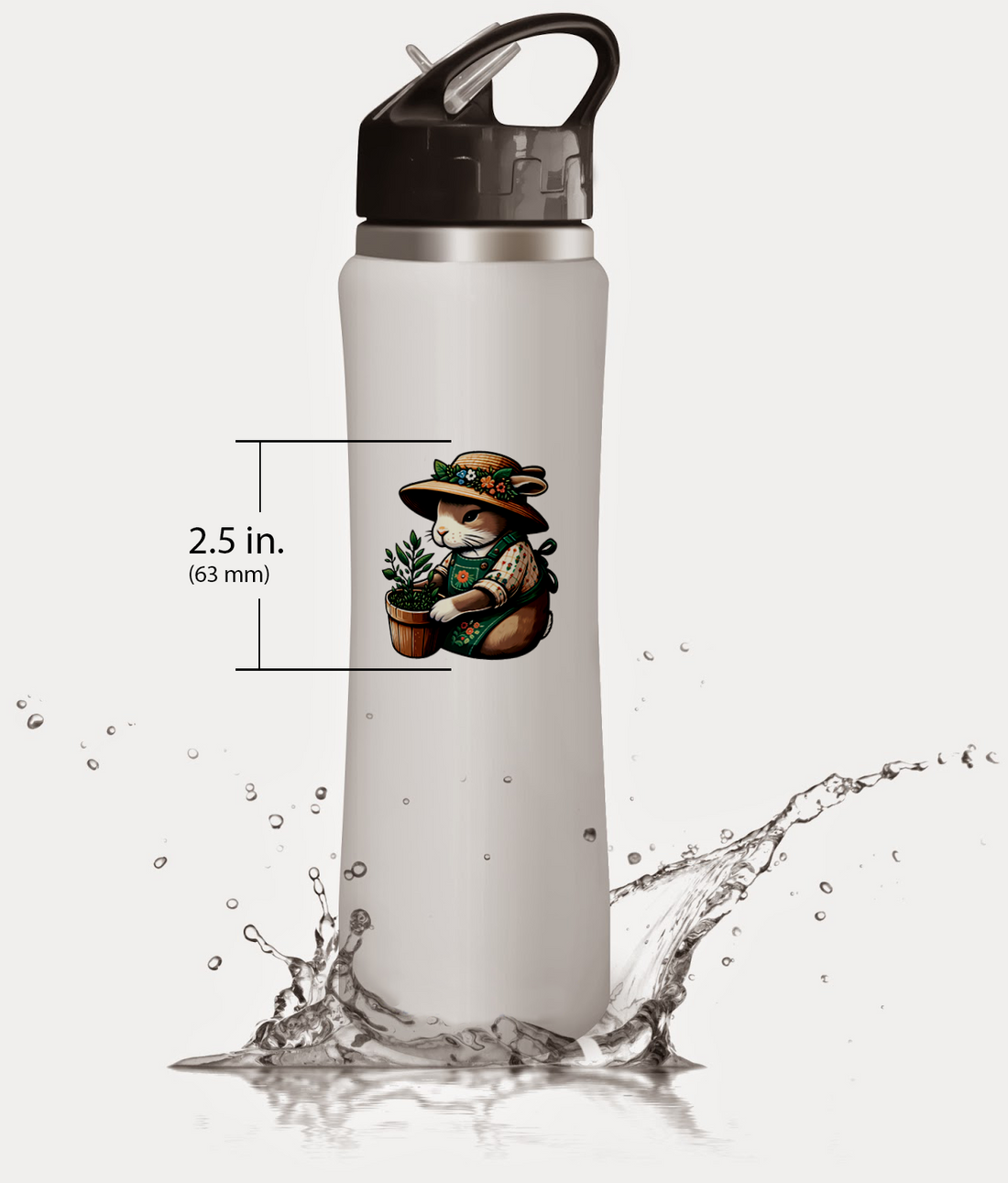

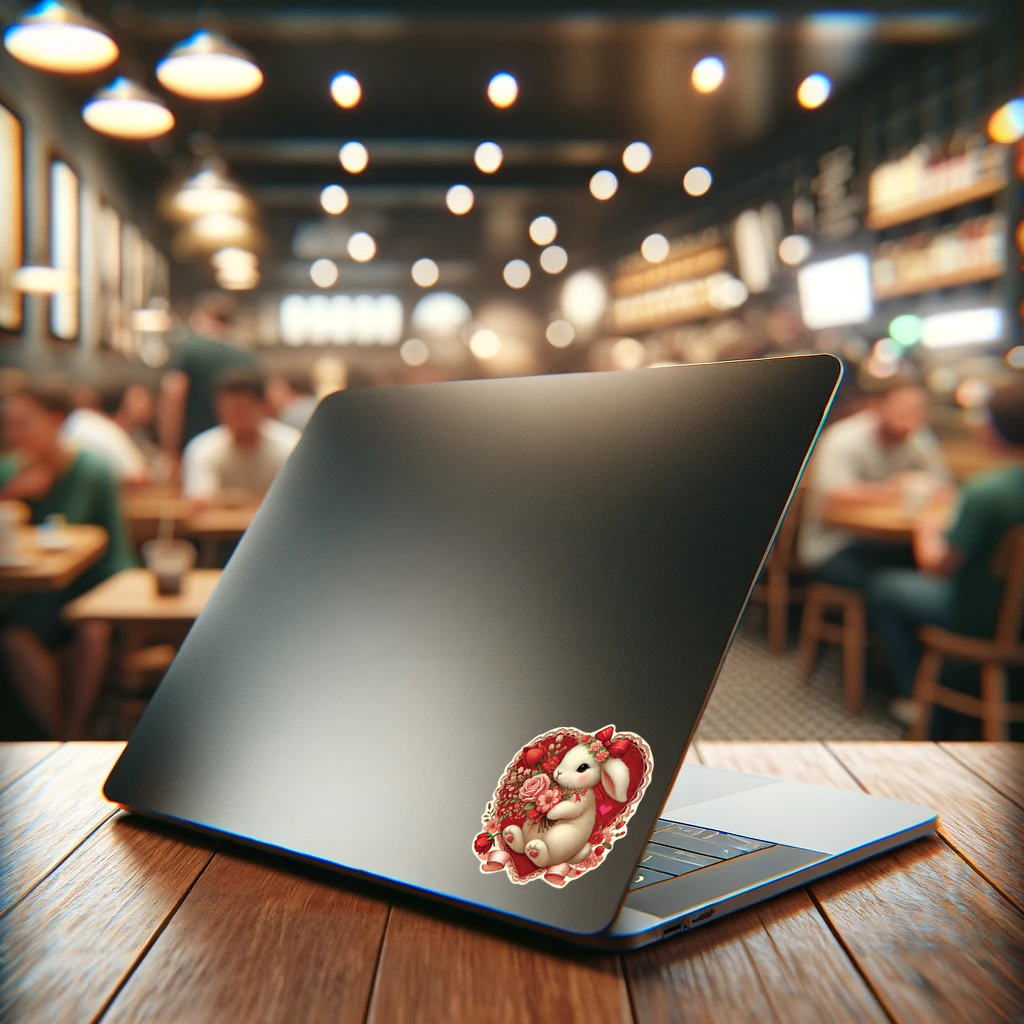




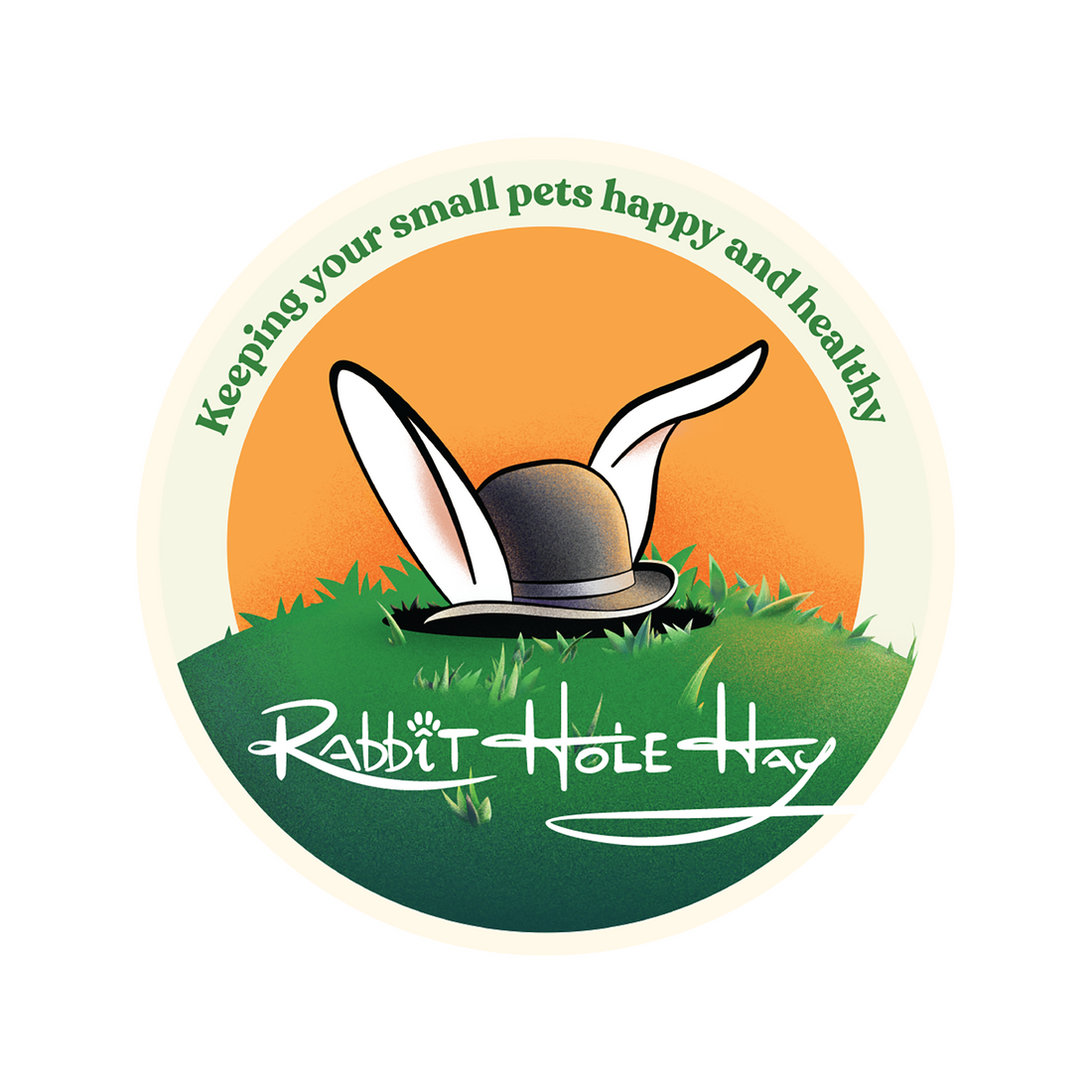
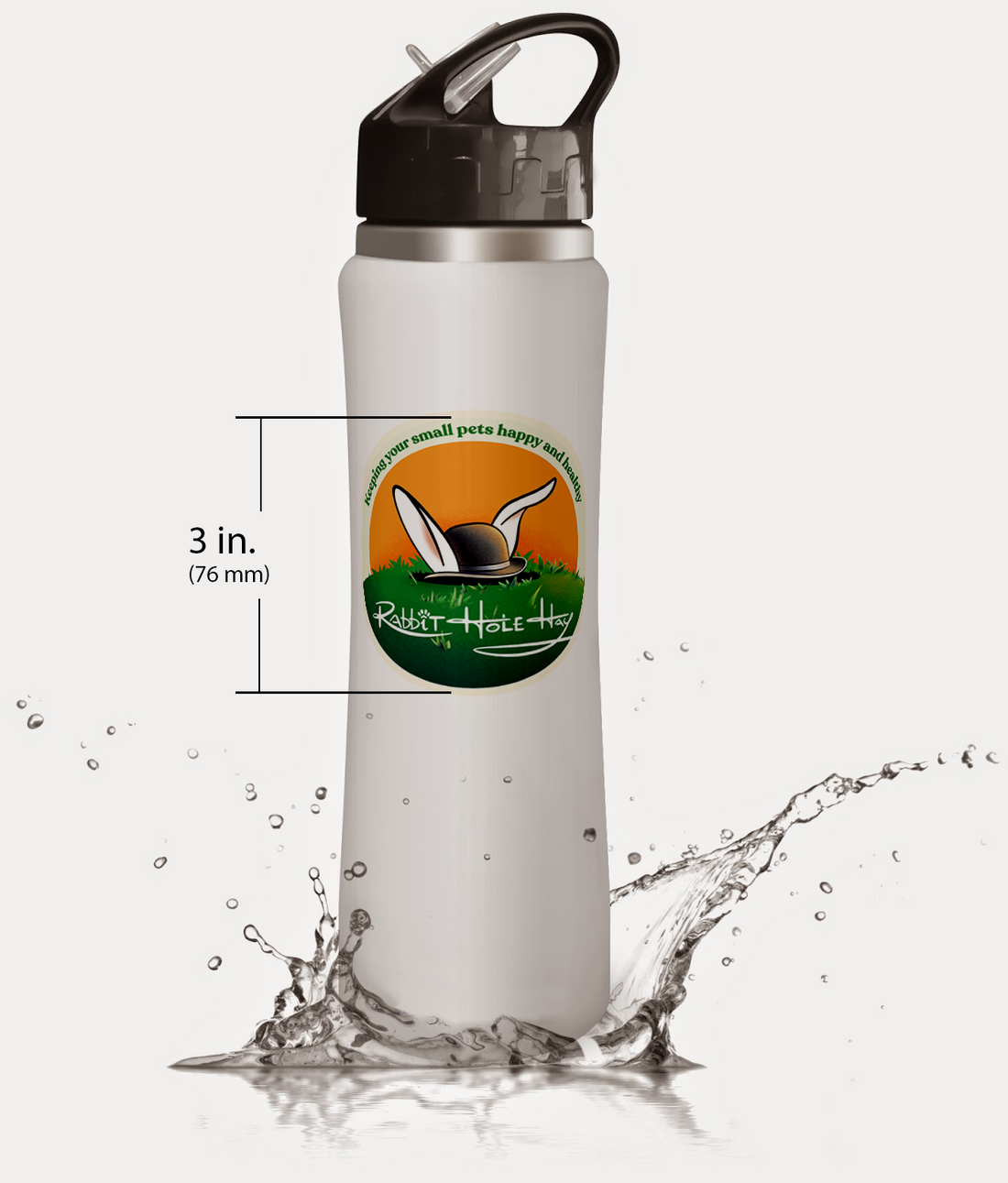

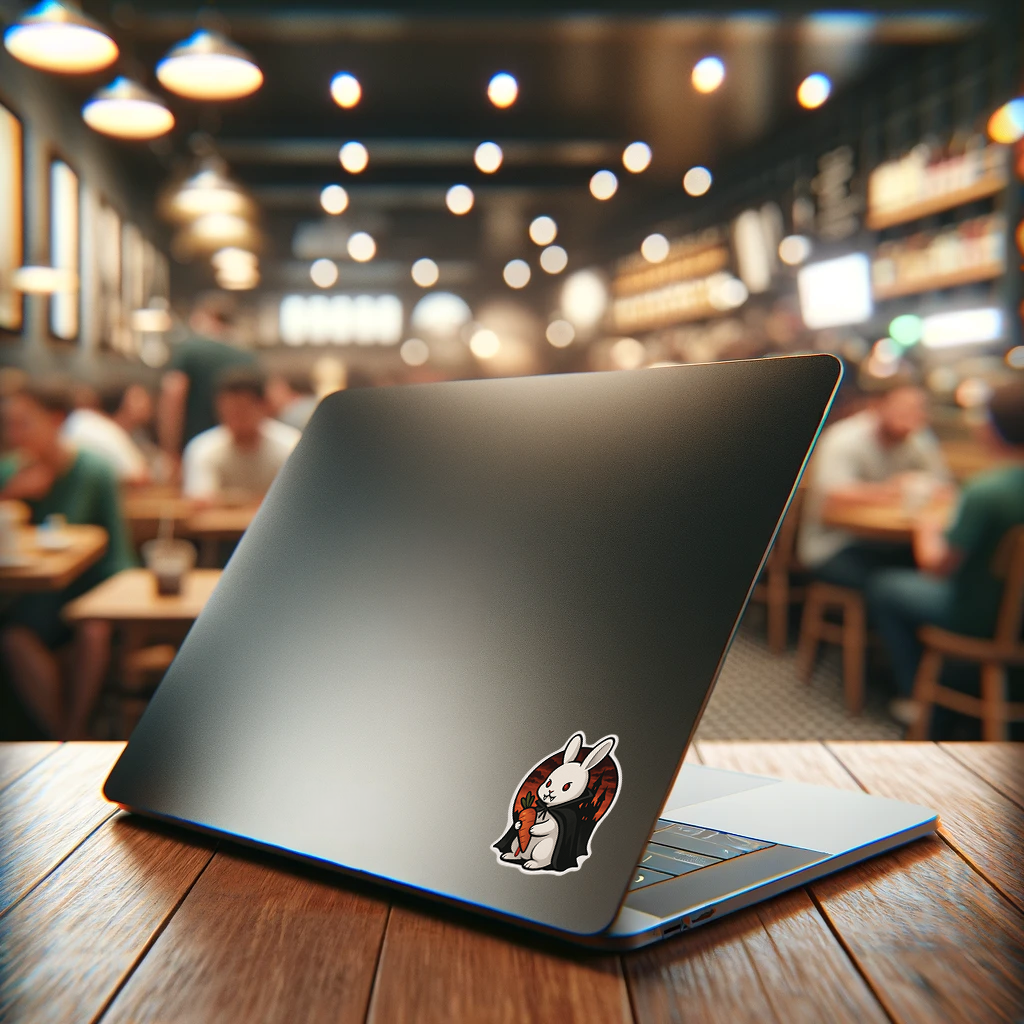






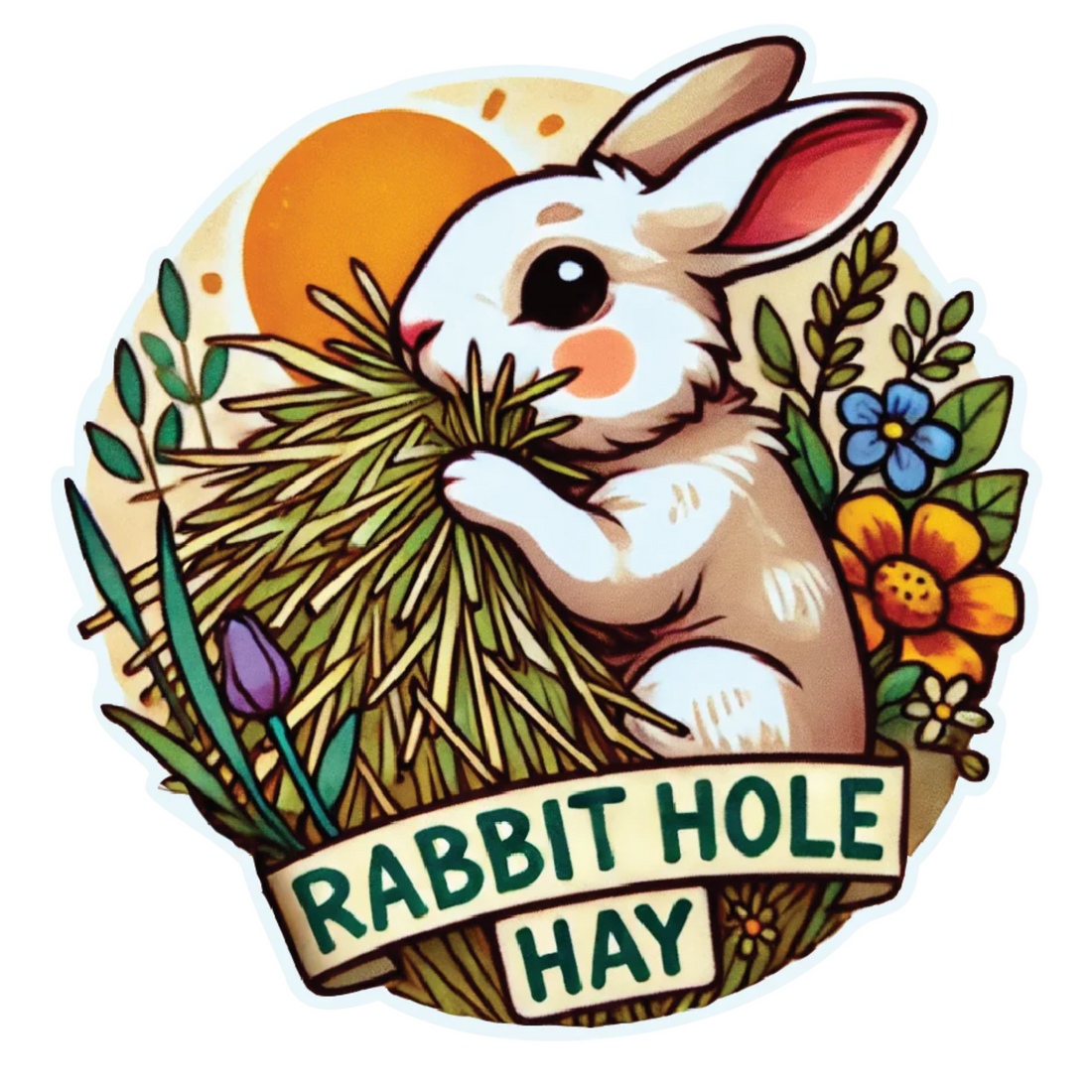
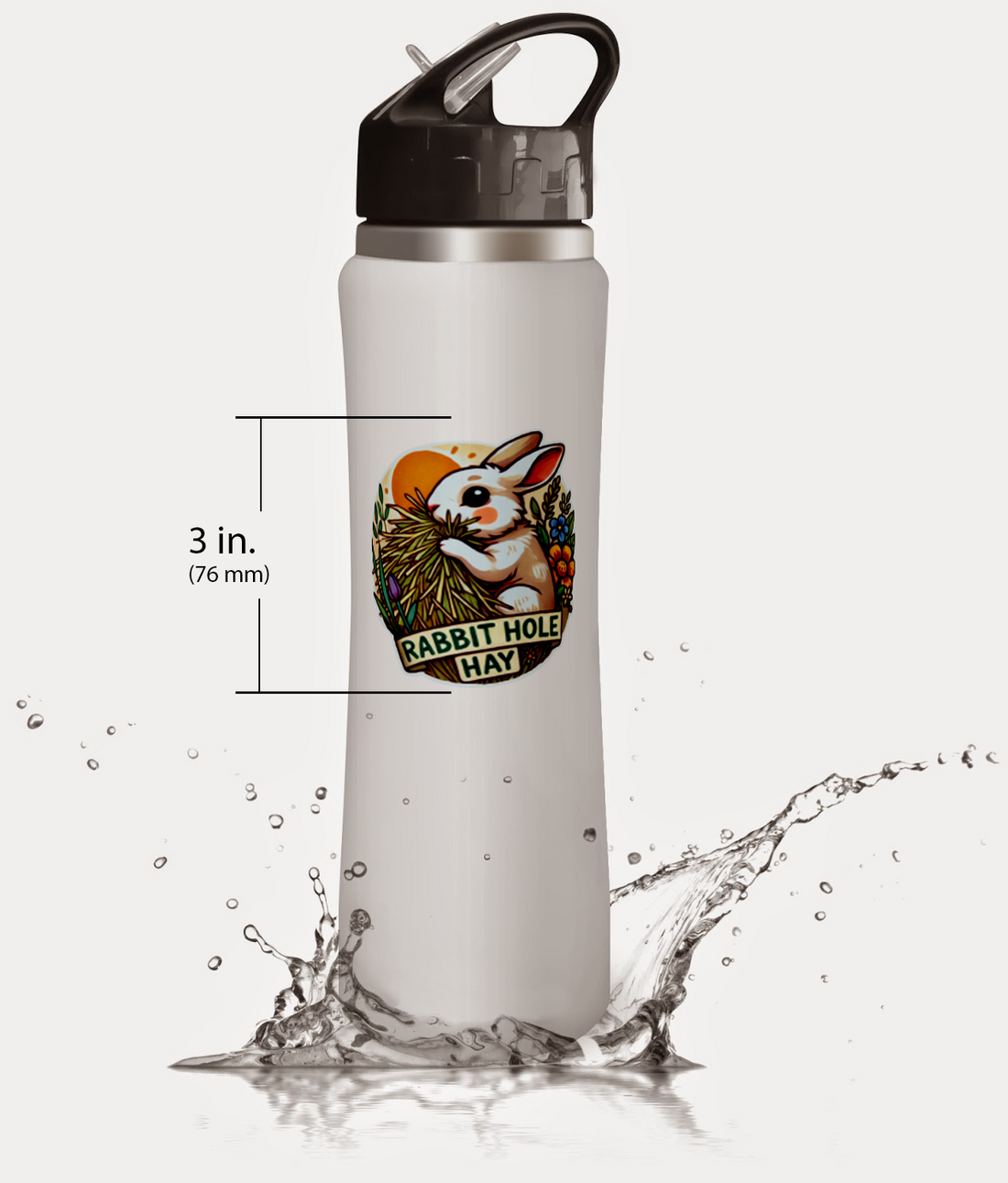
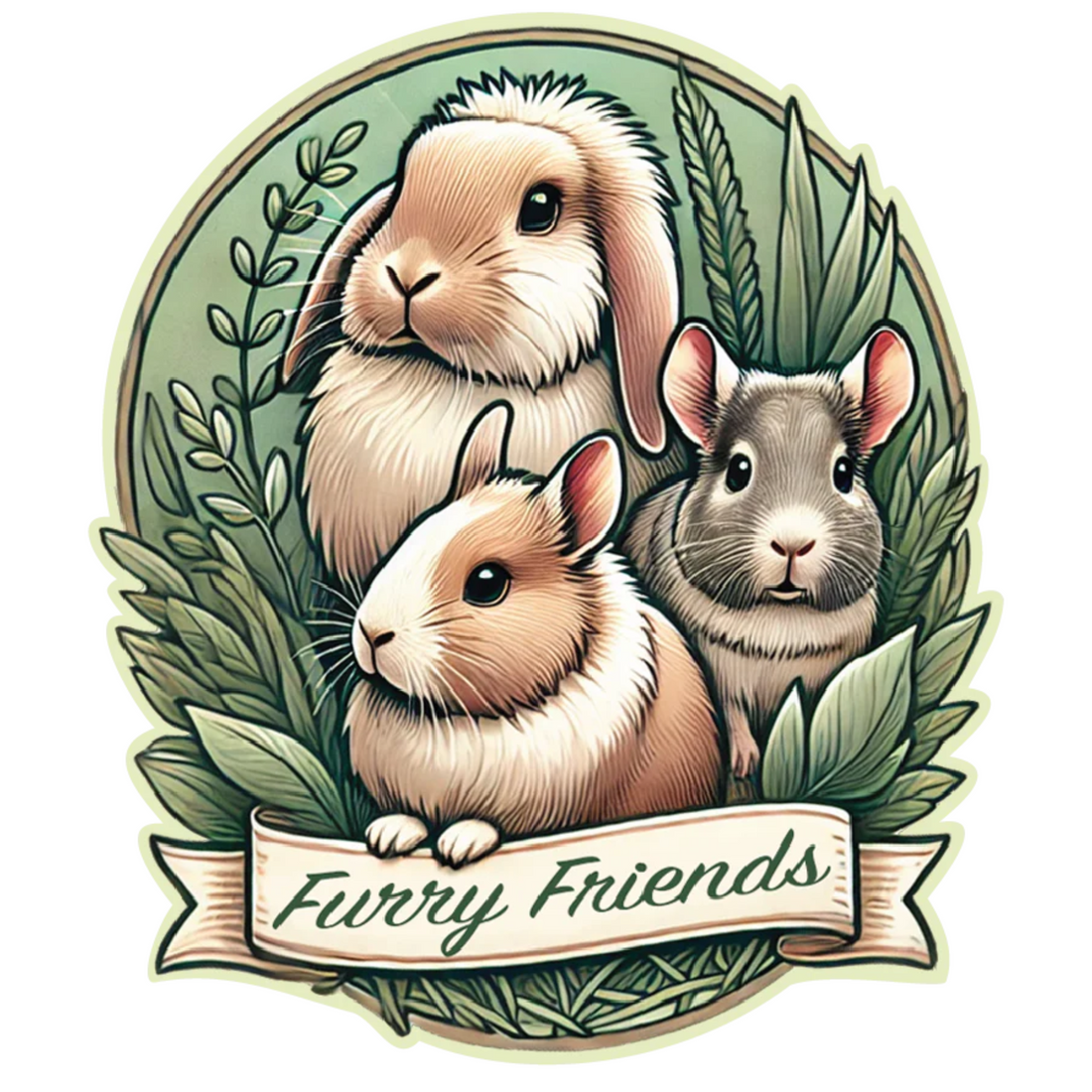
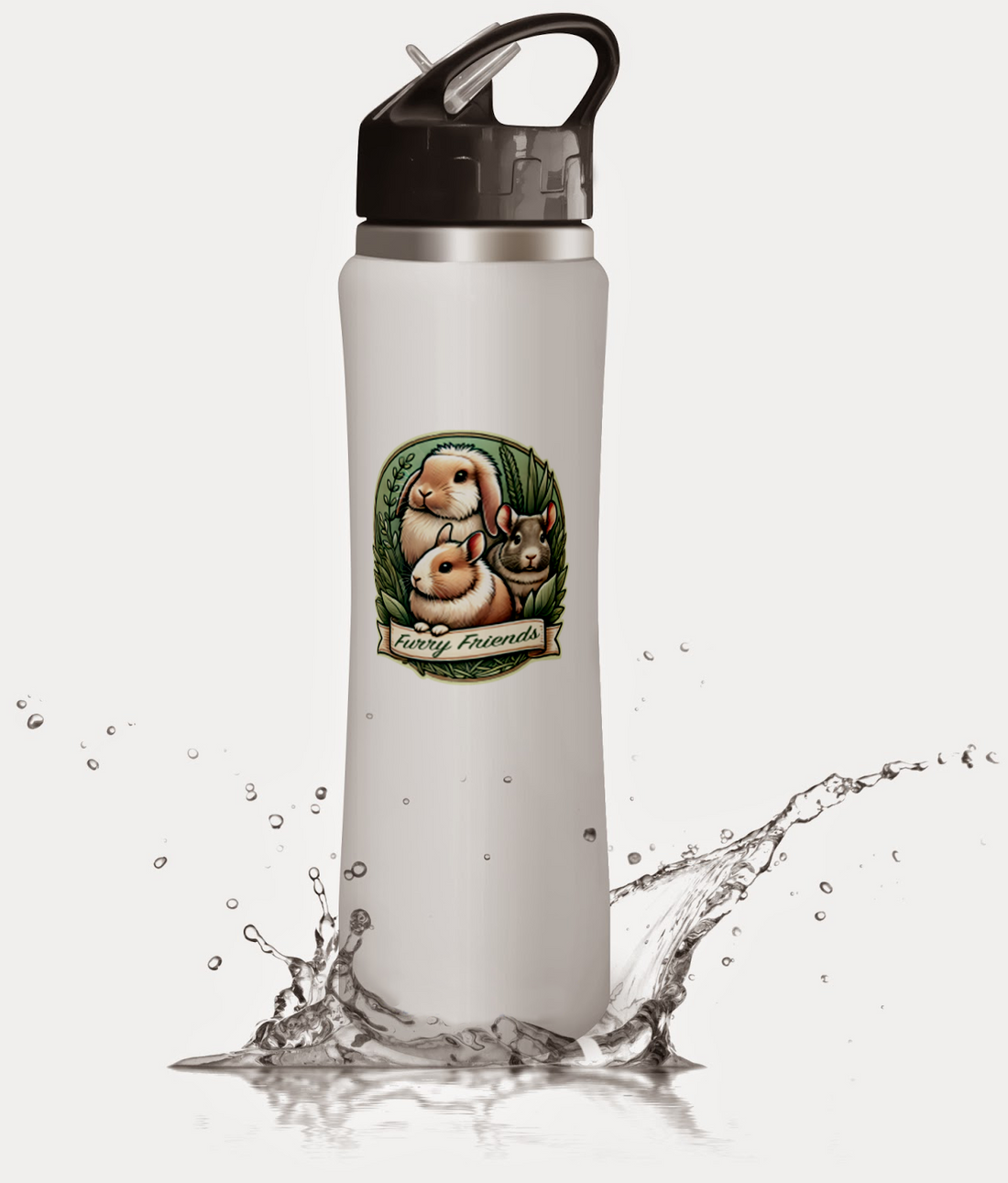
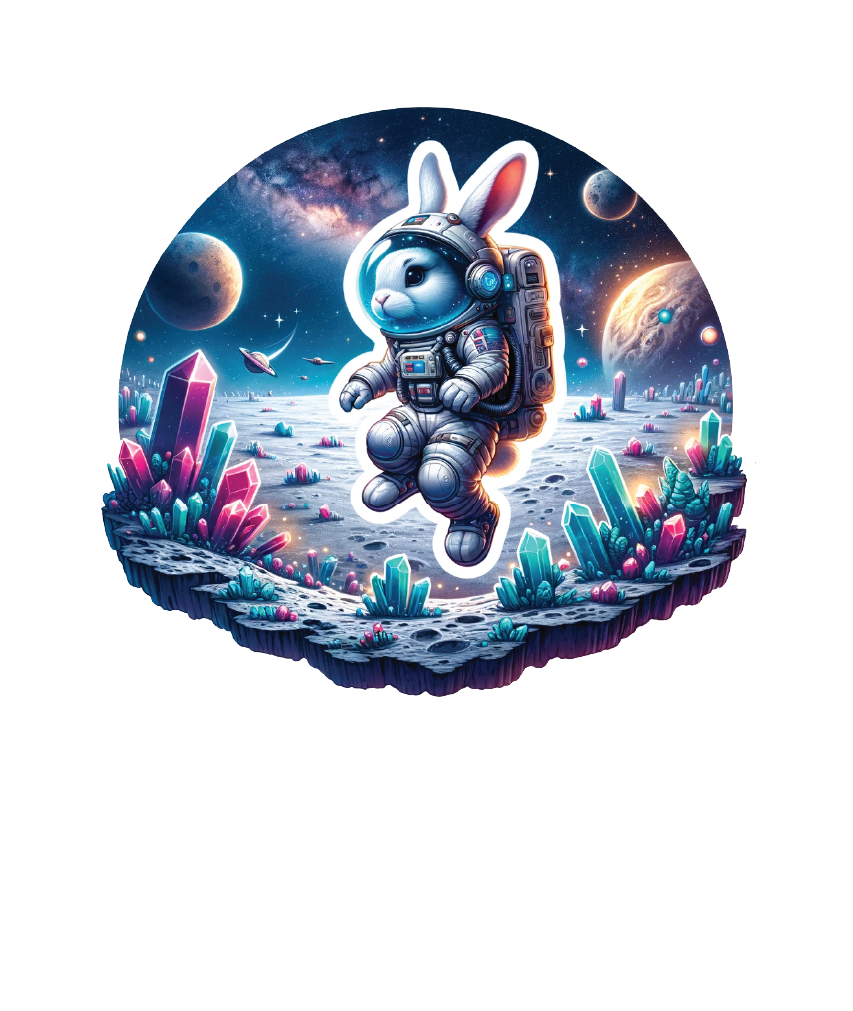
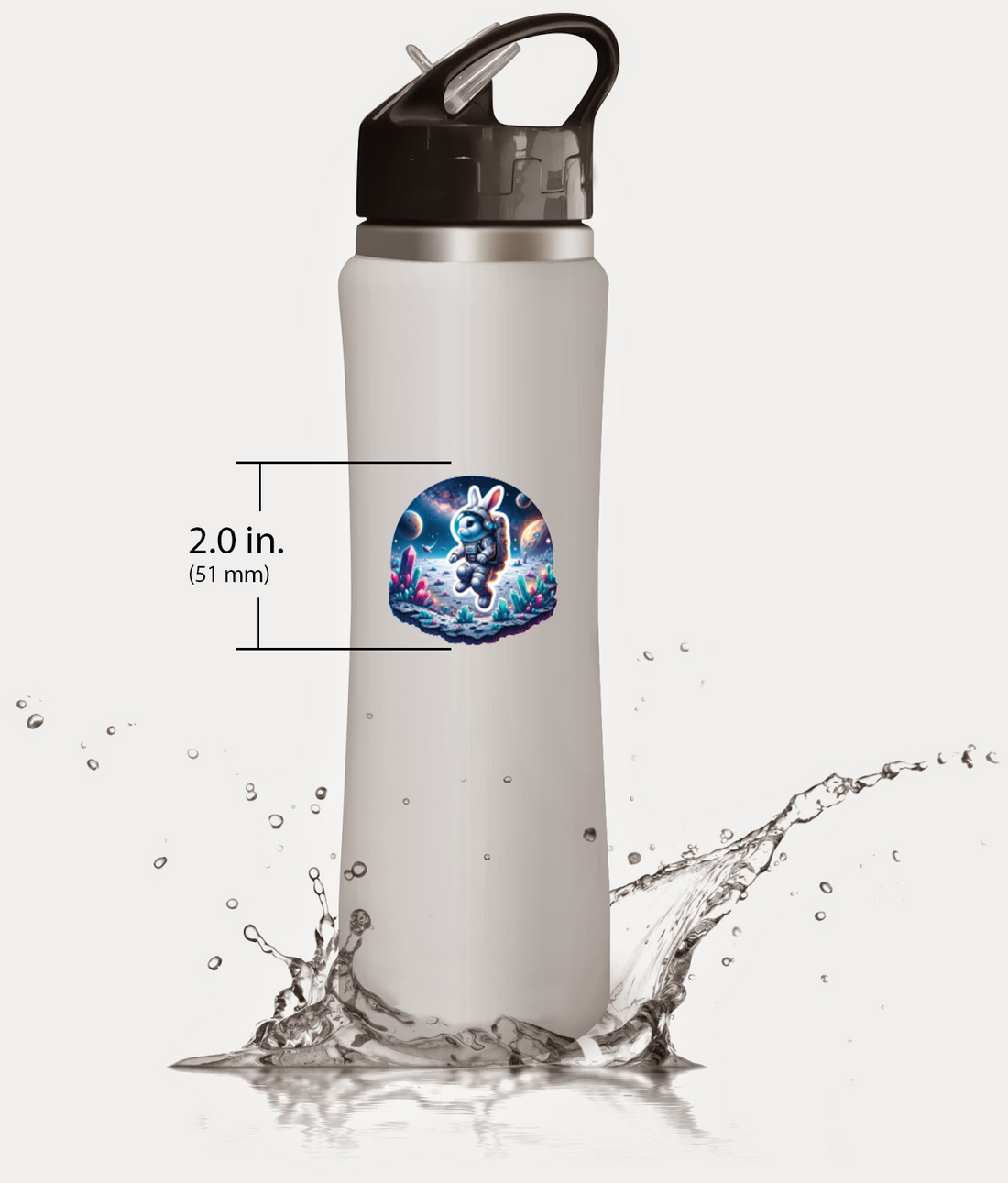



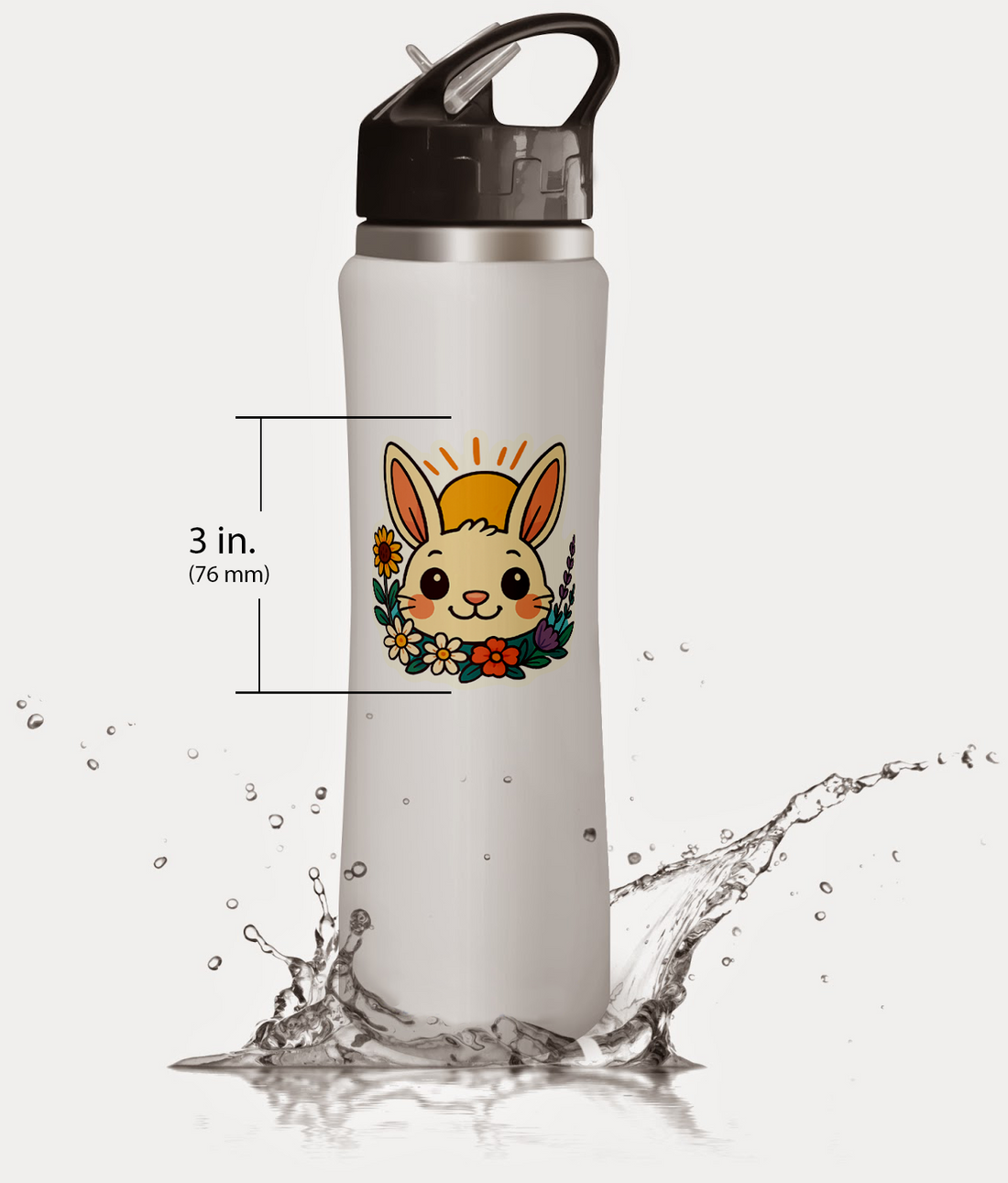


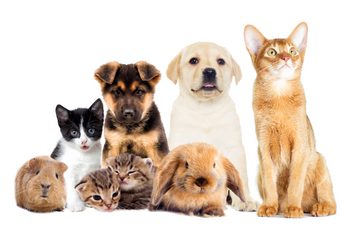




Comments